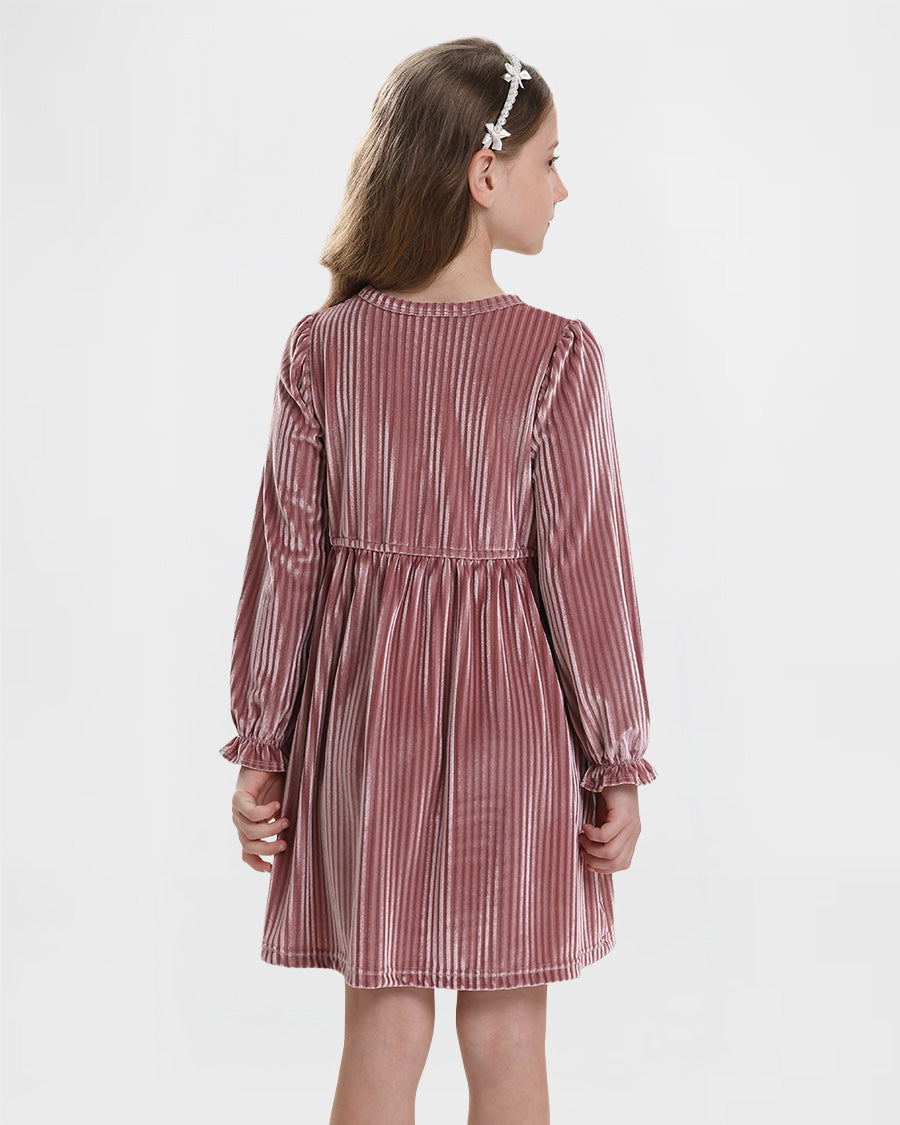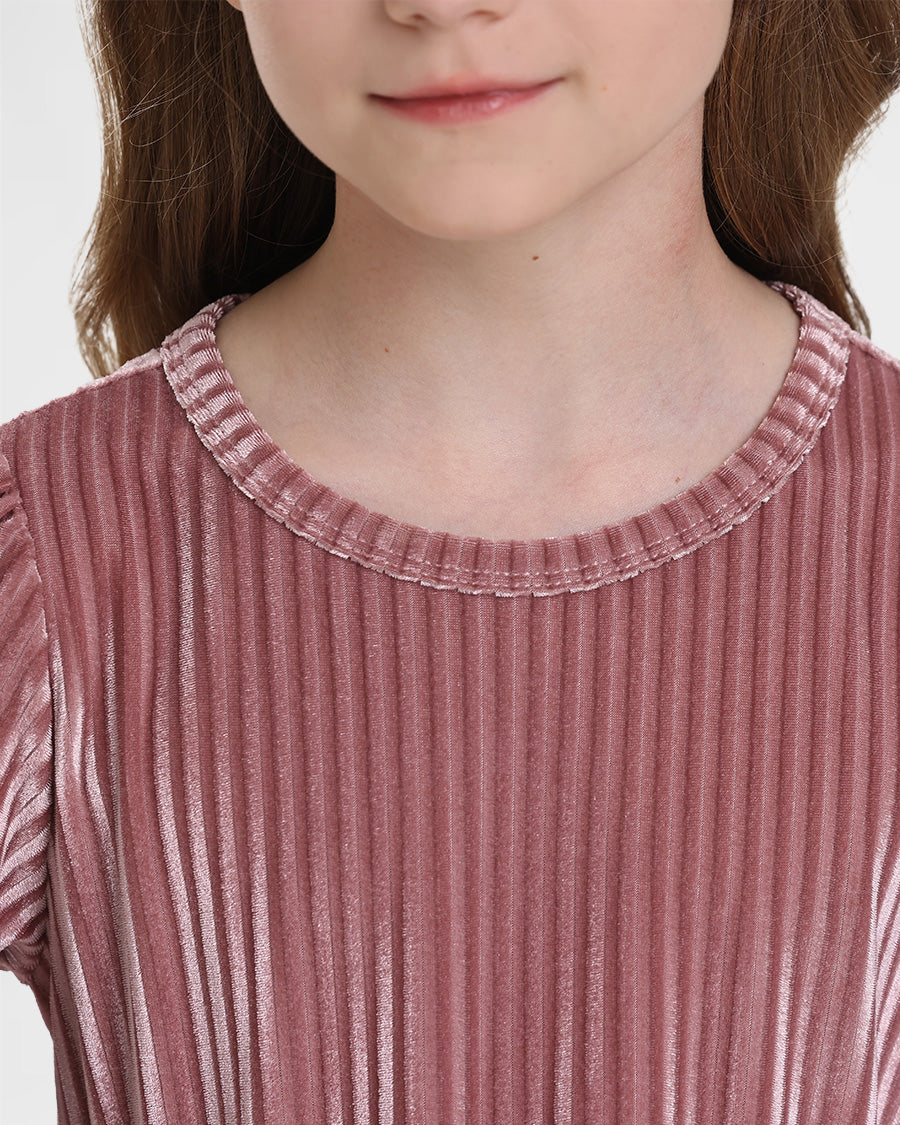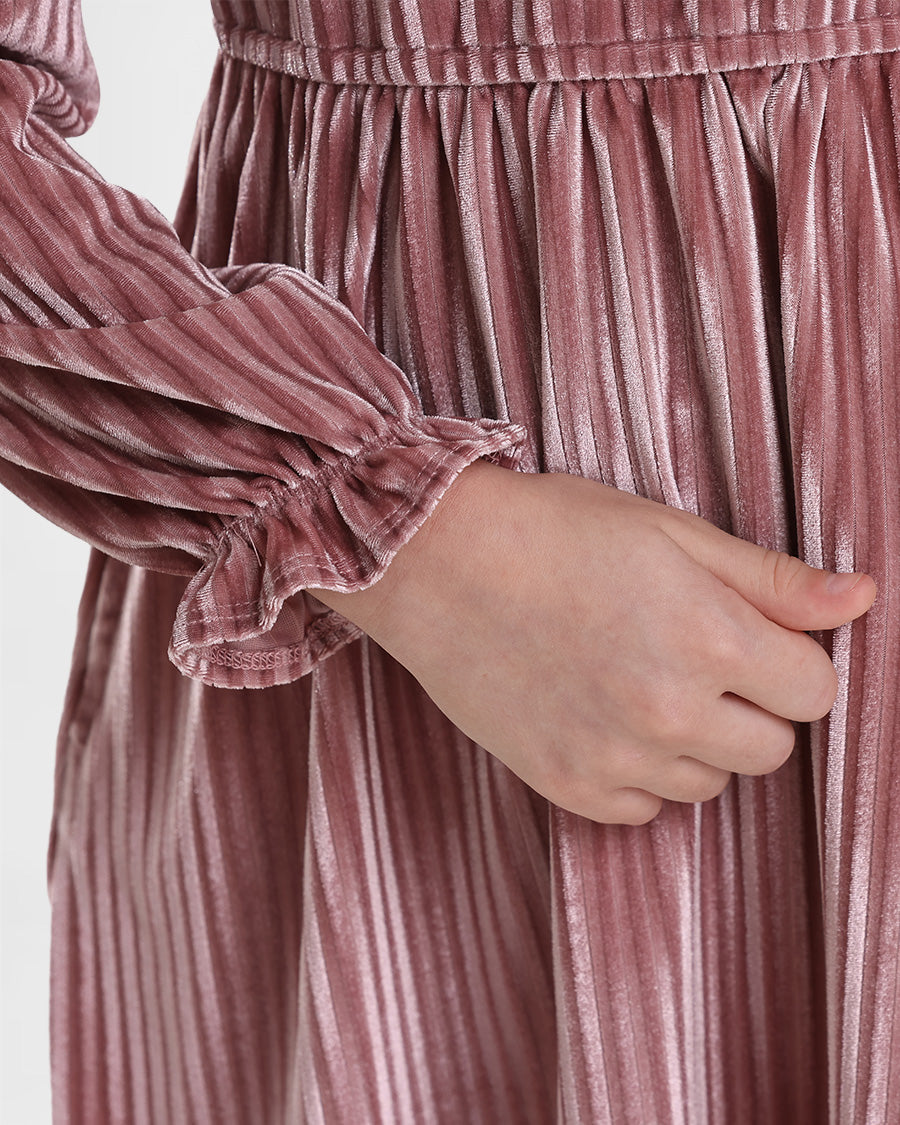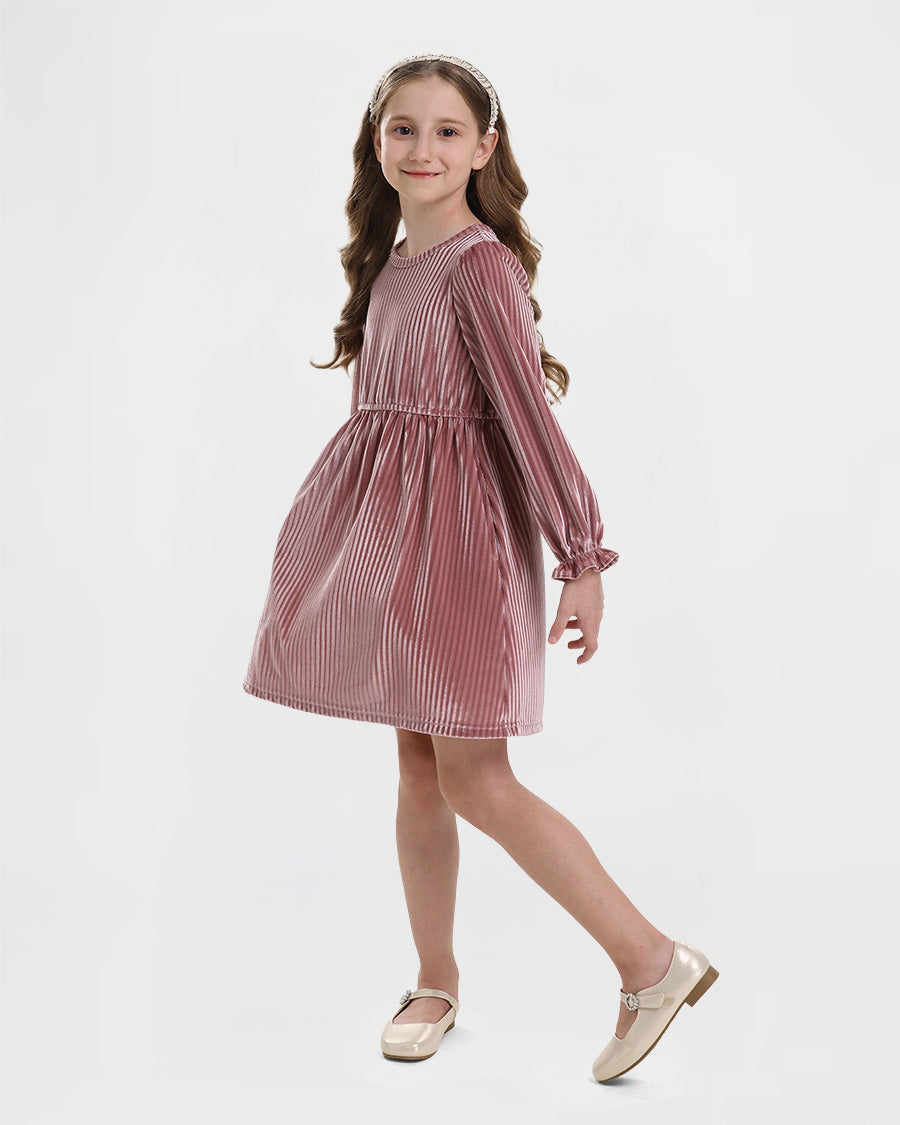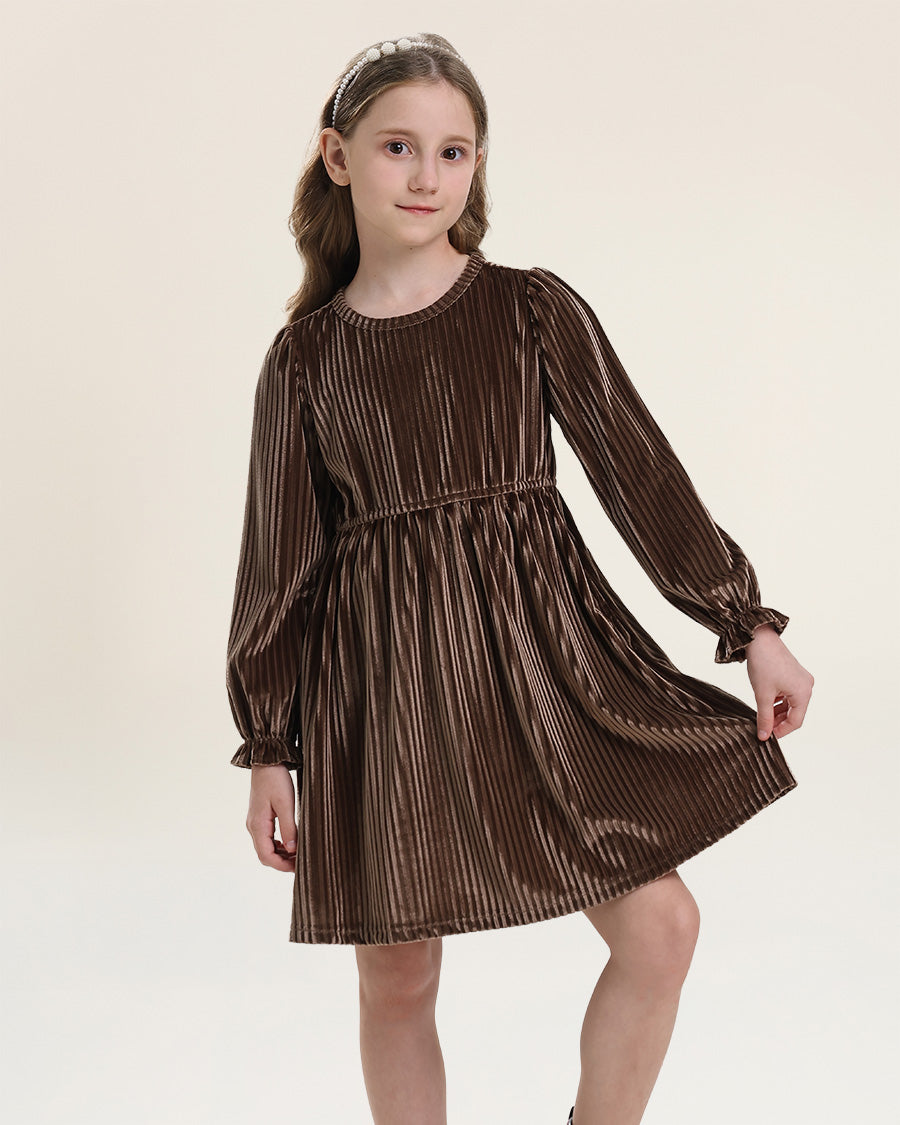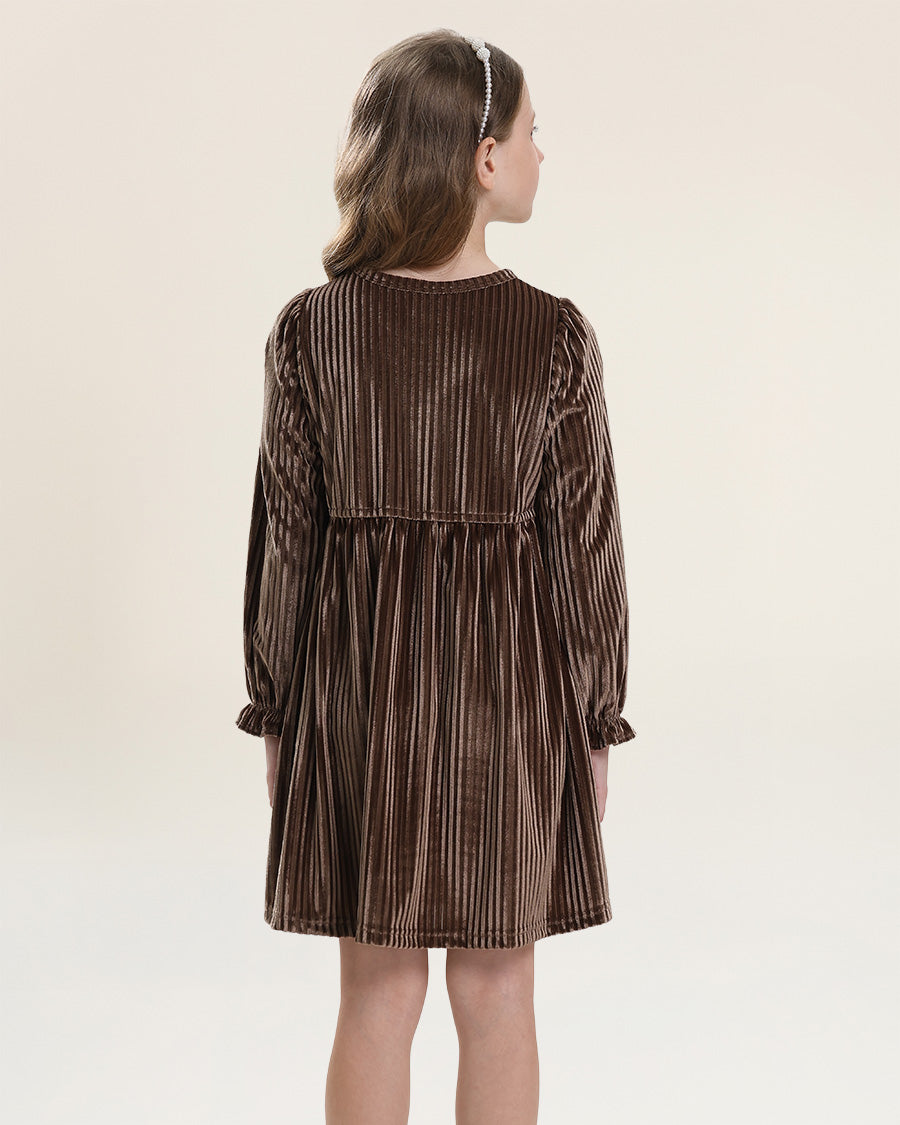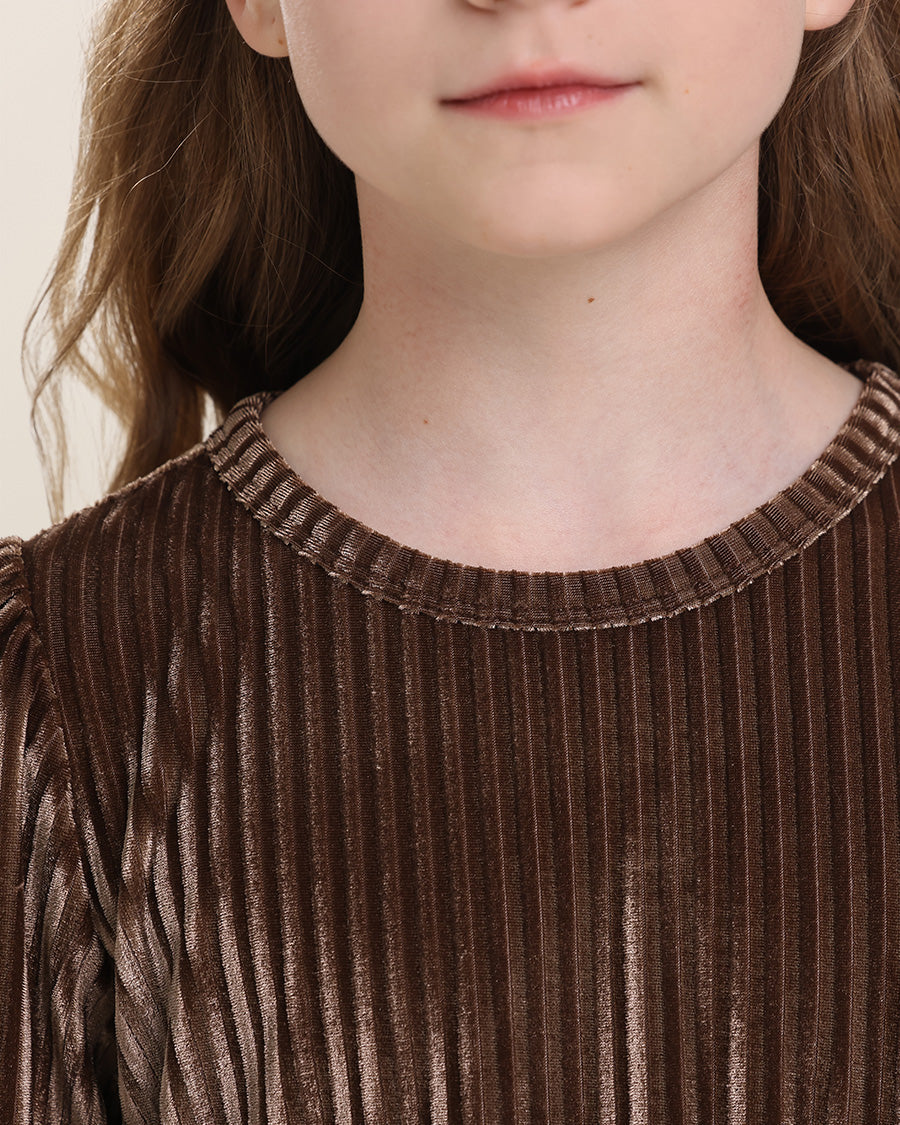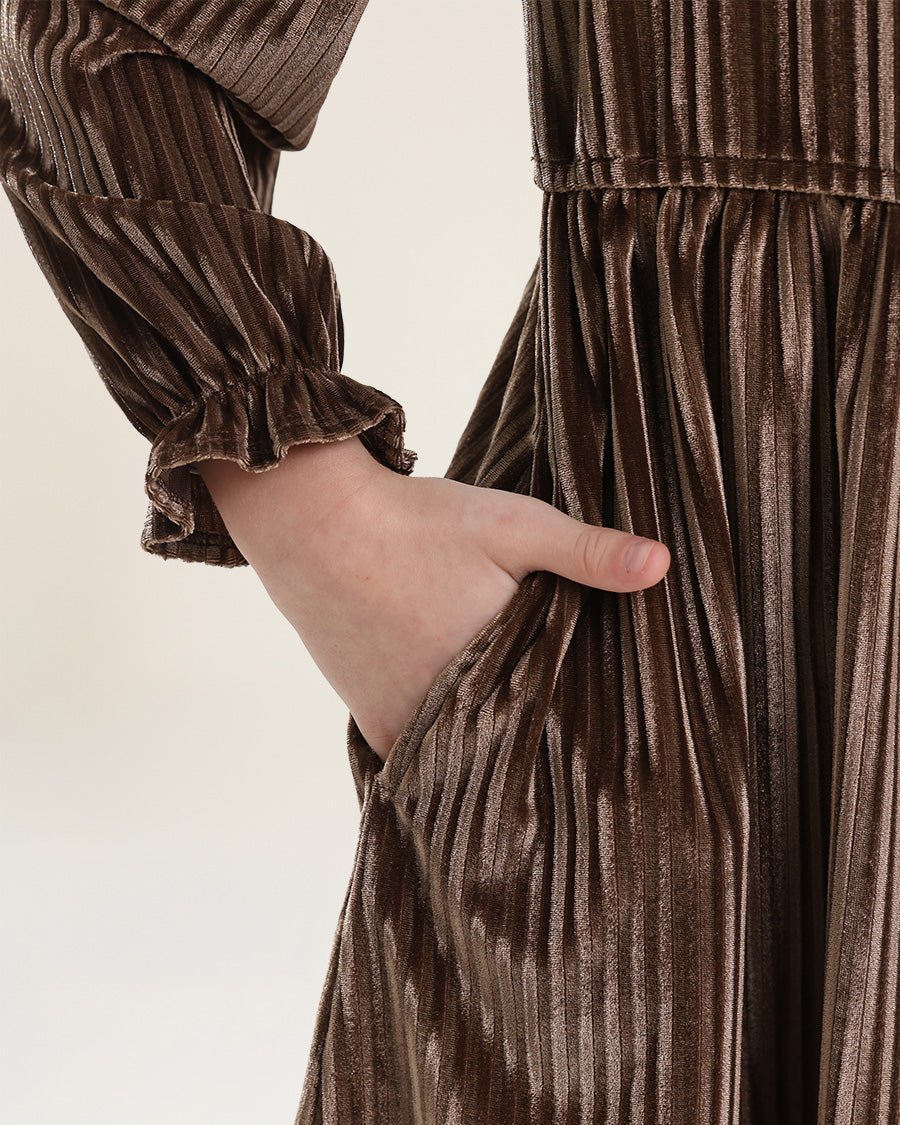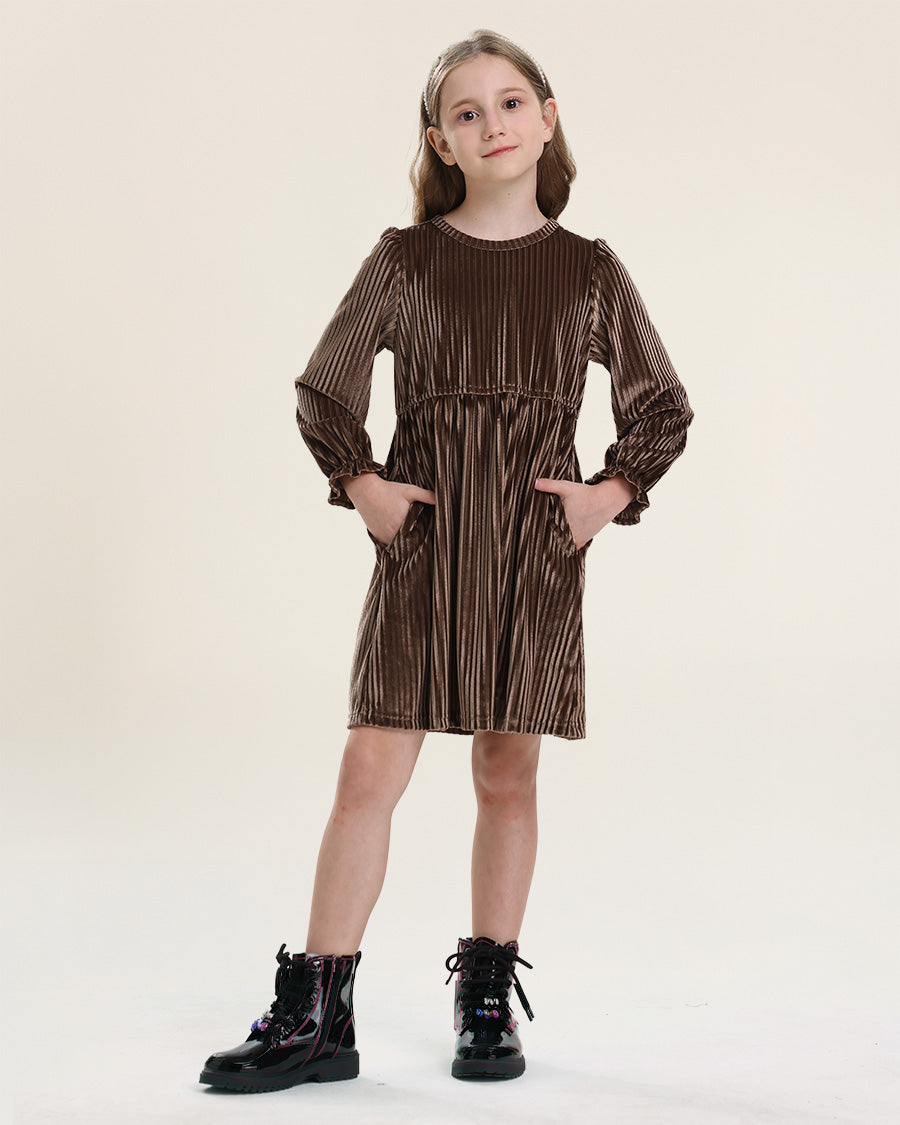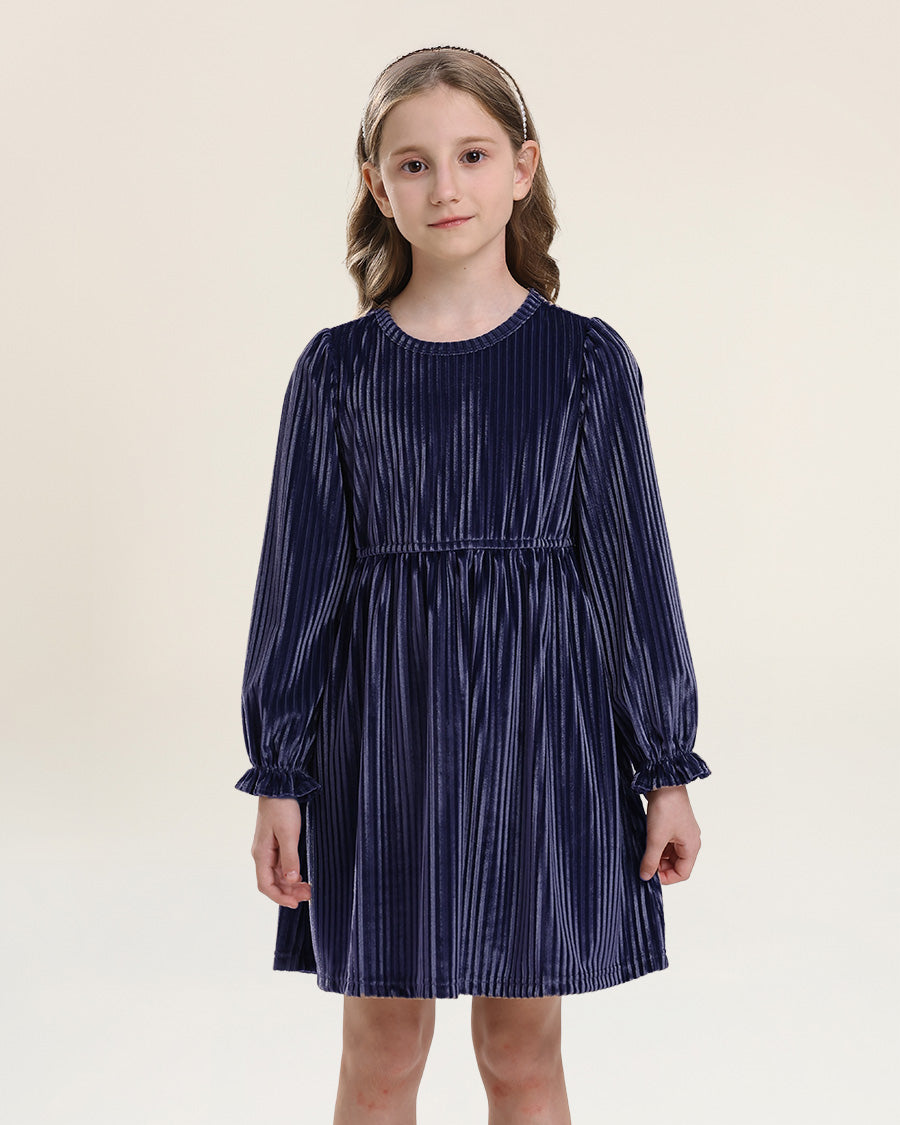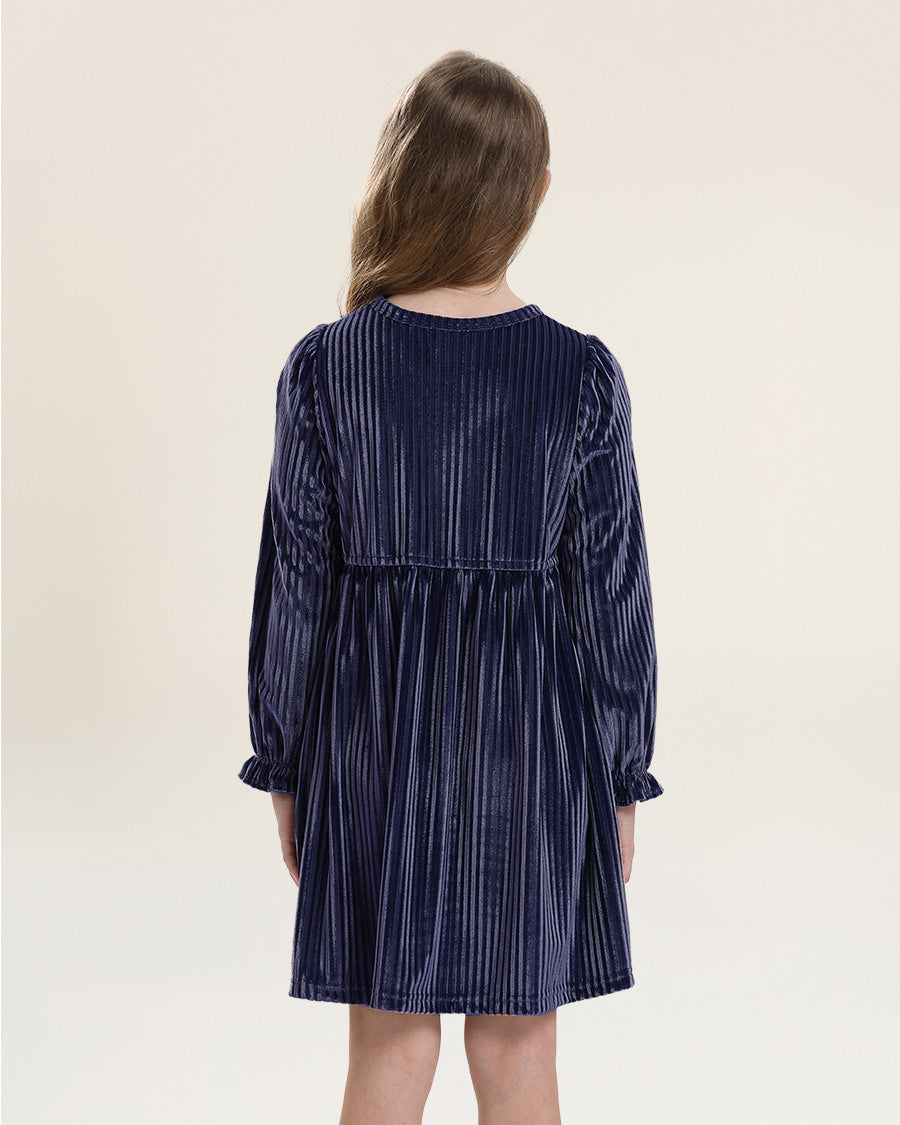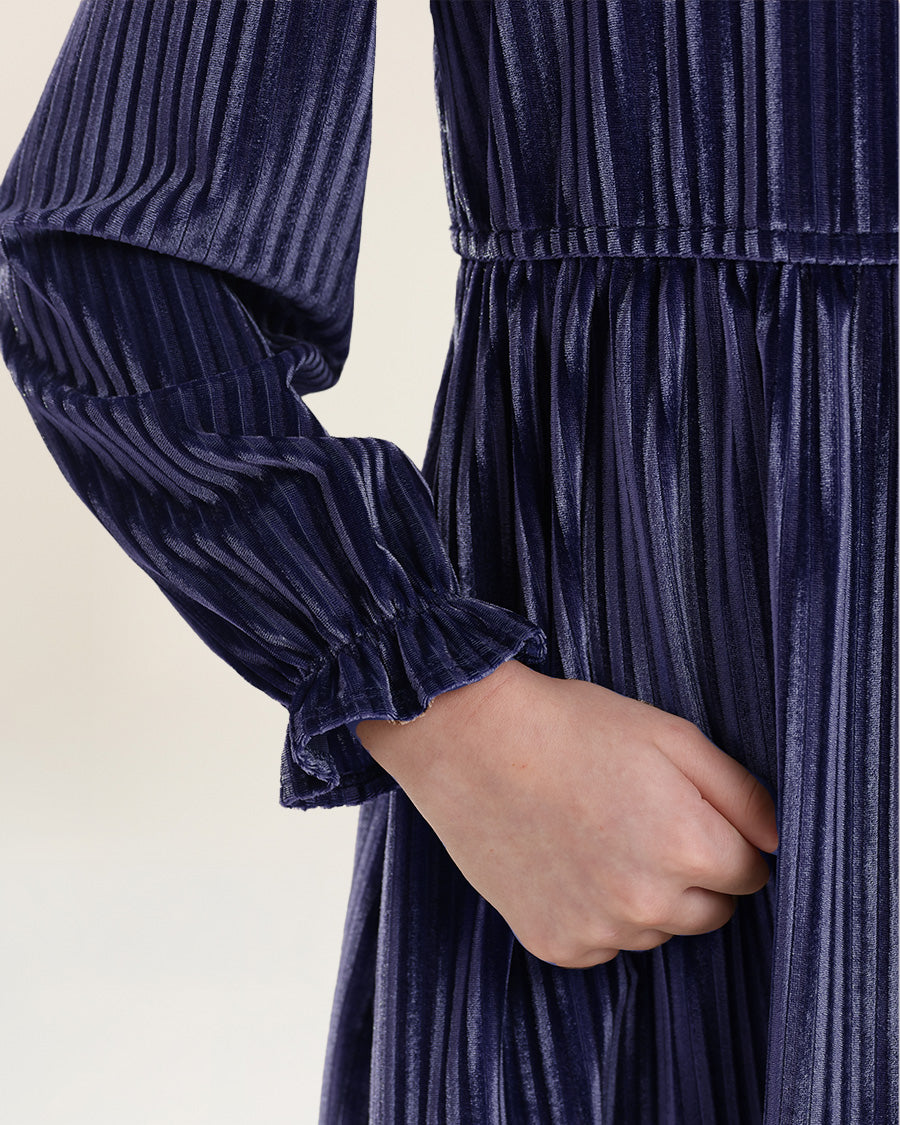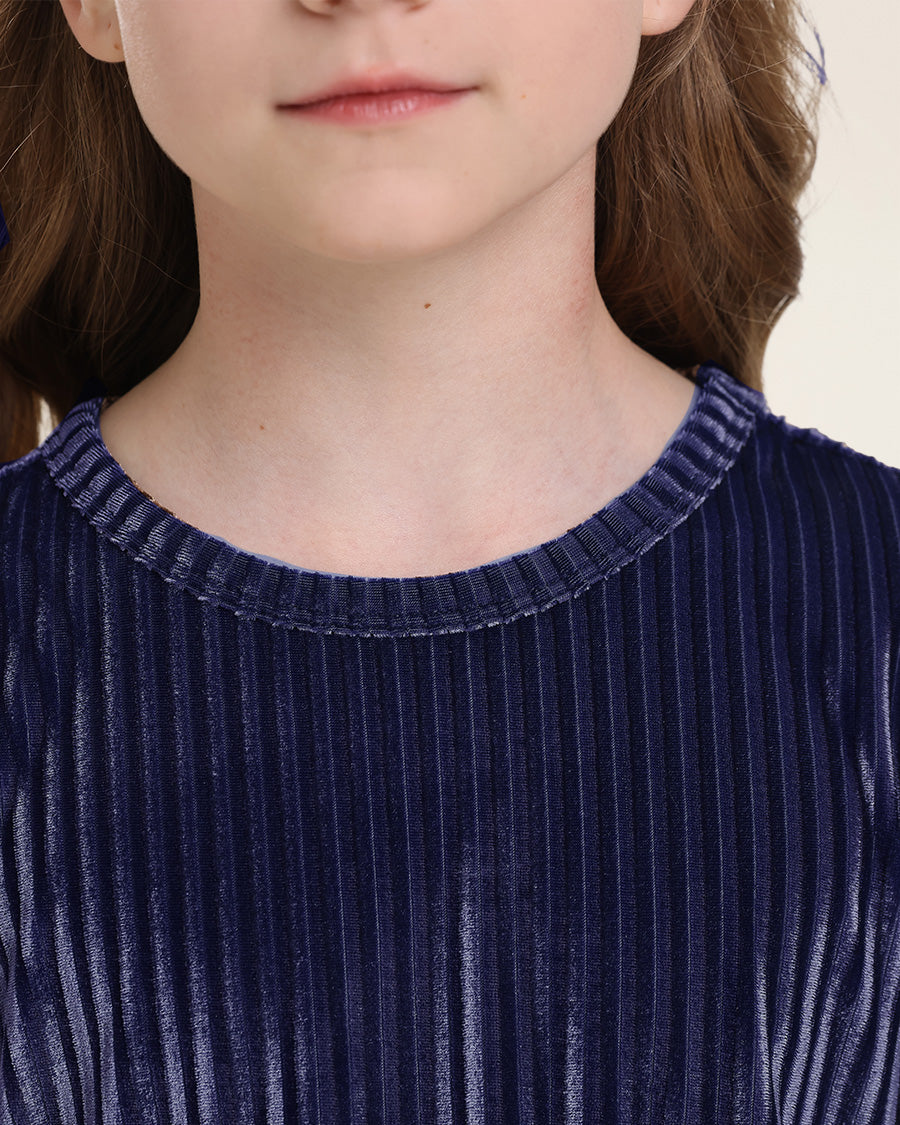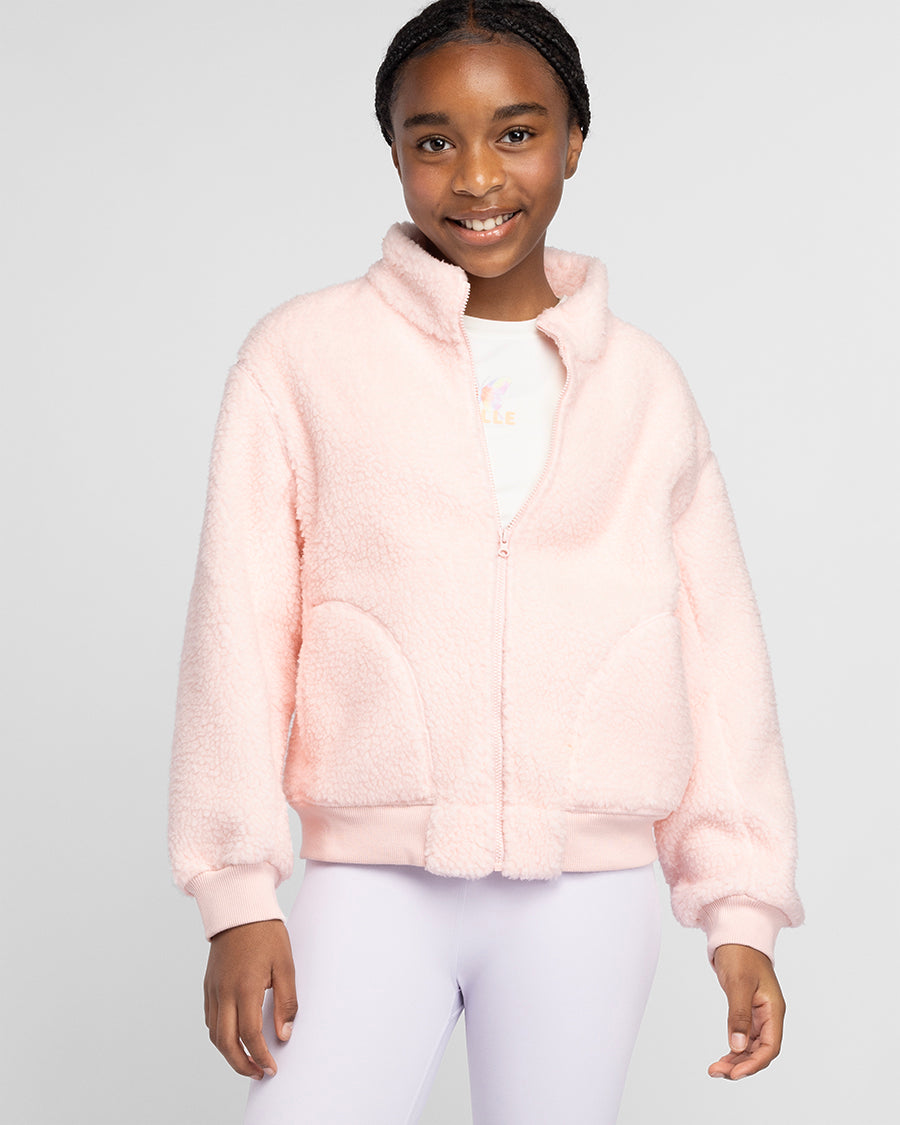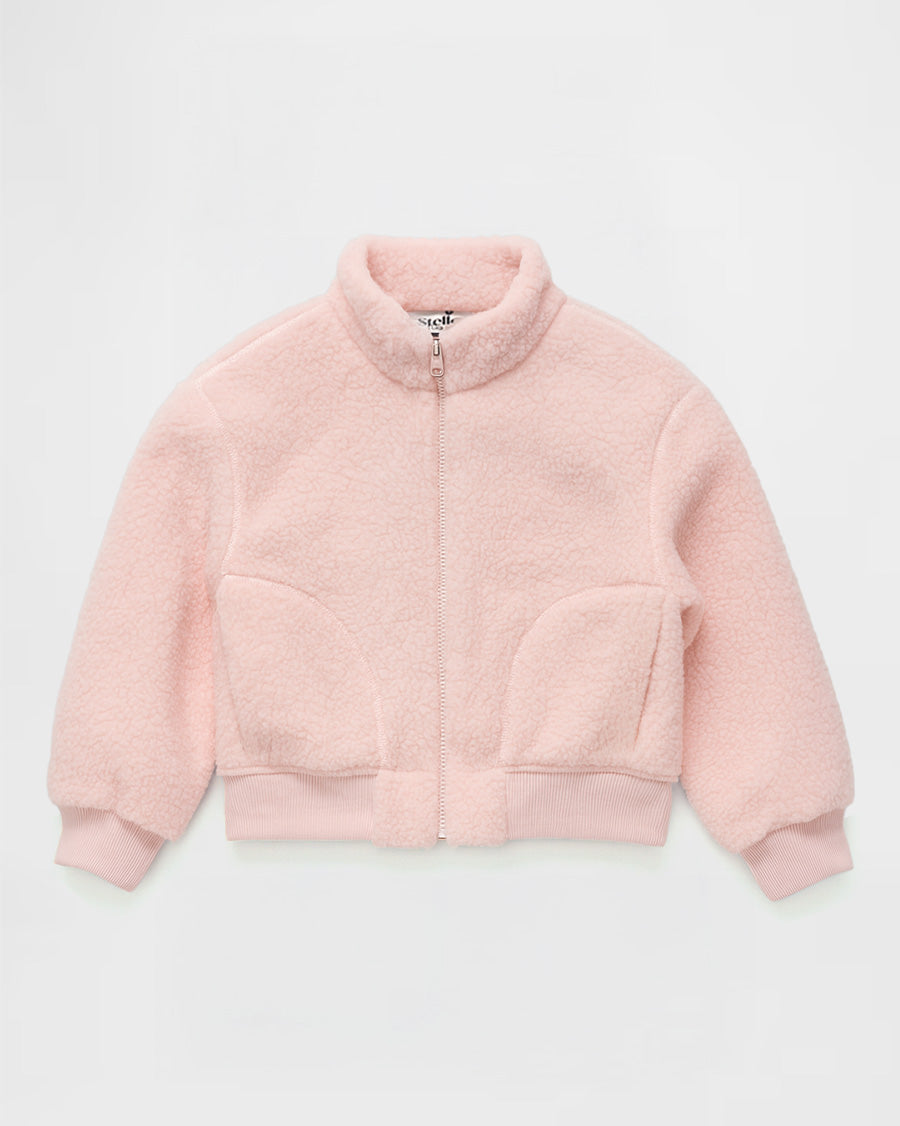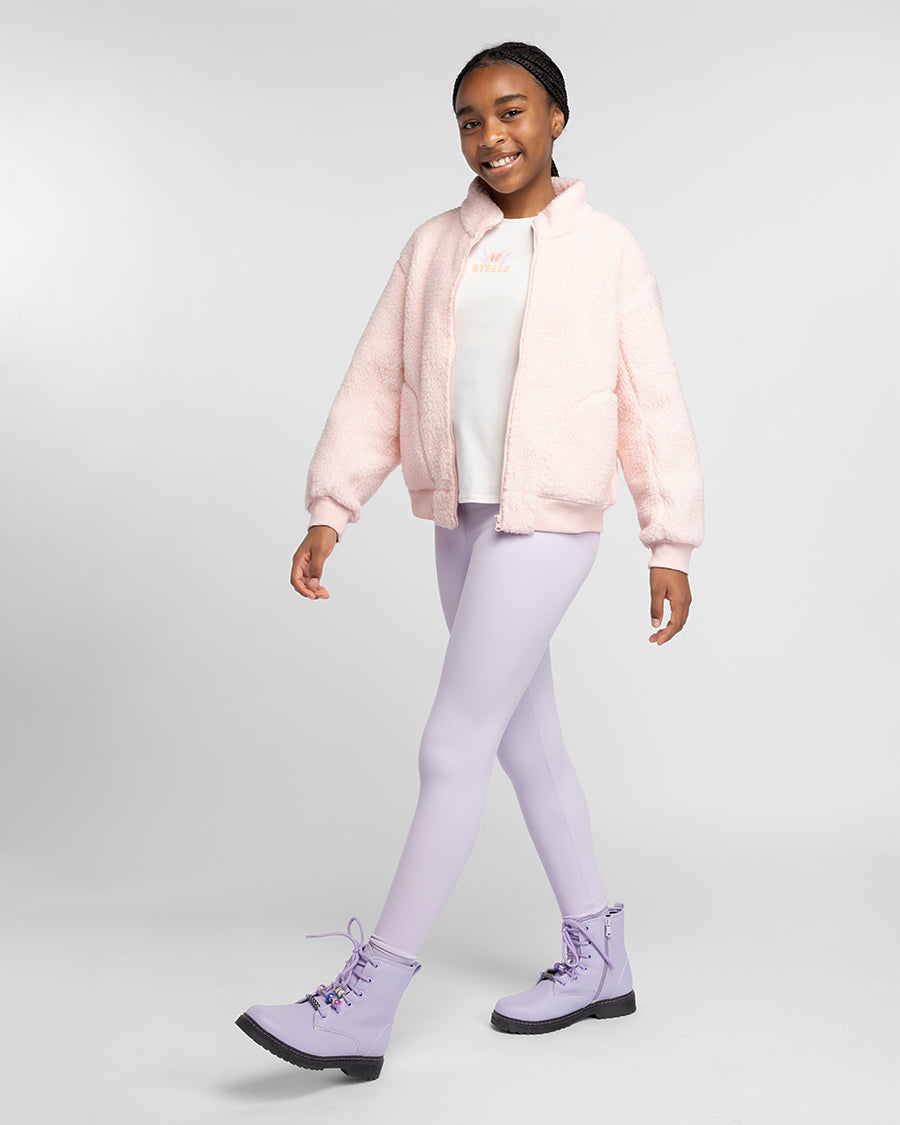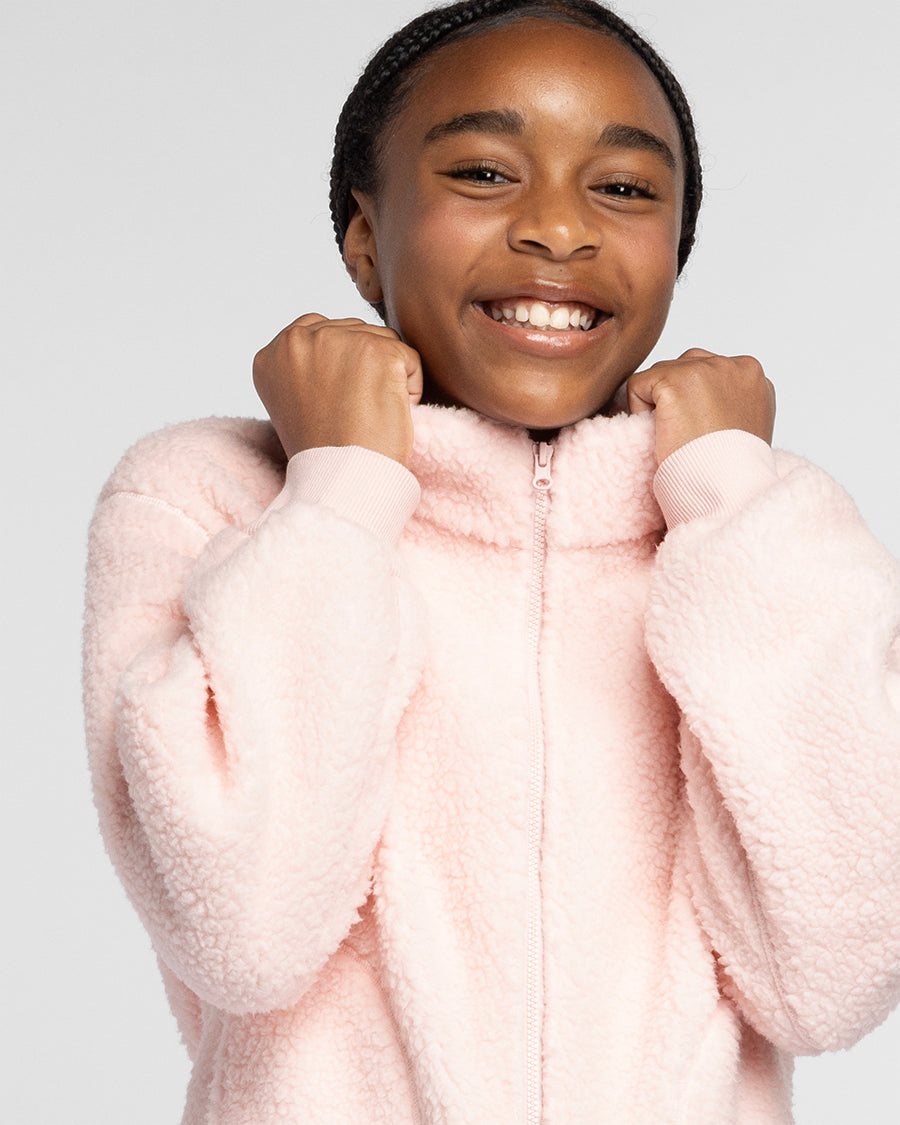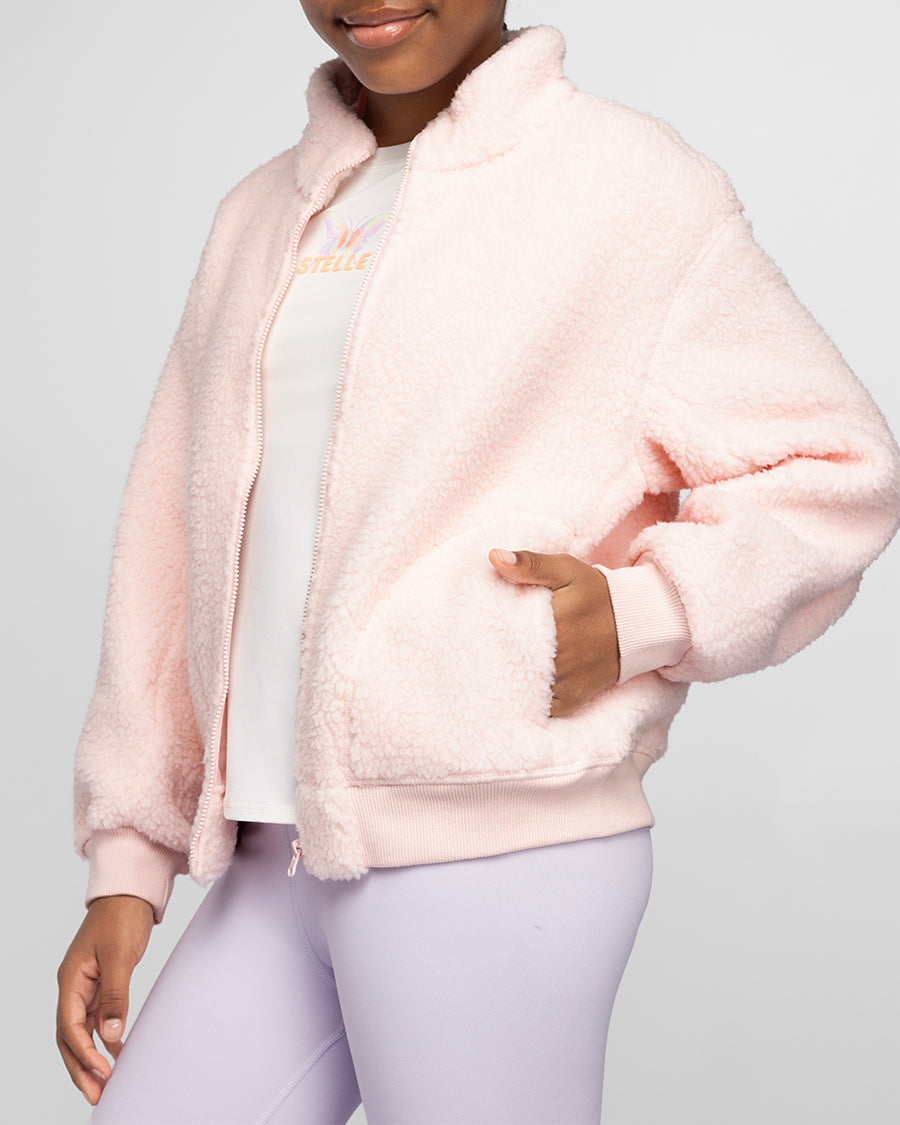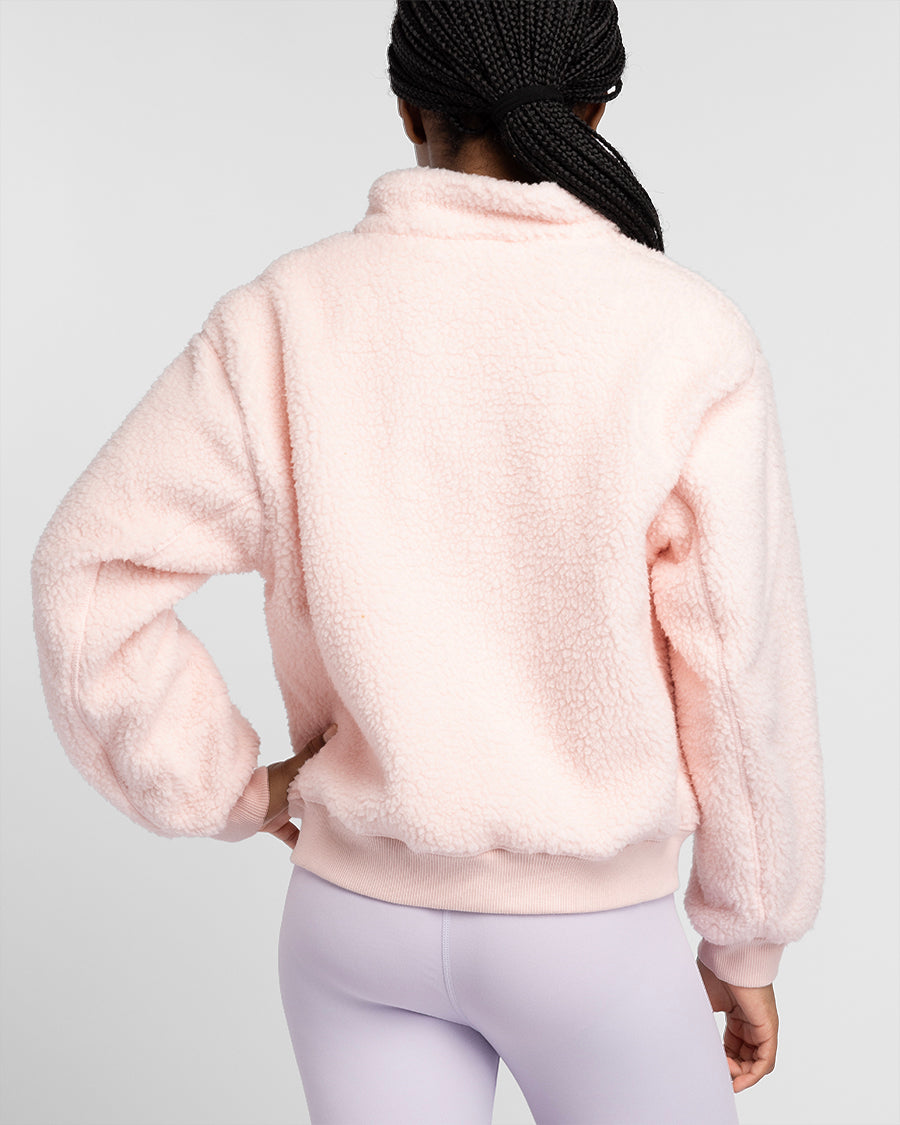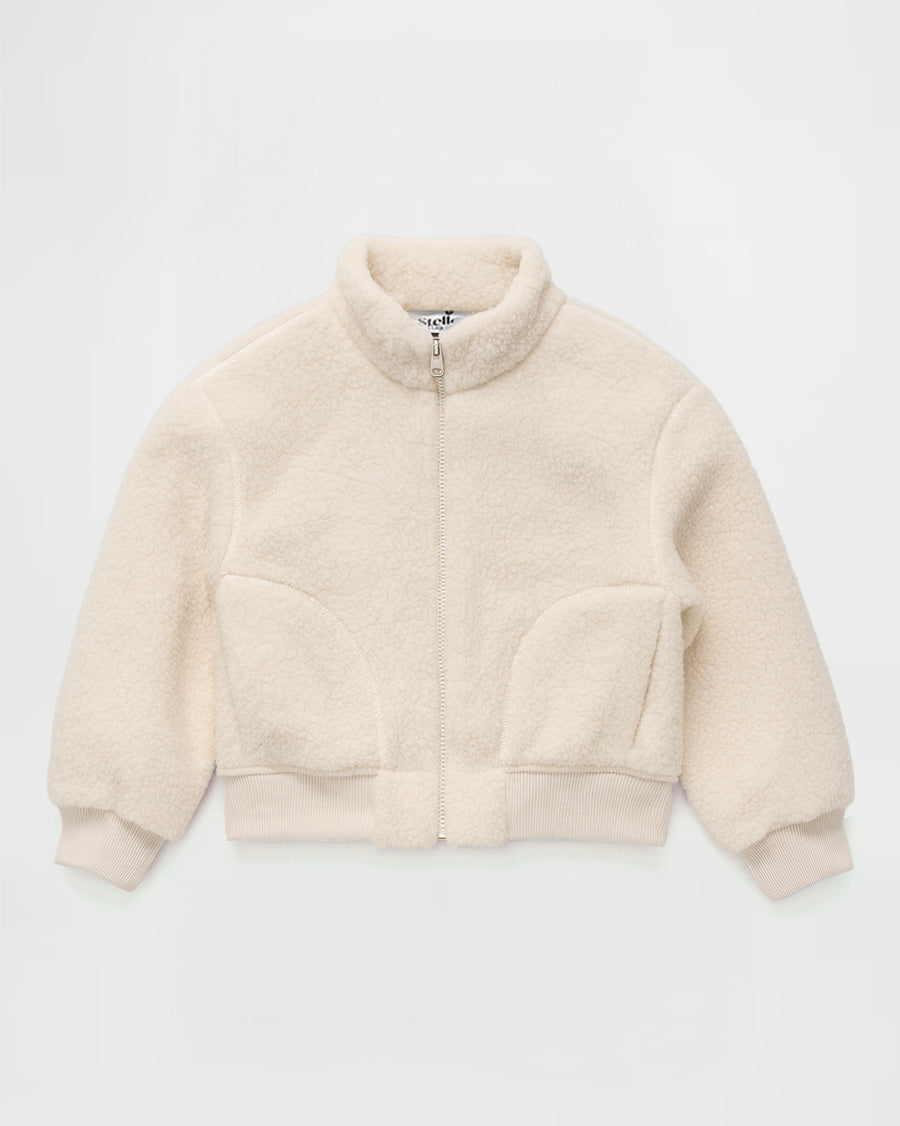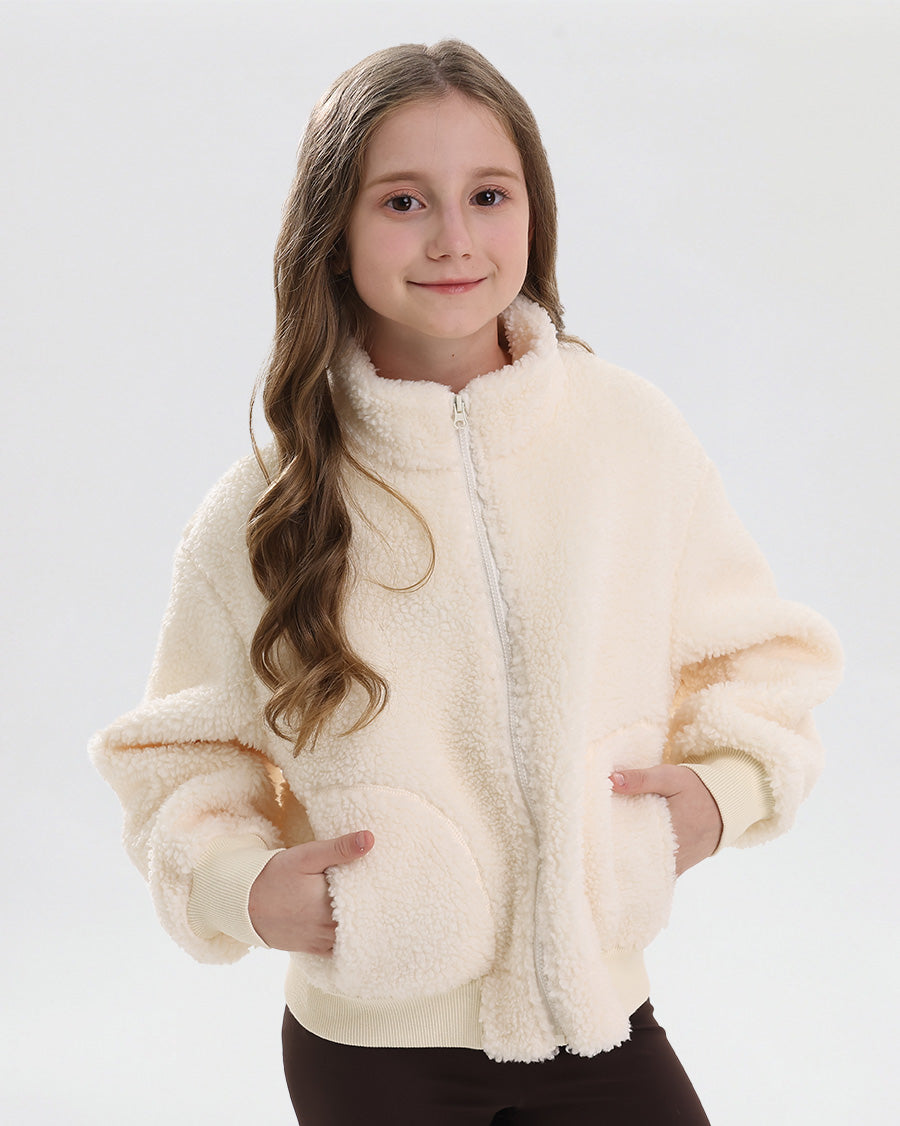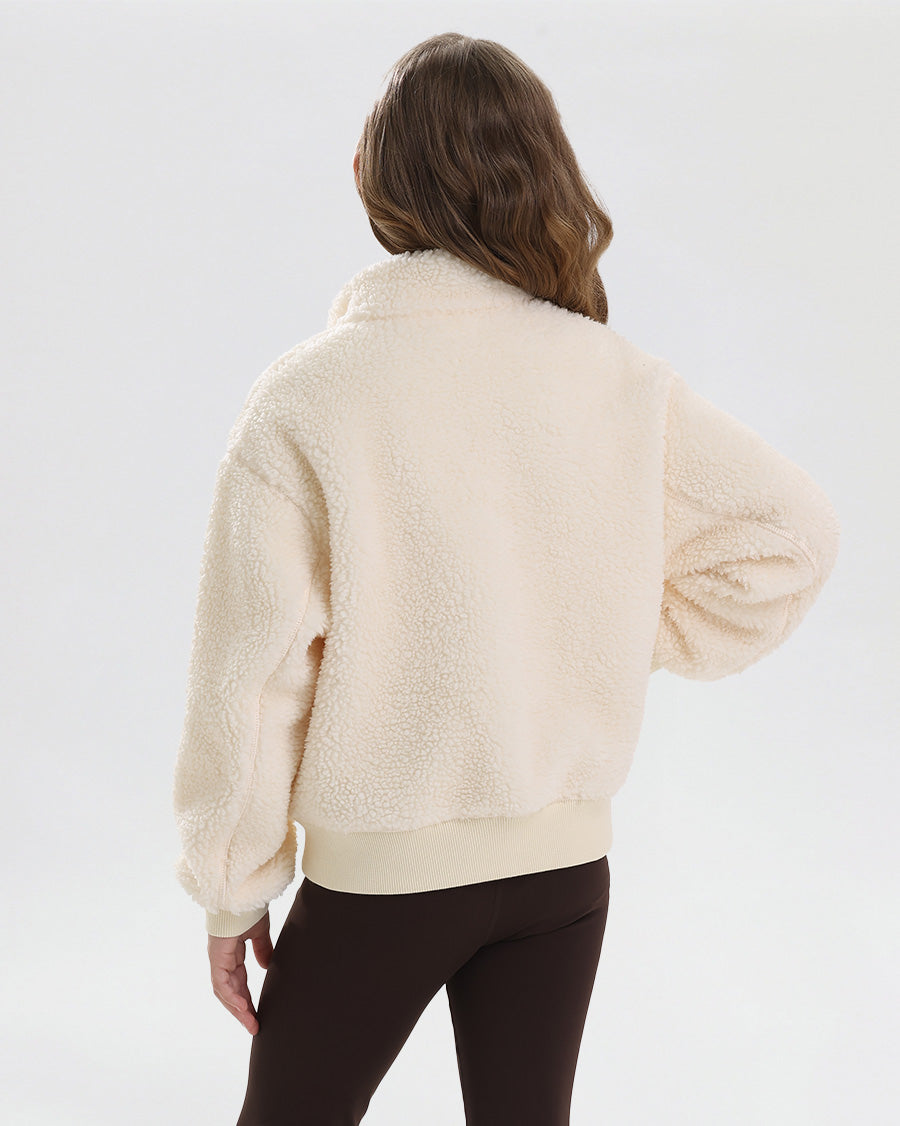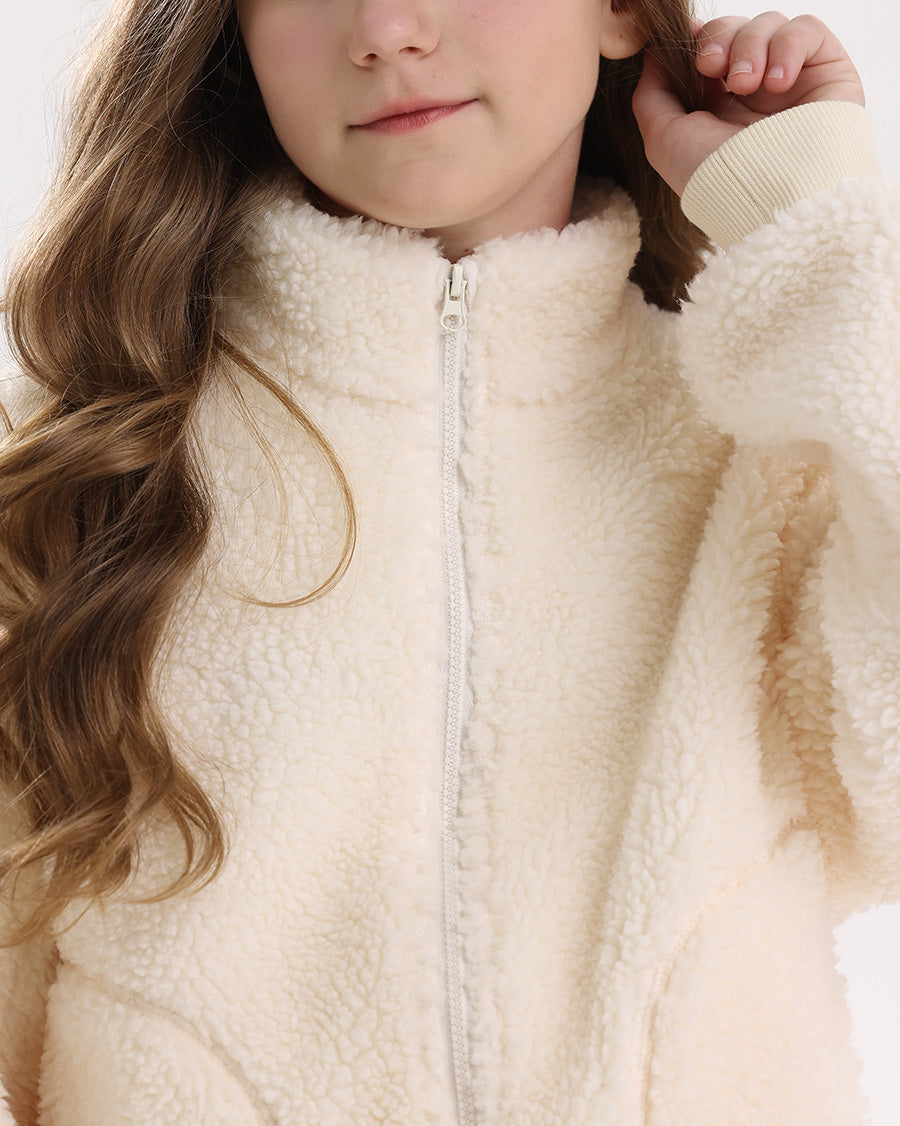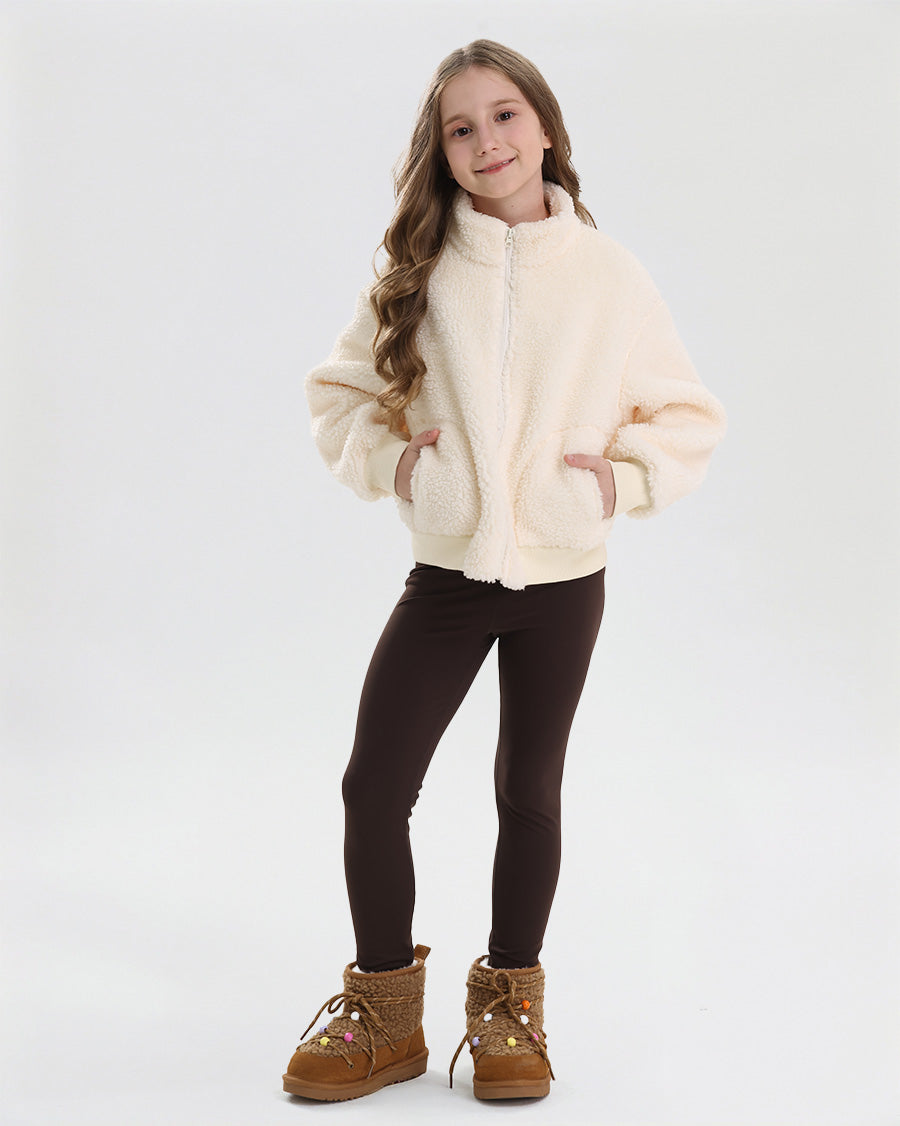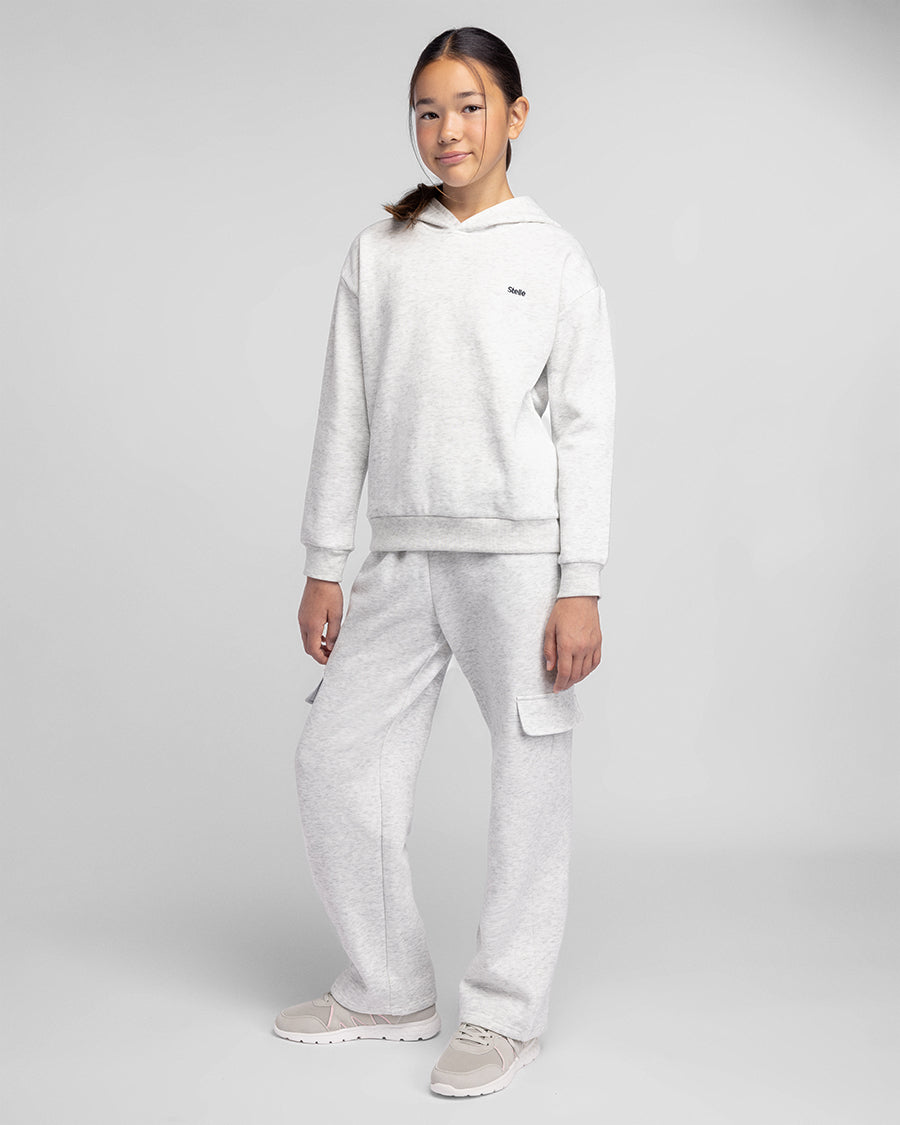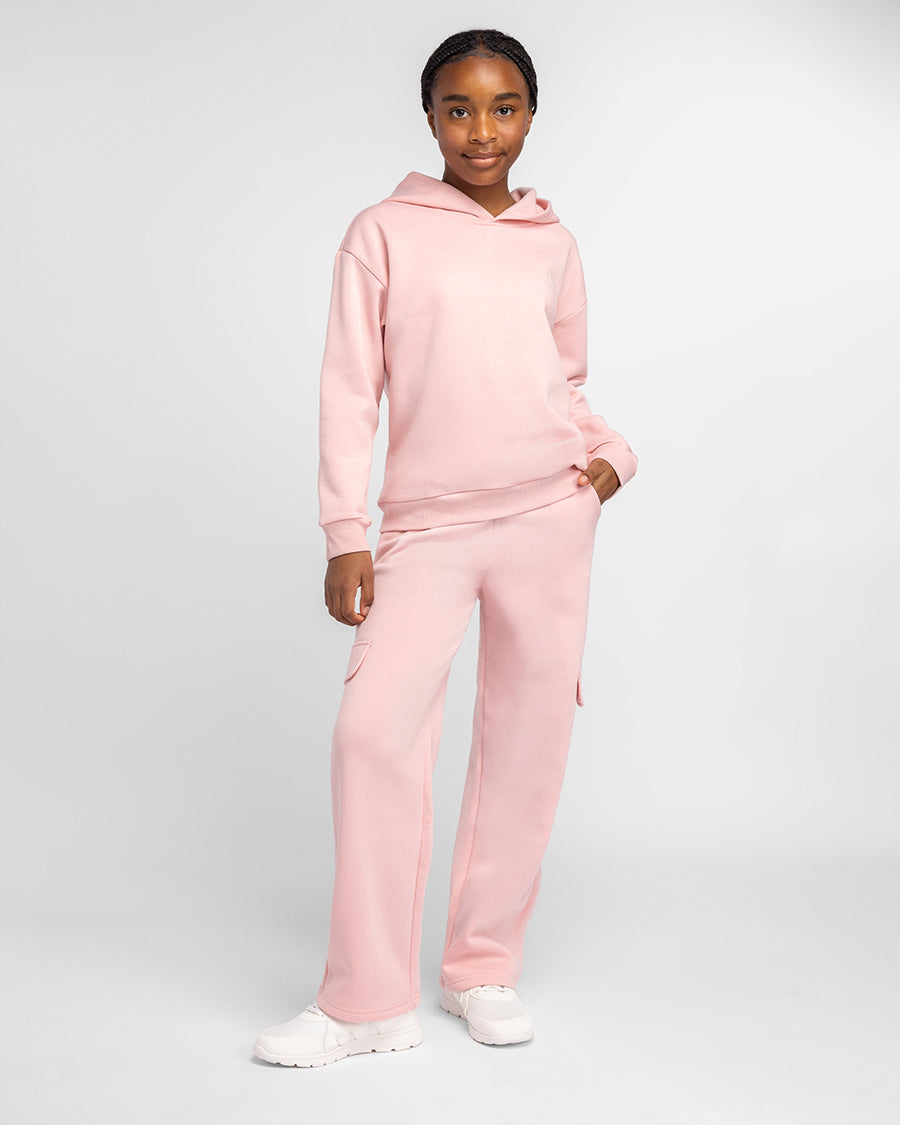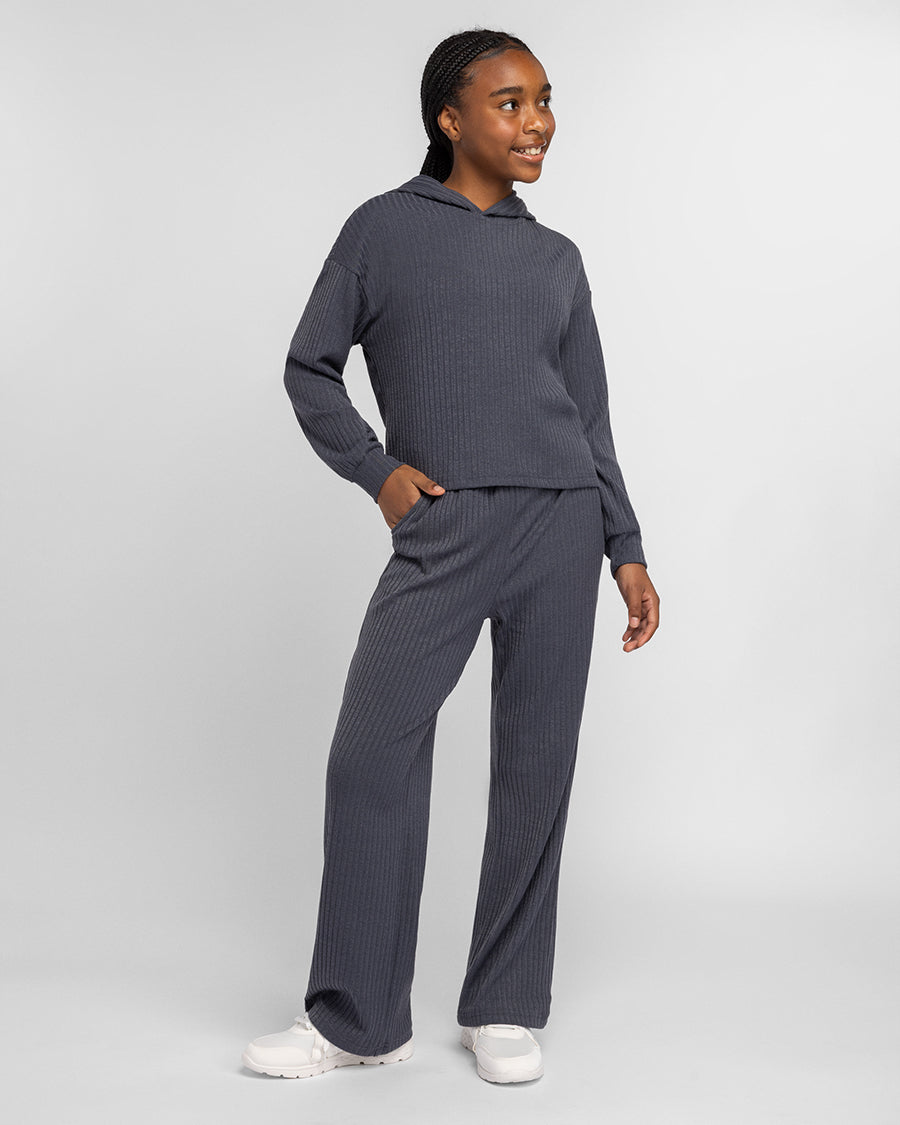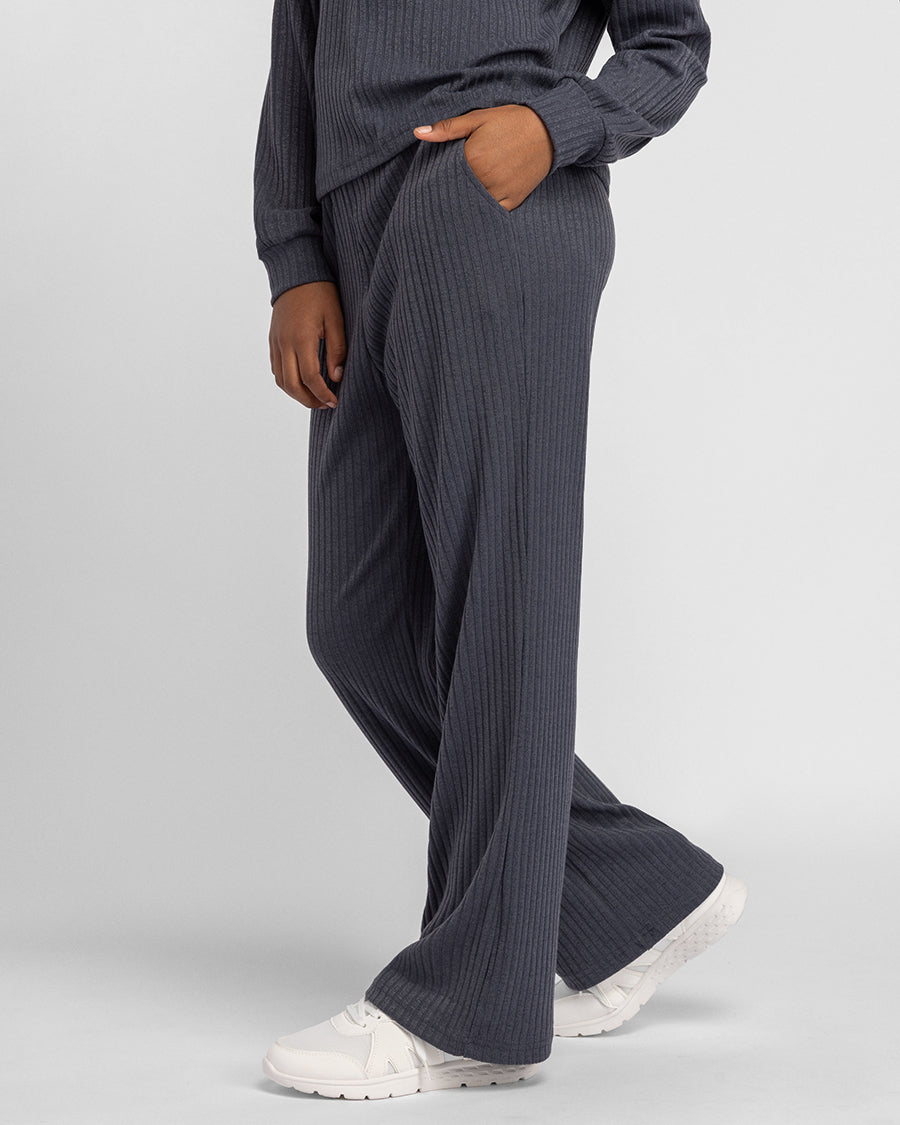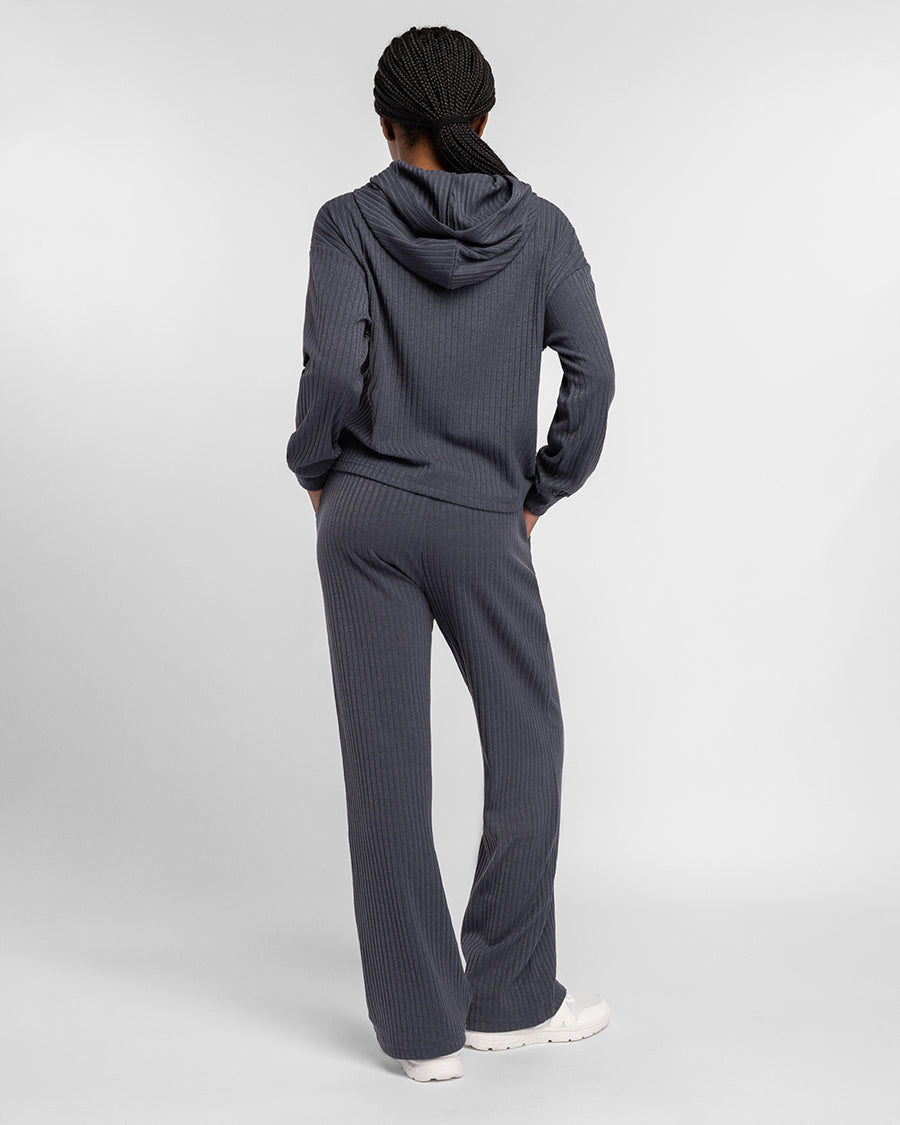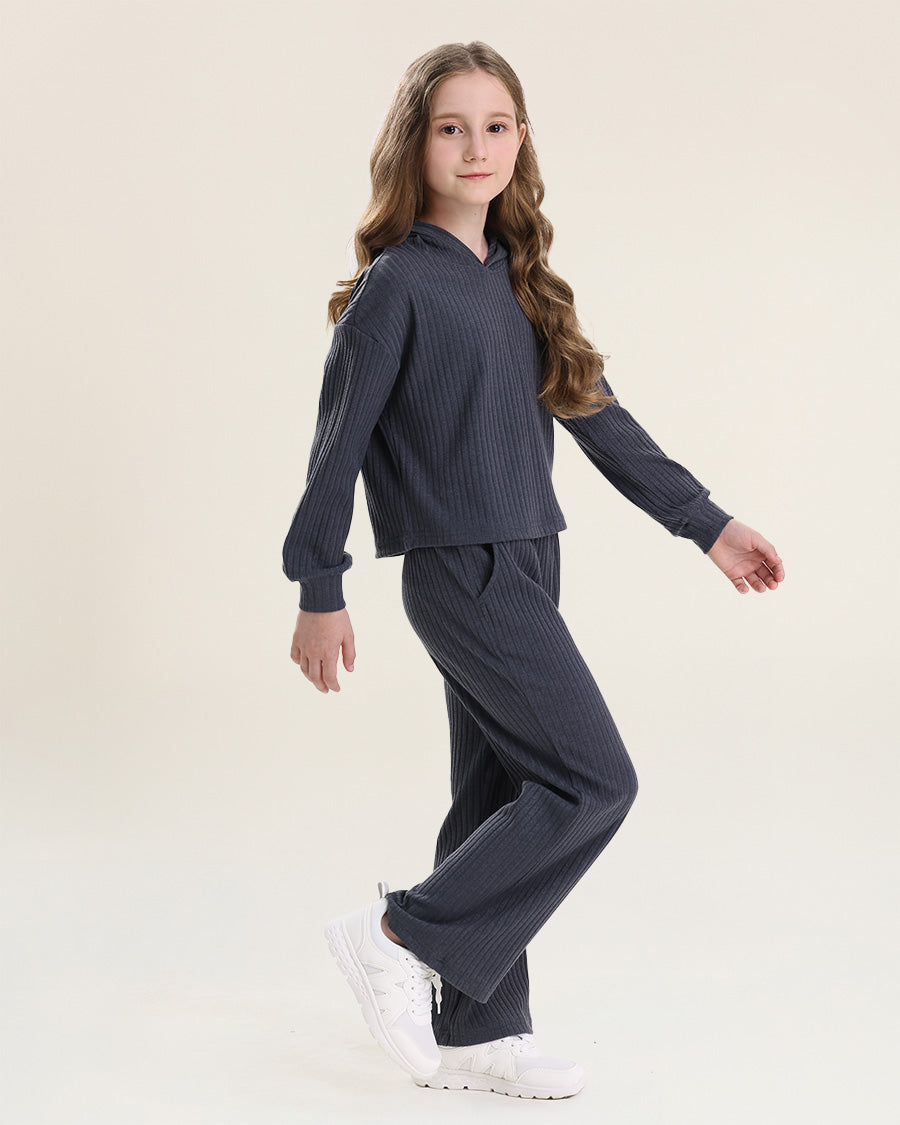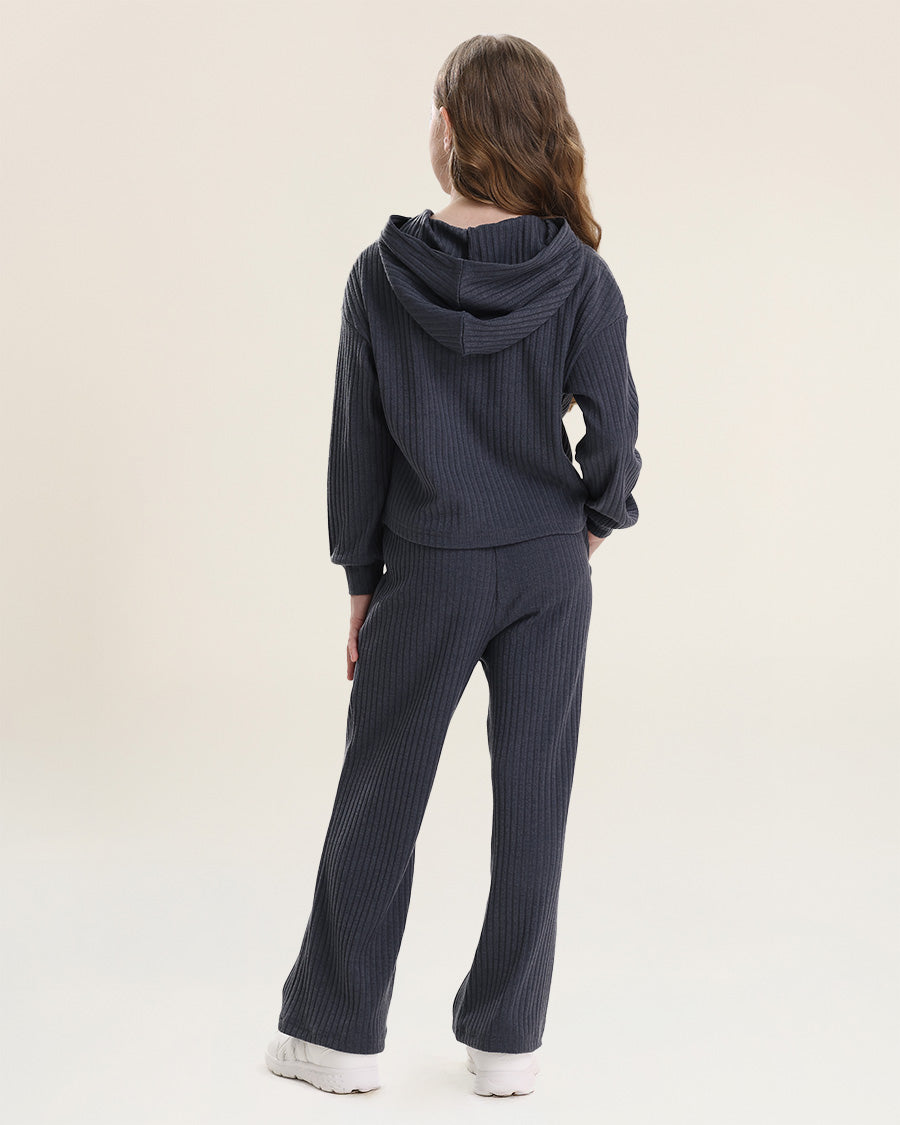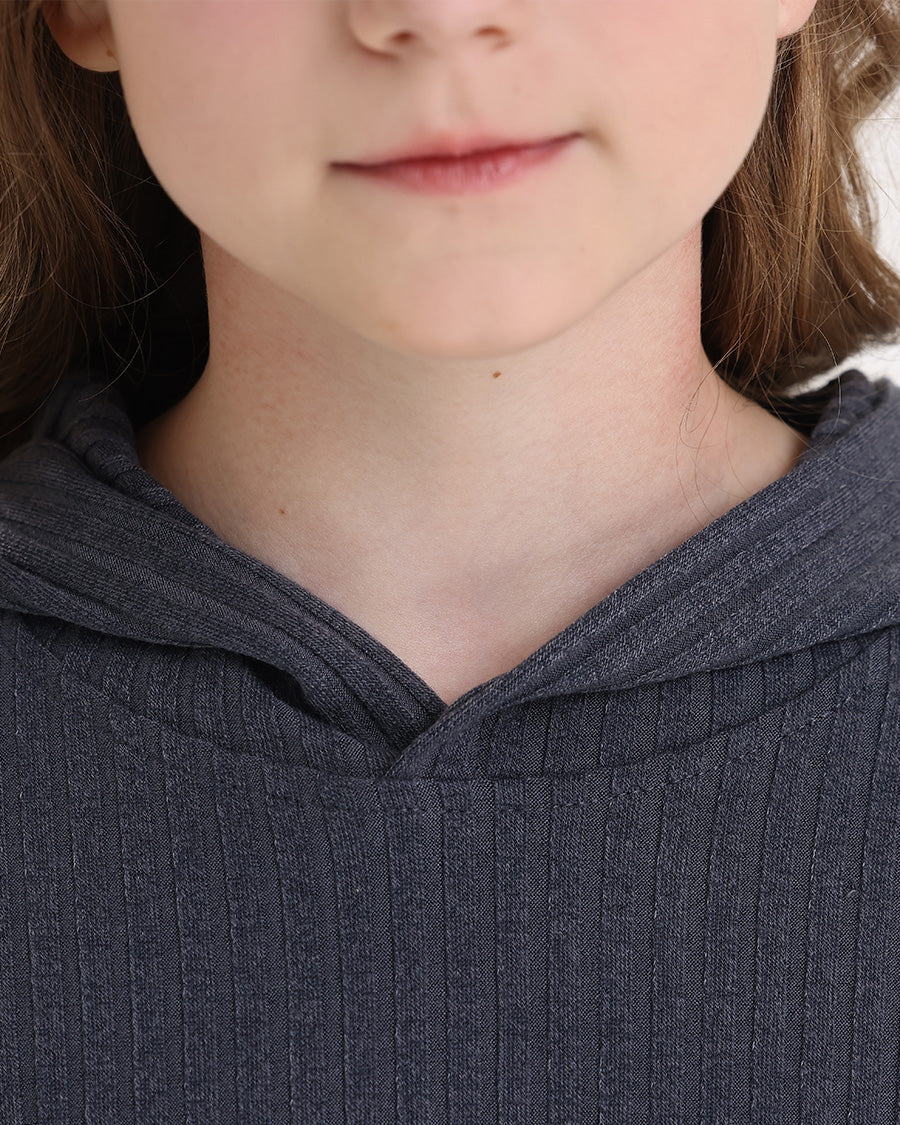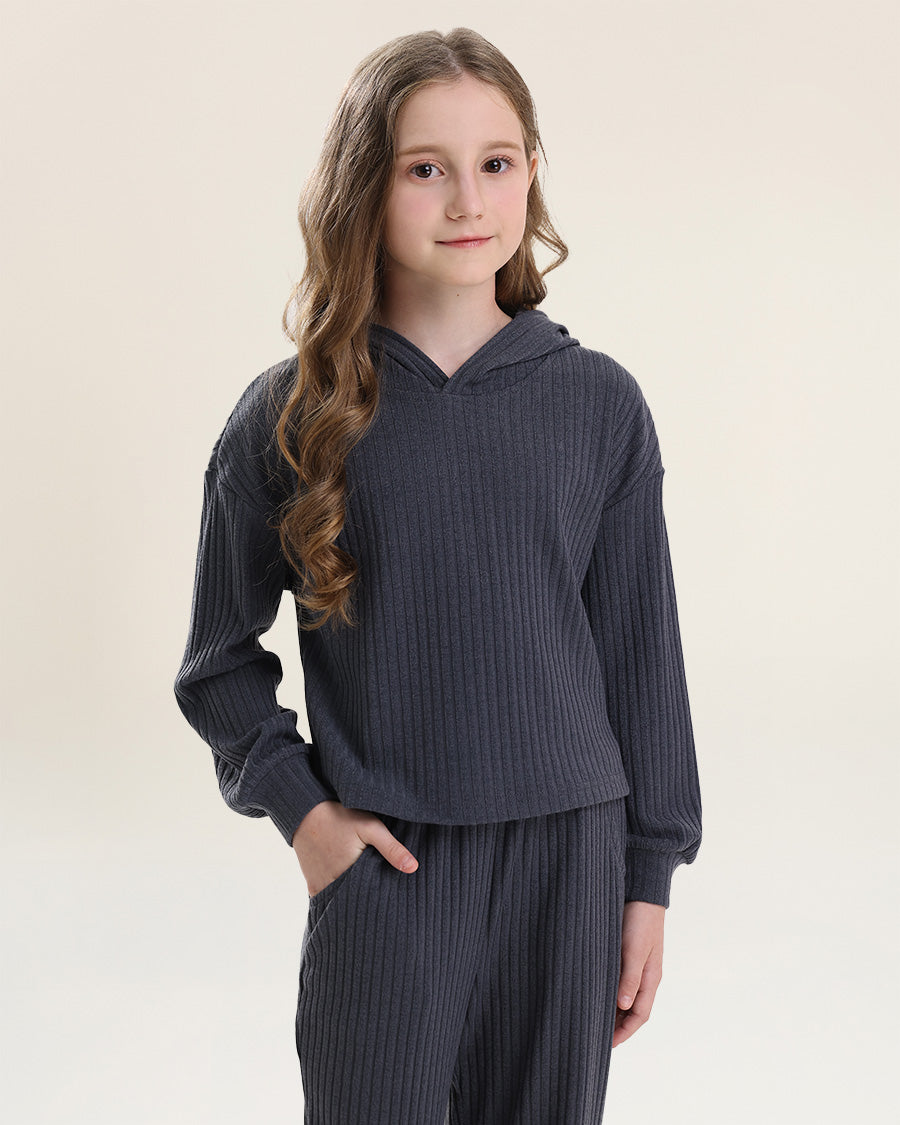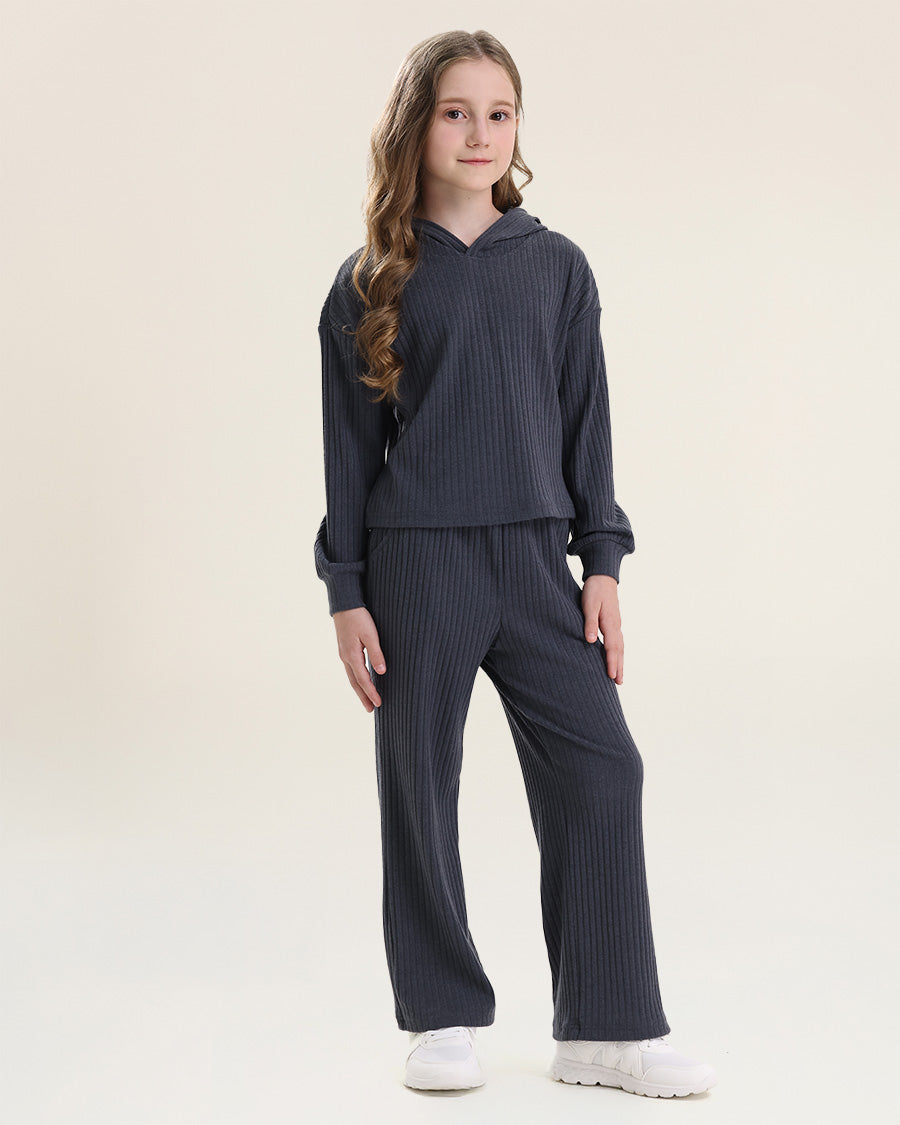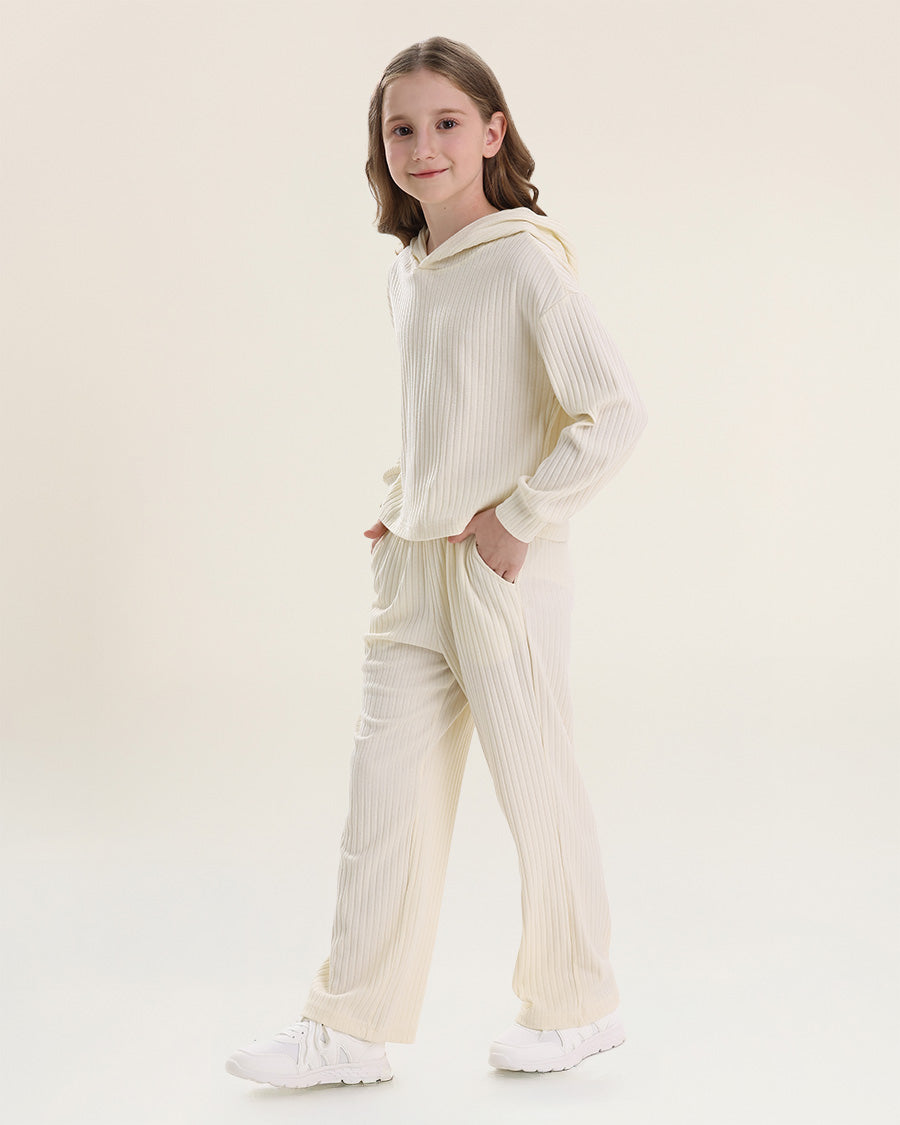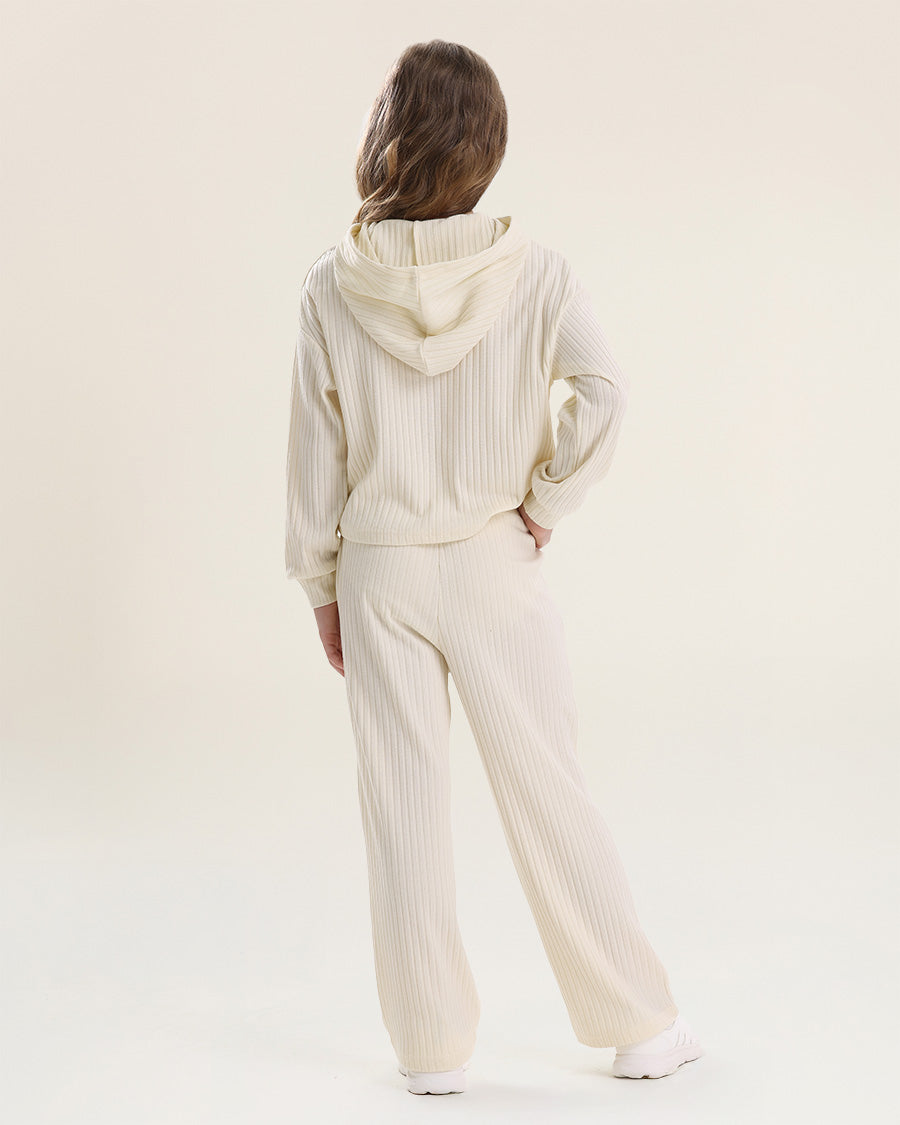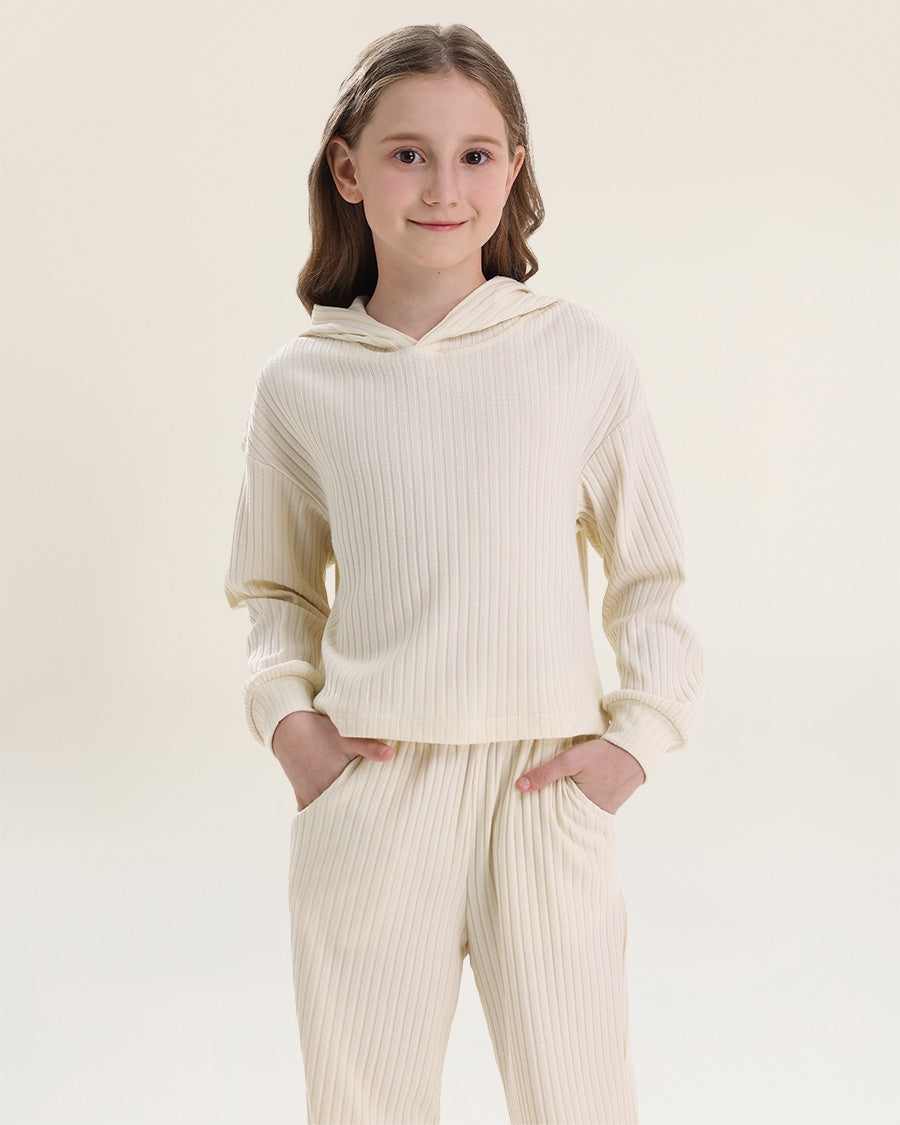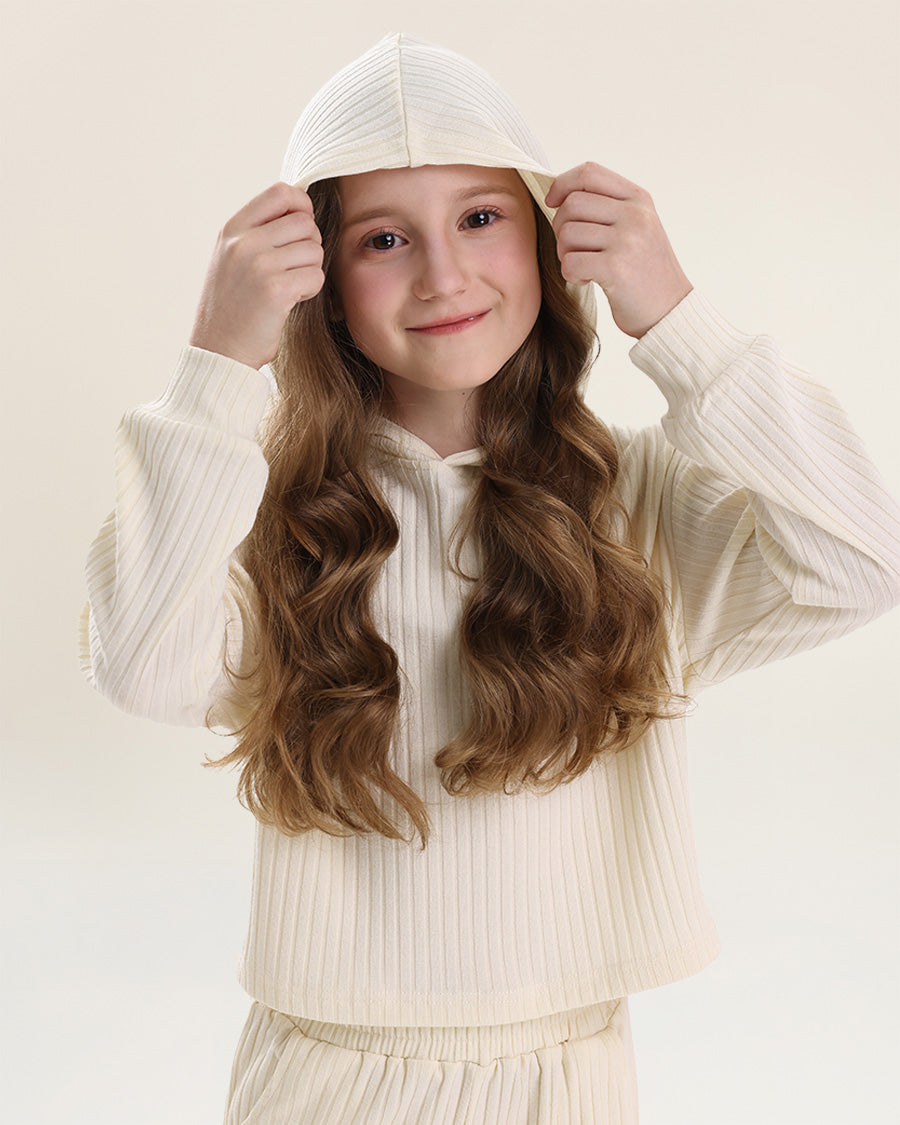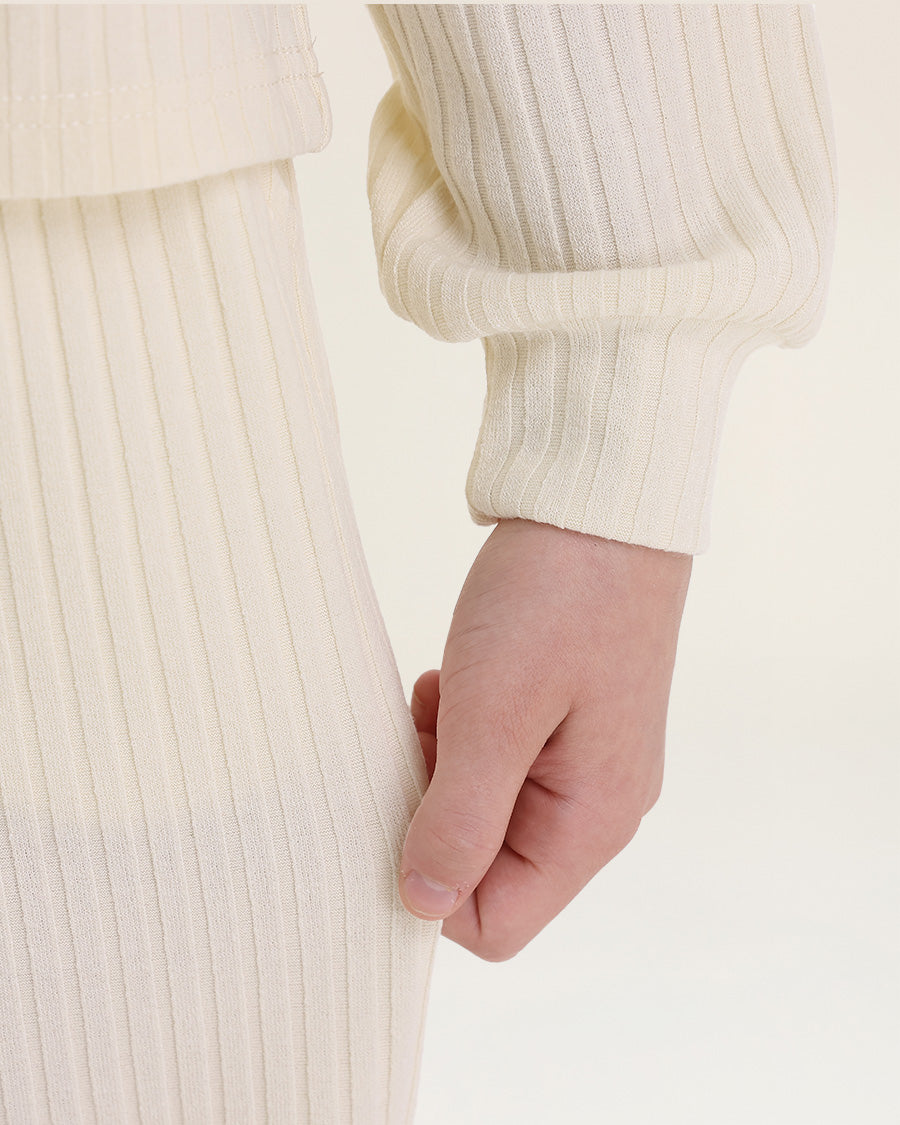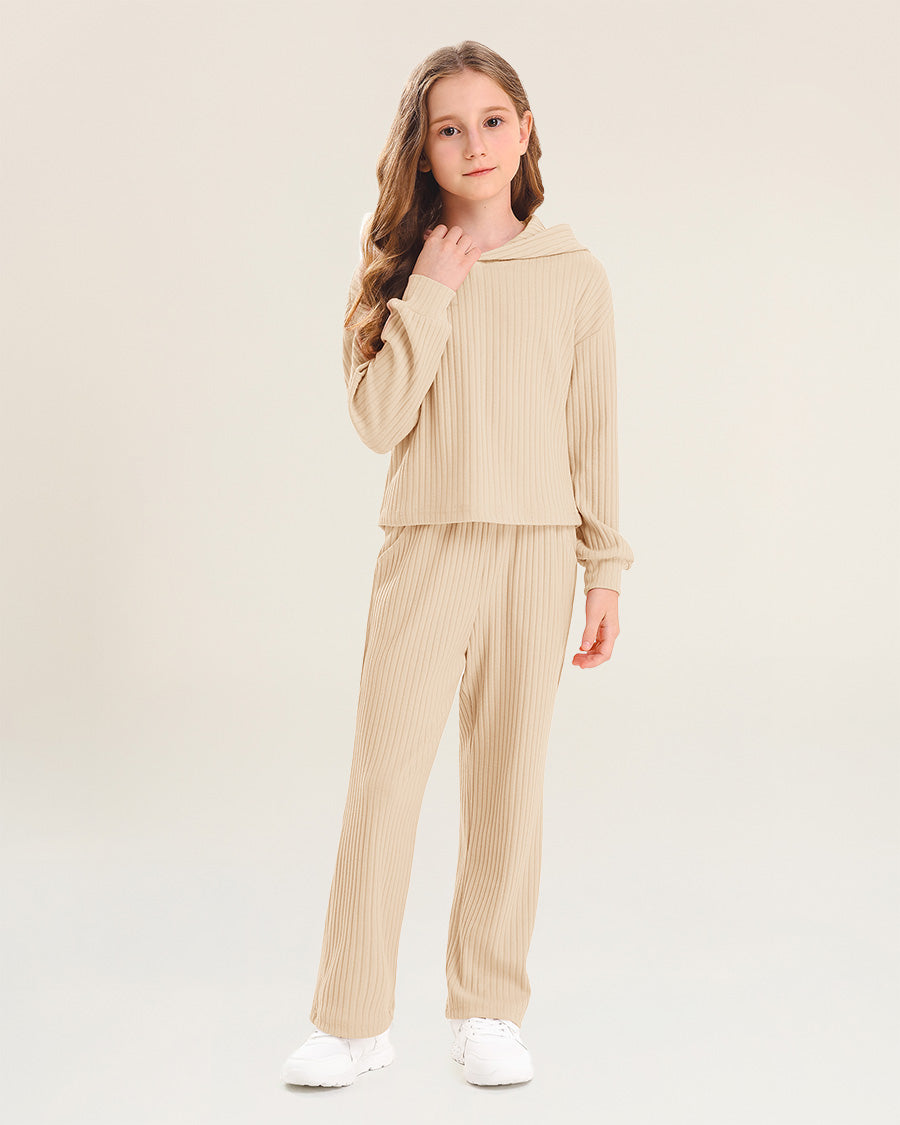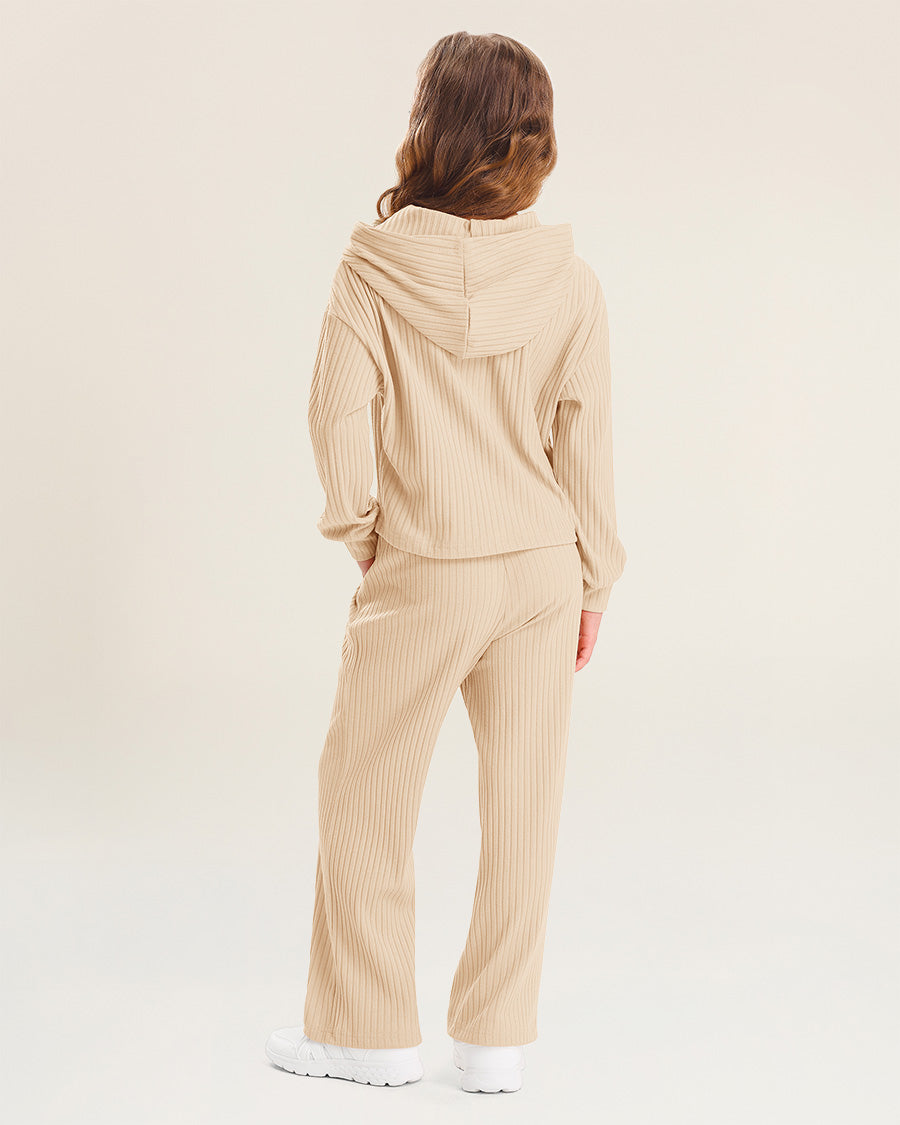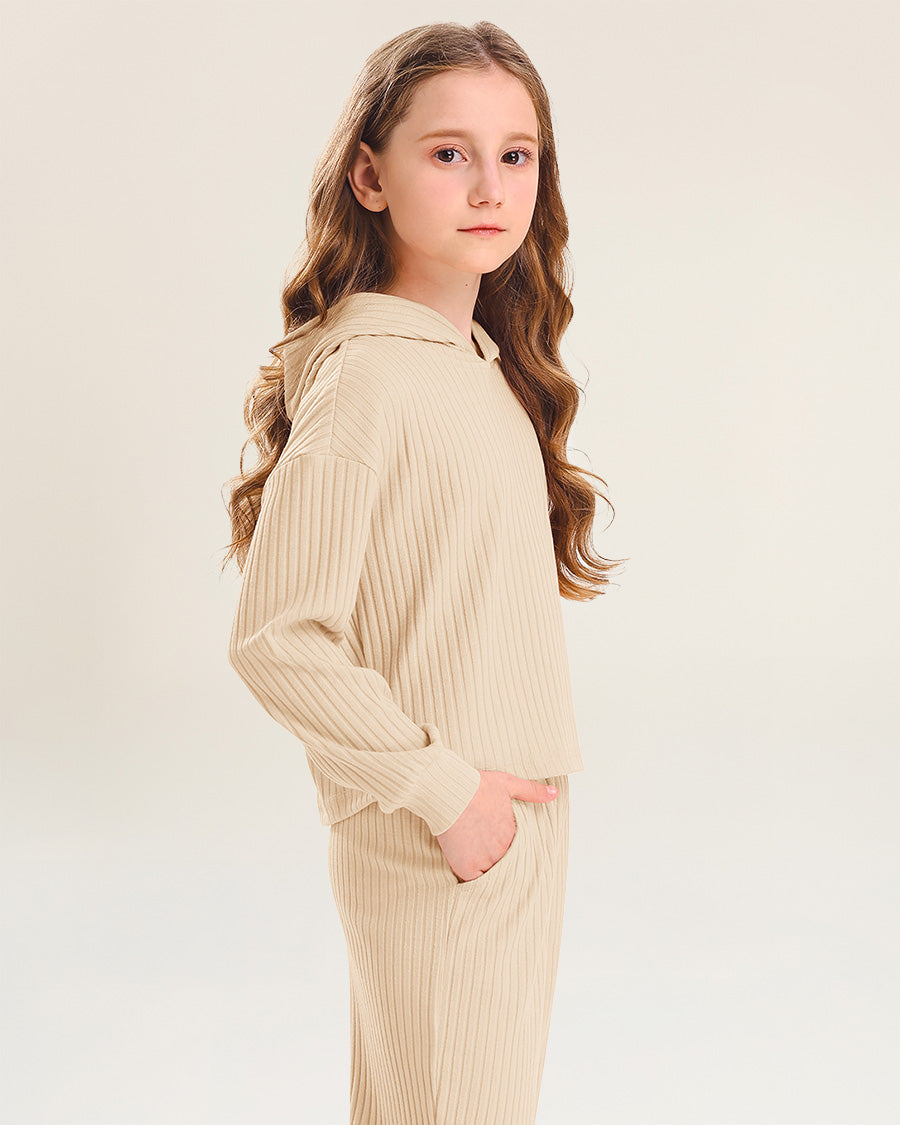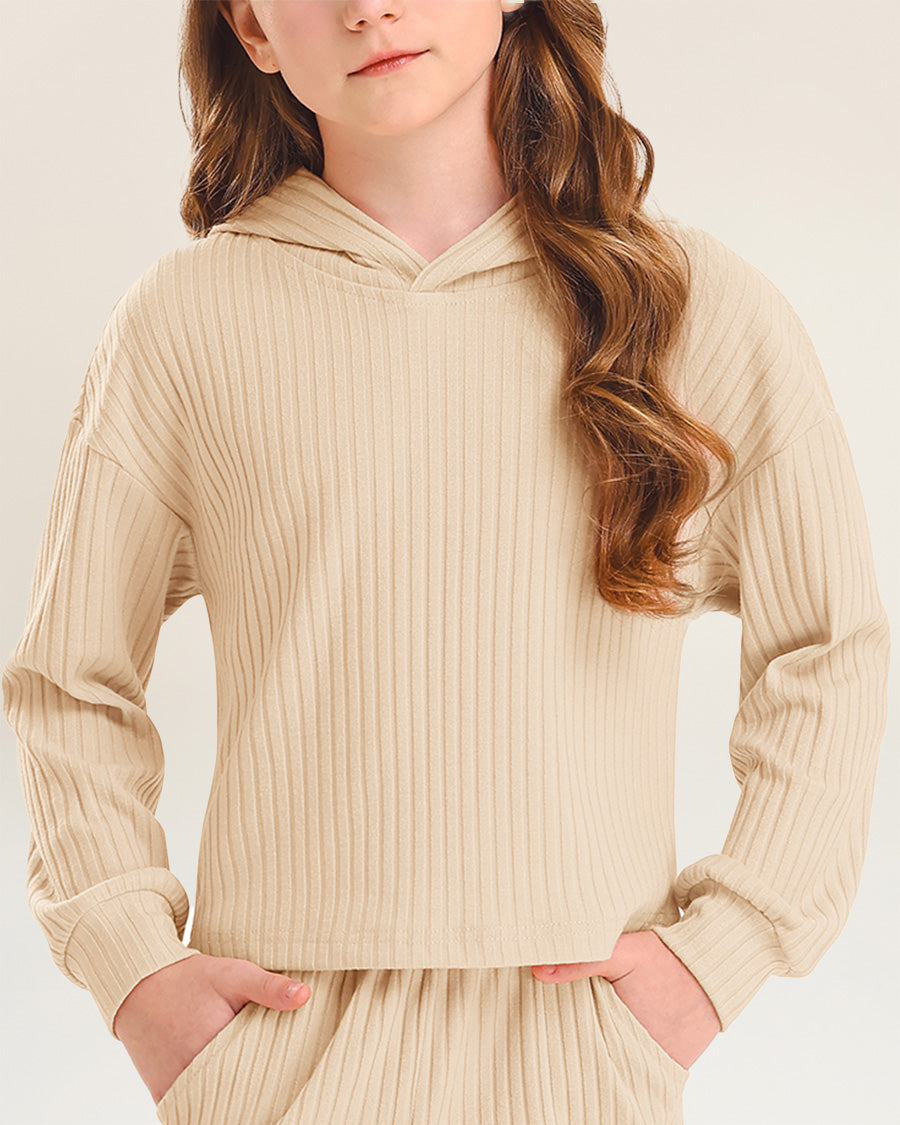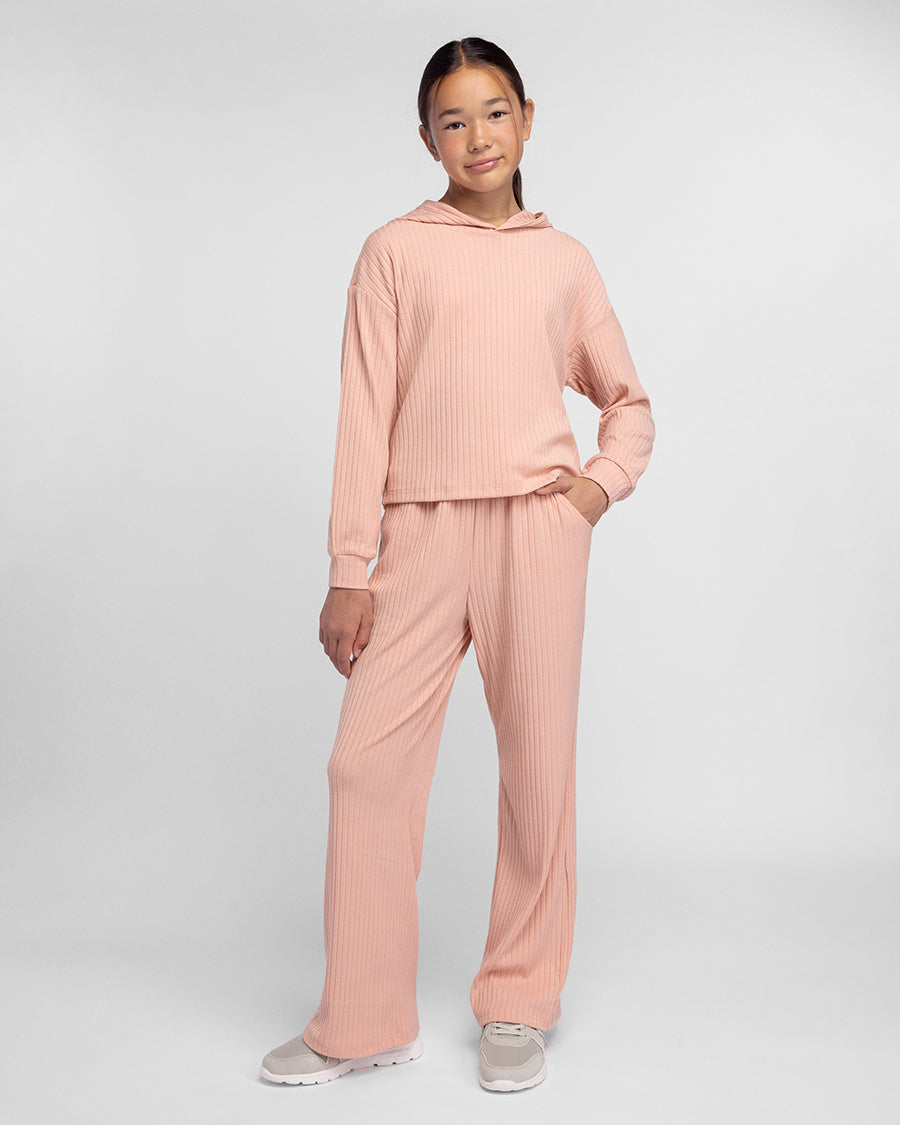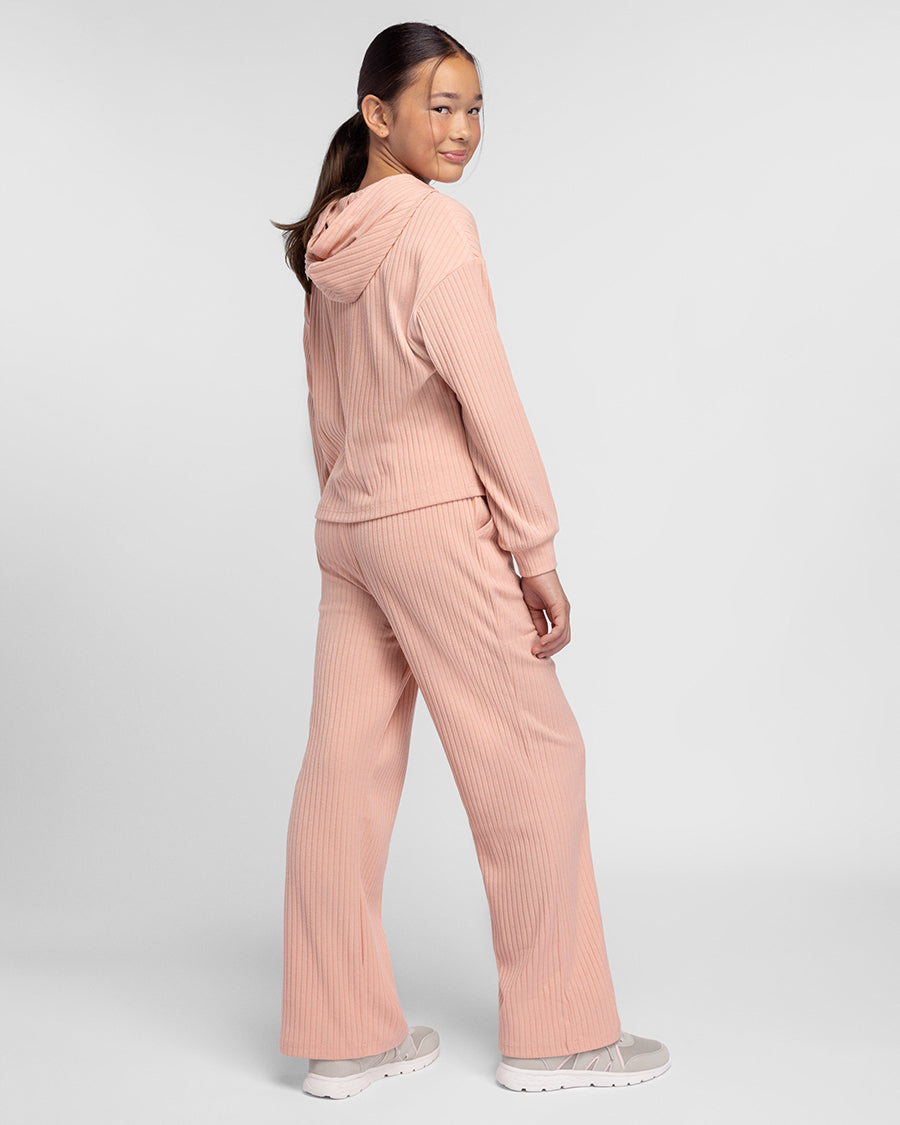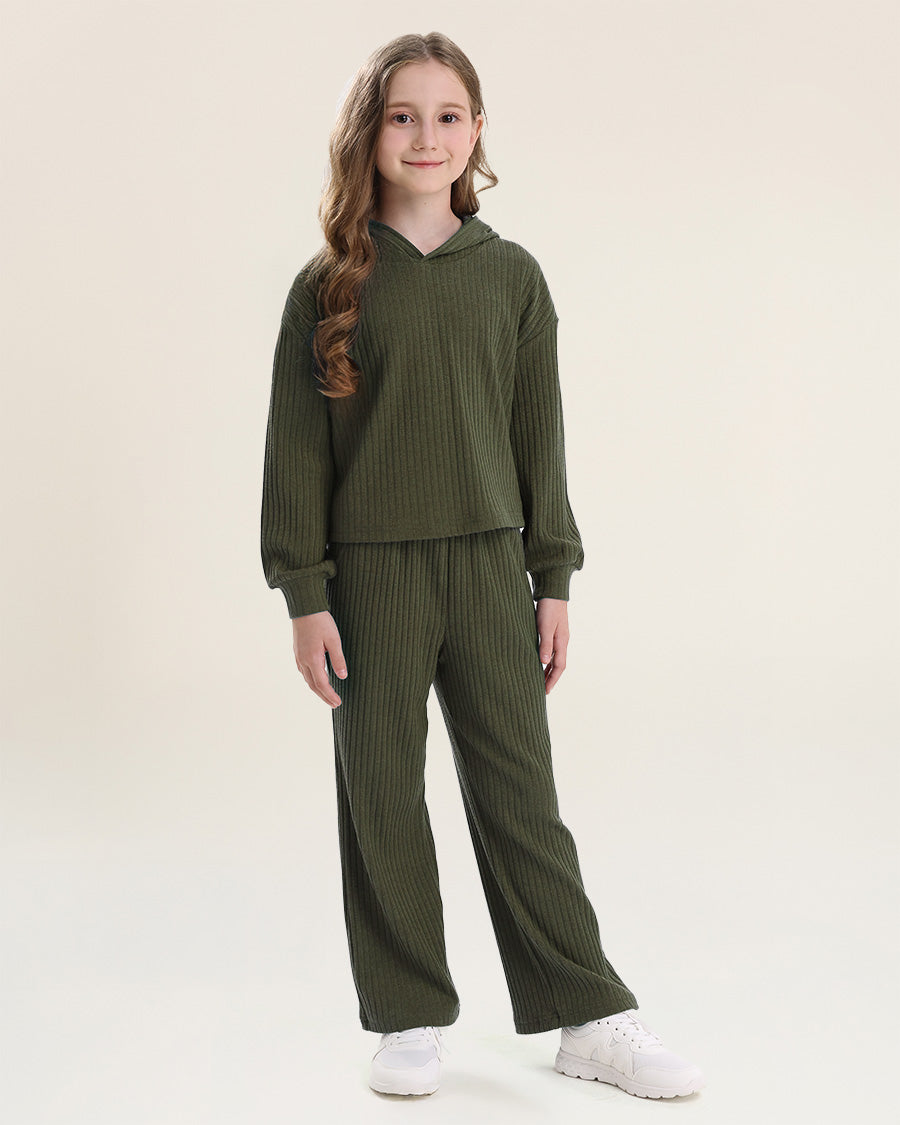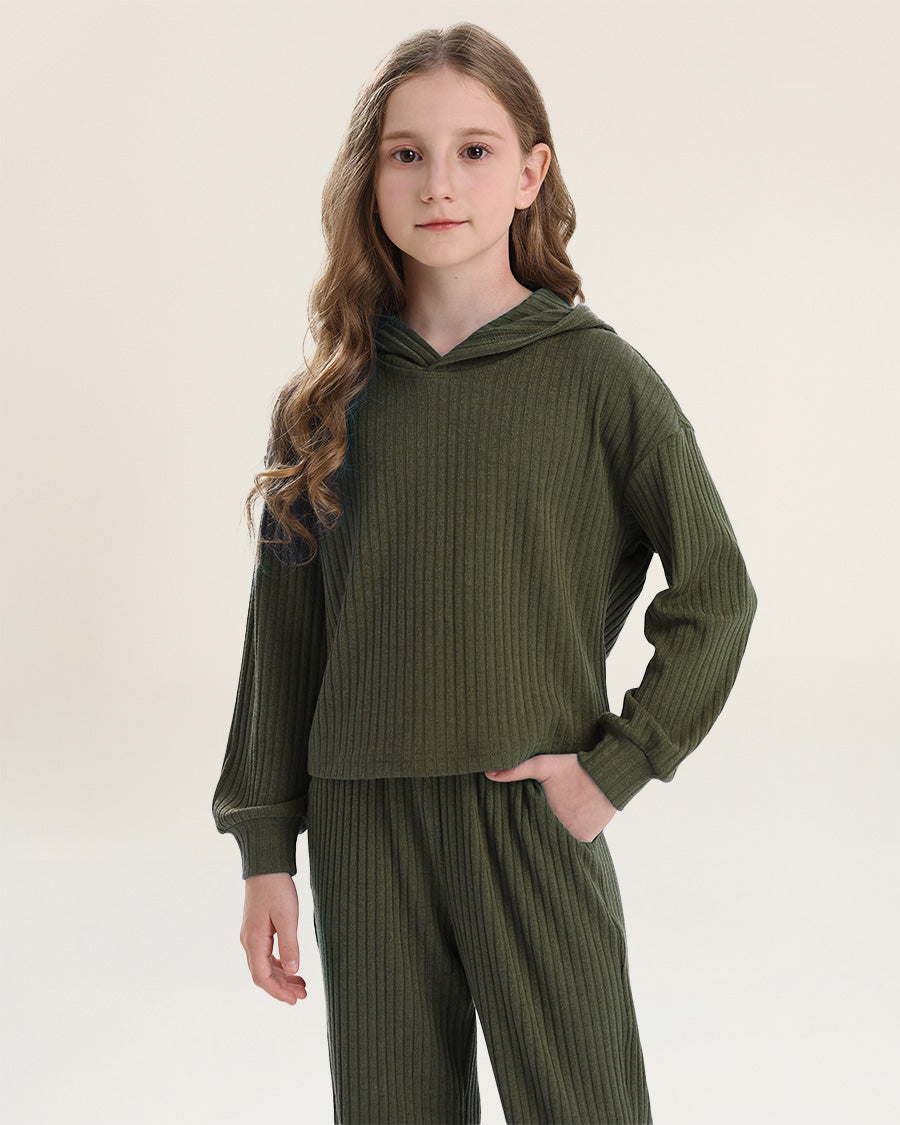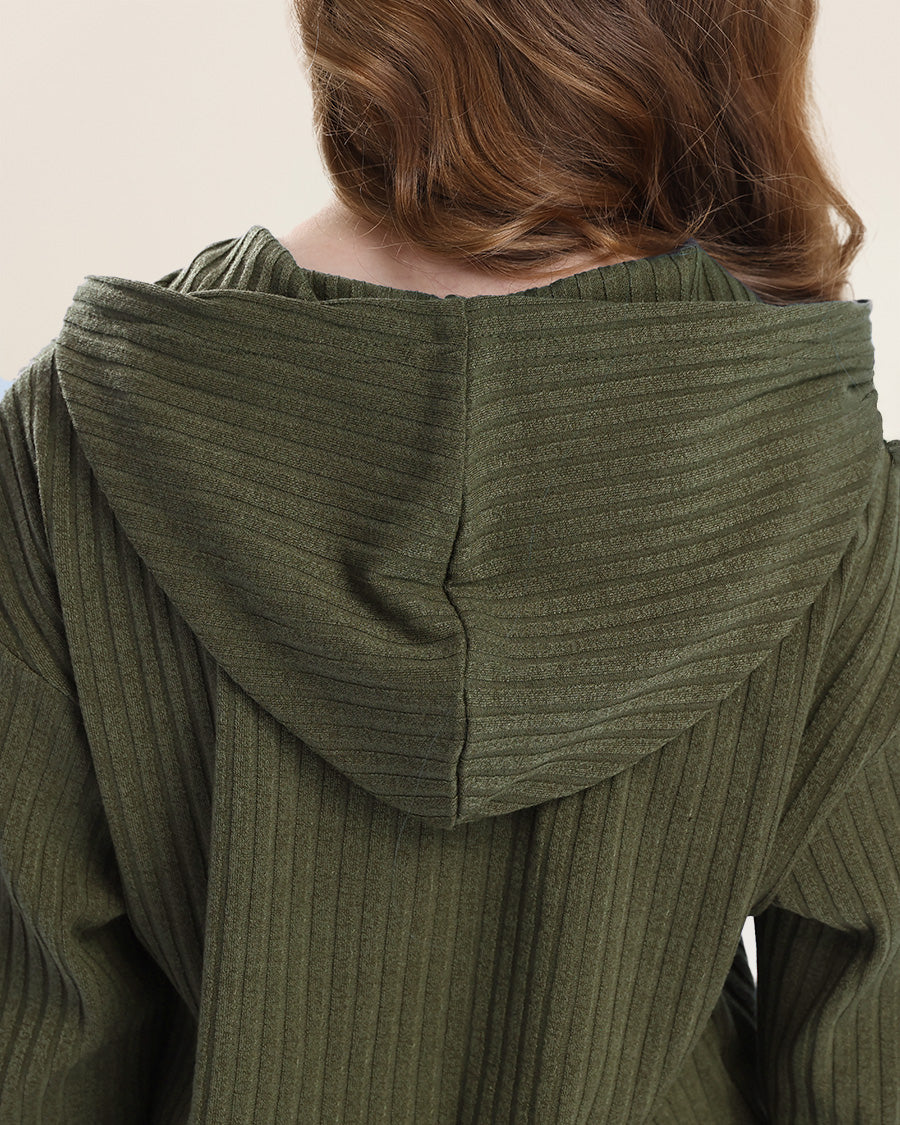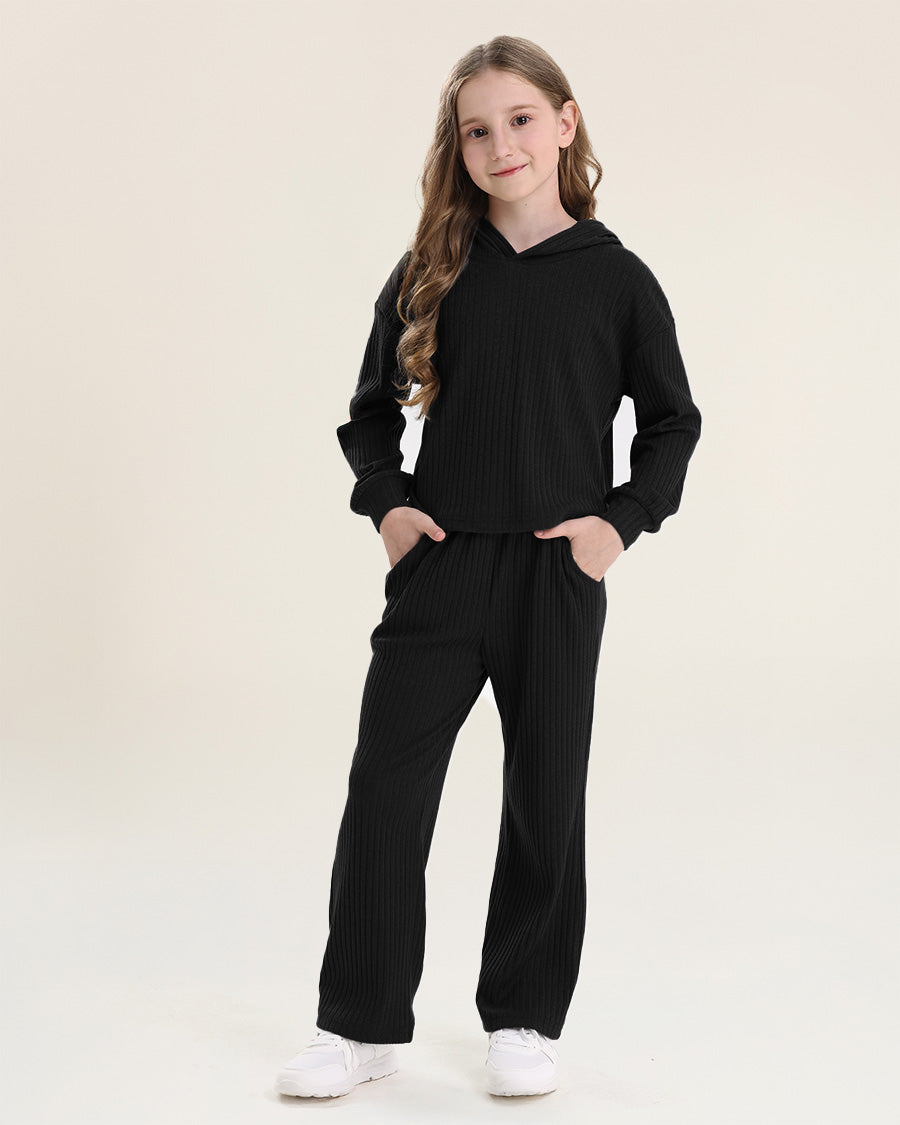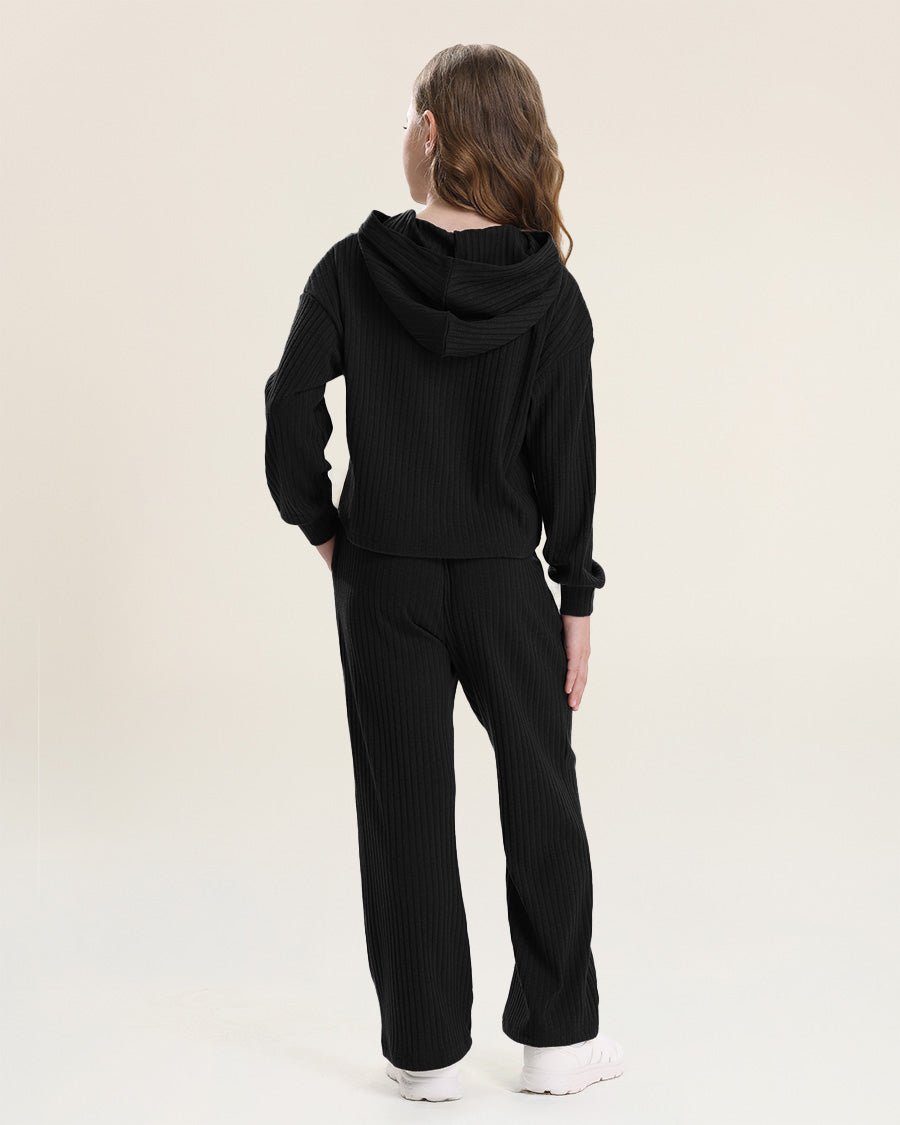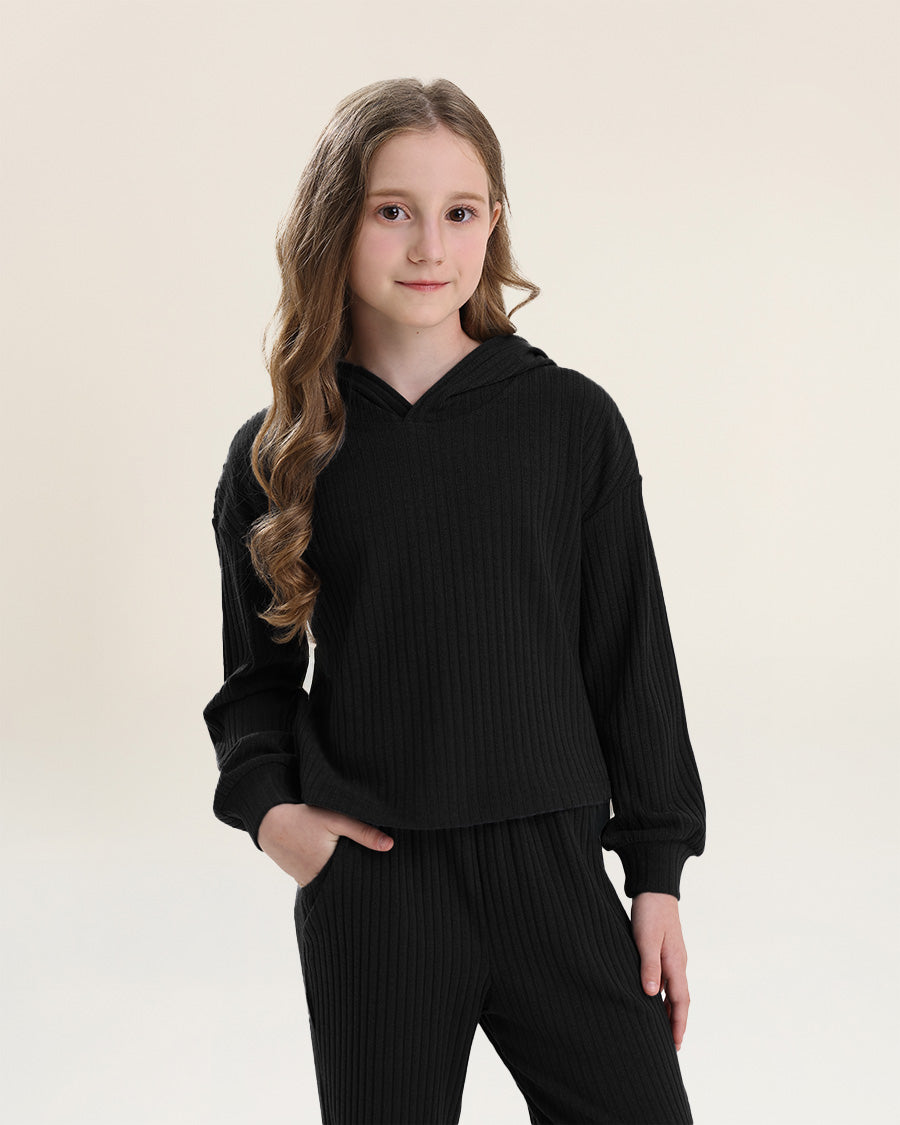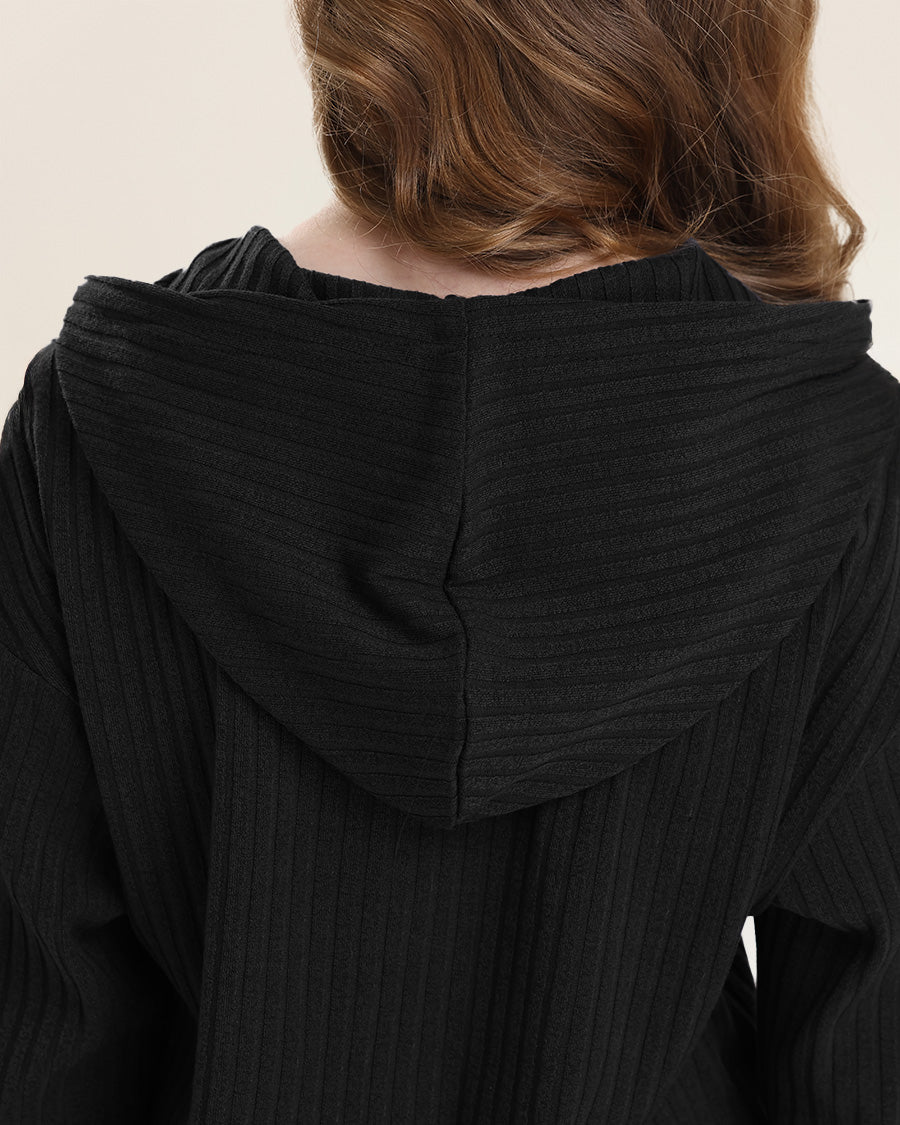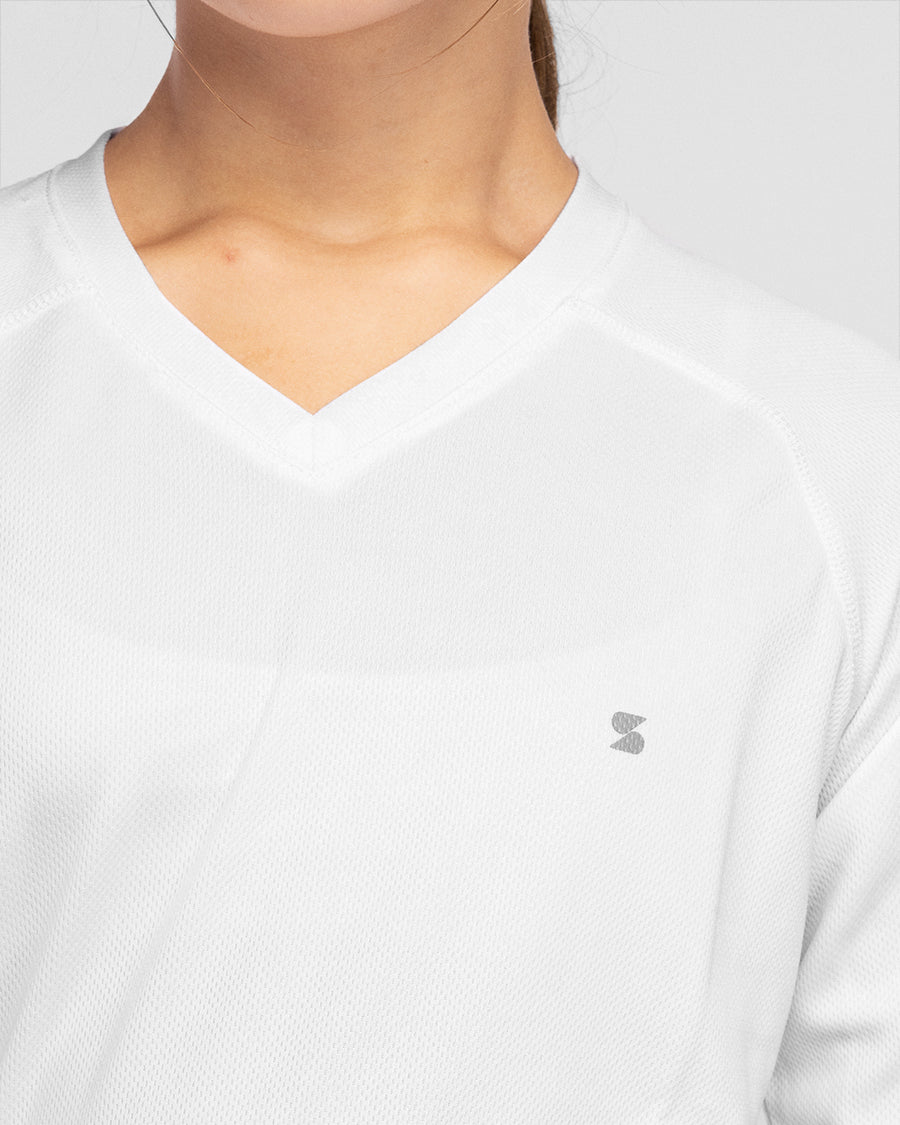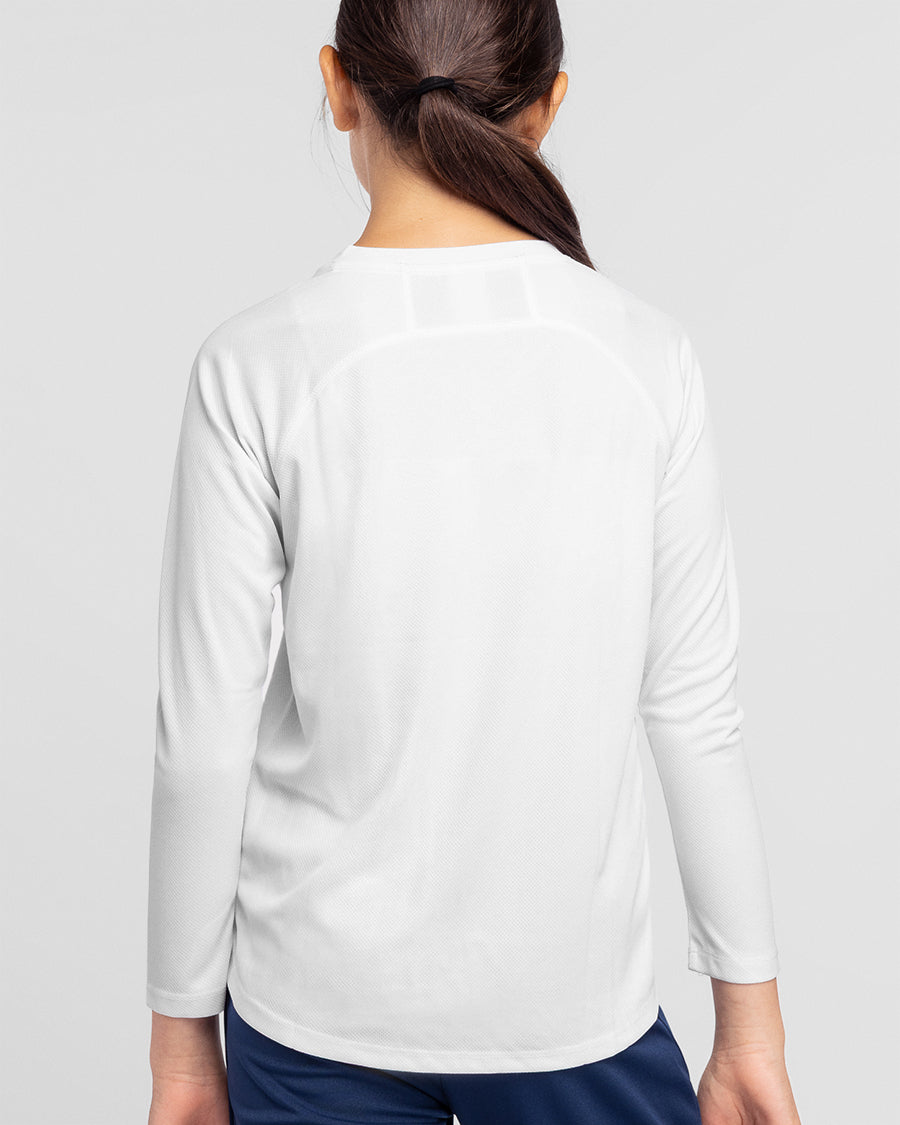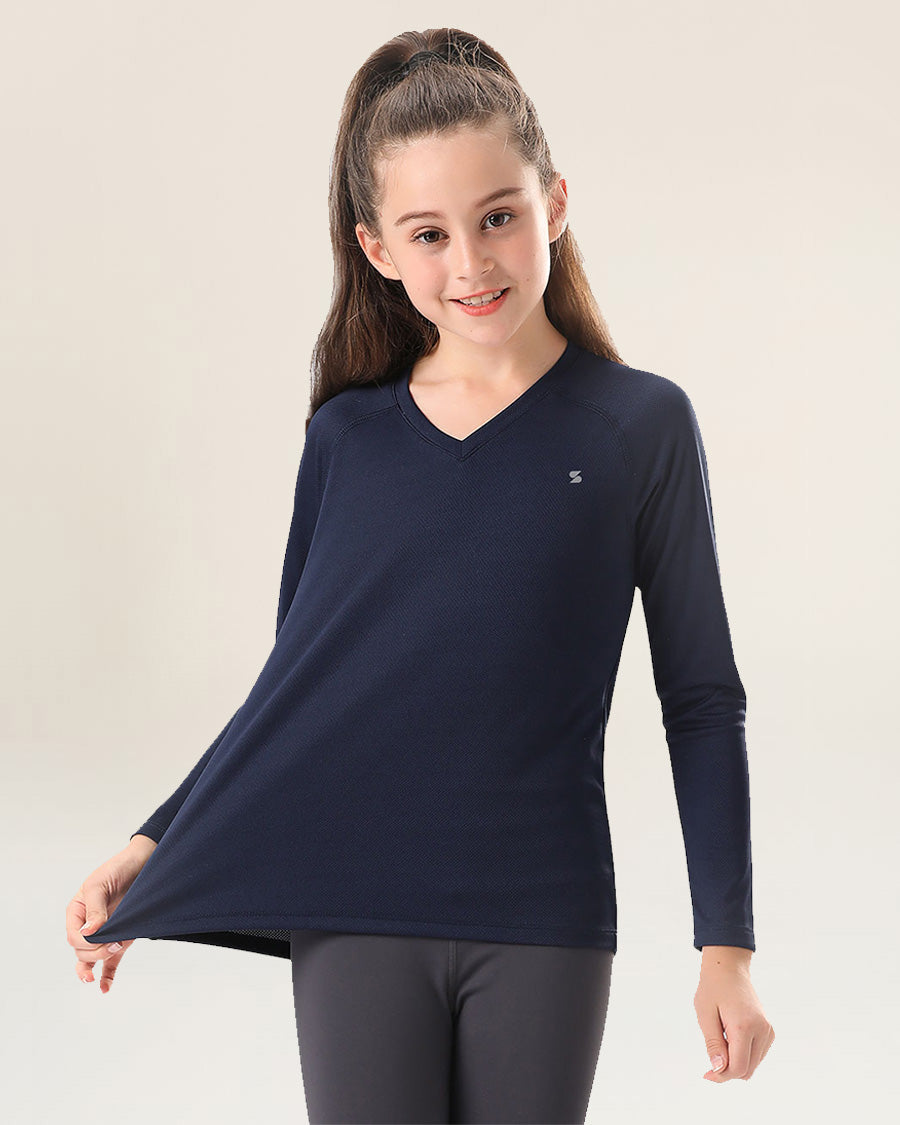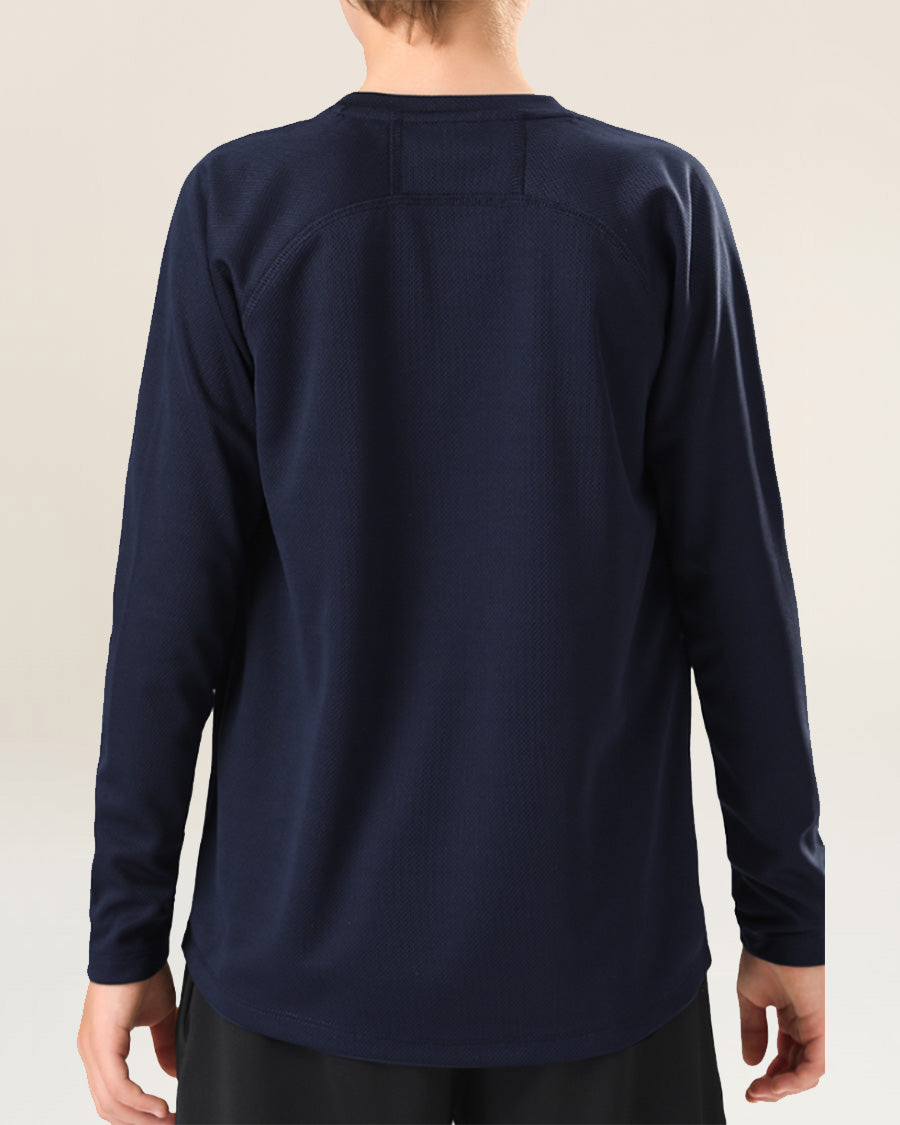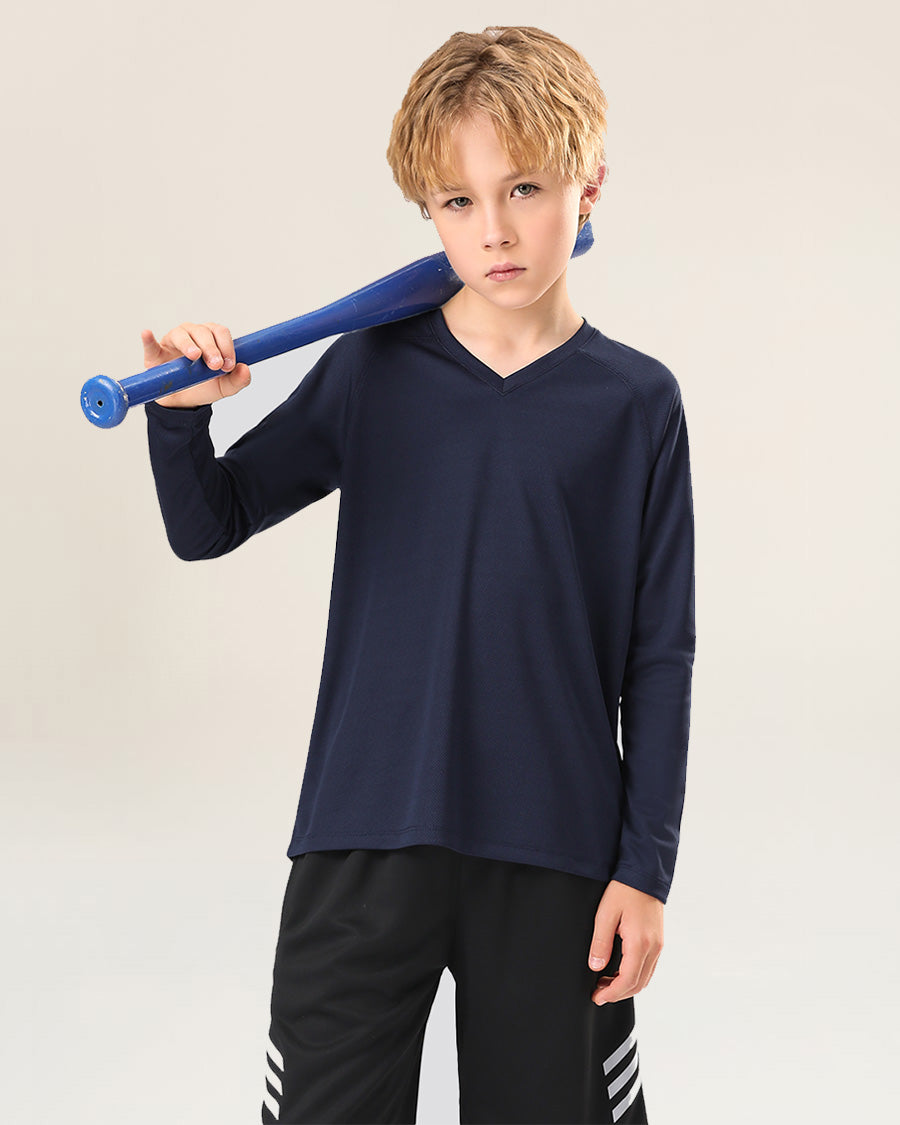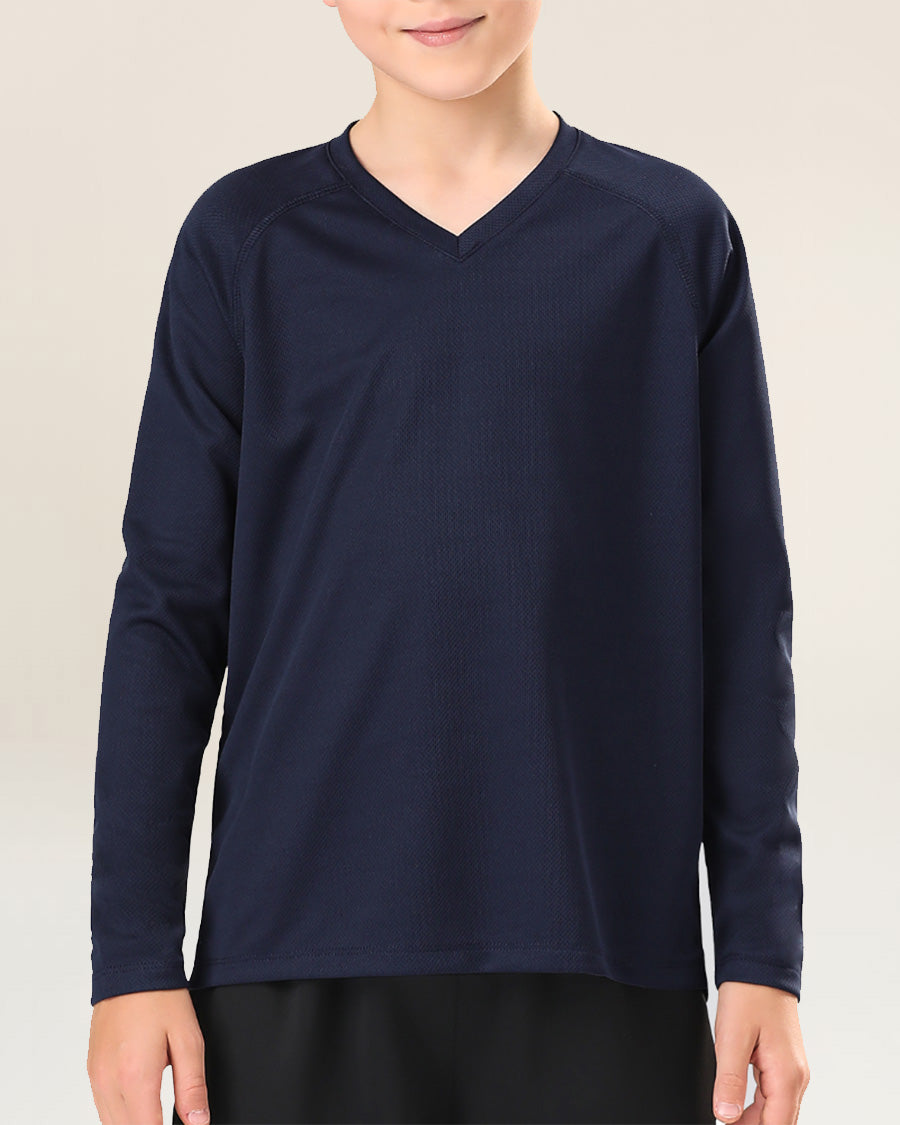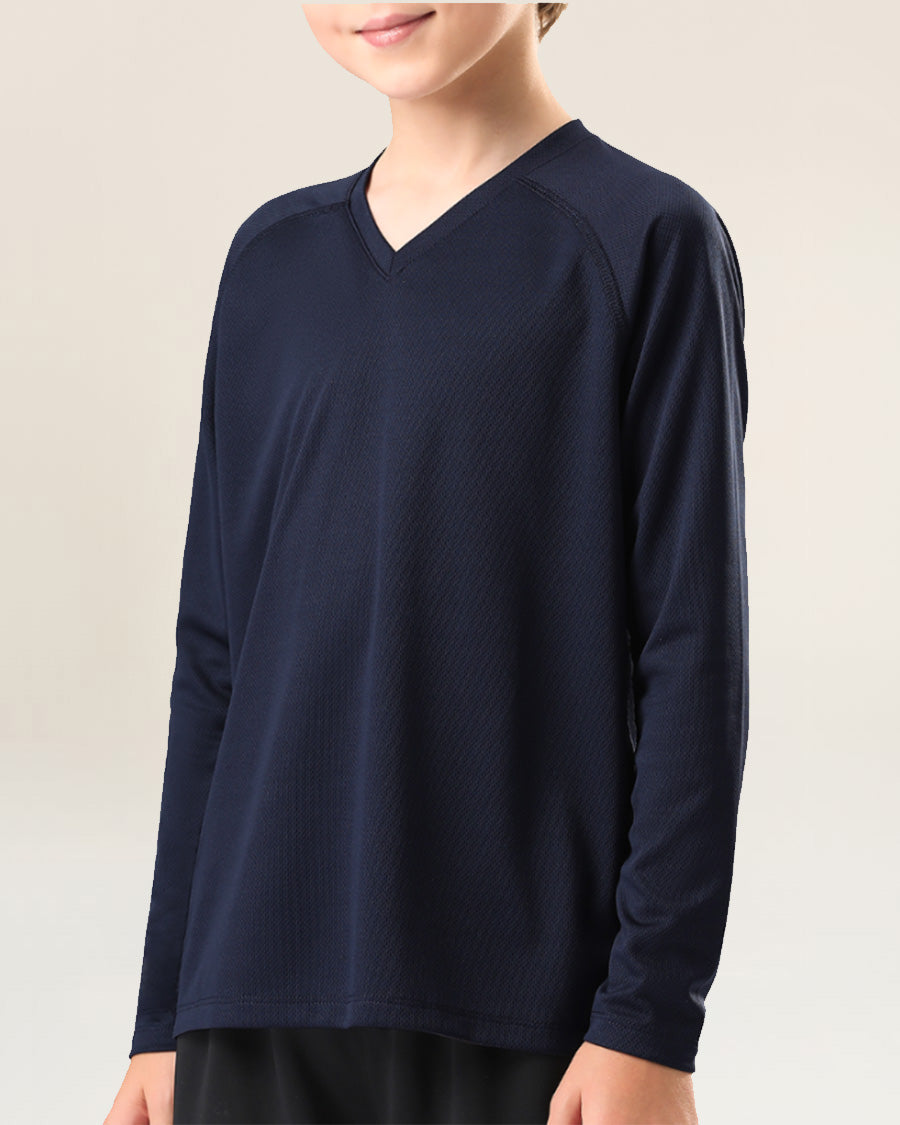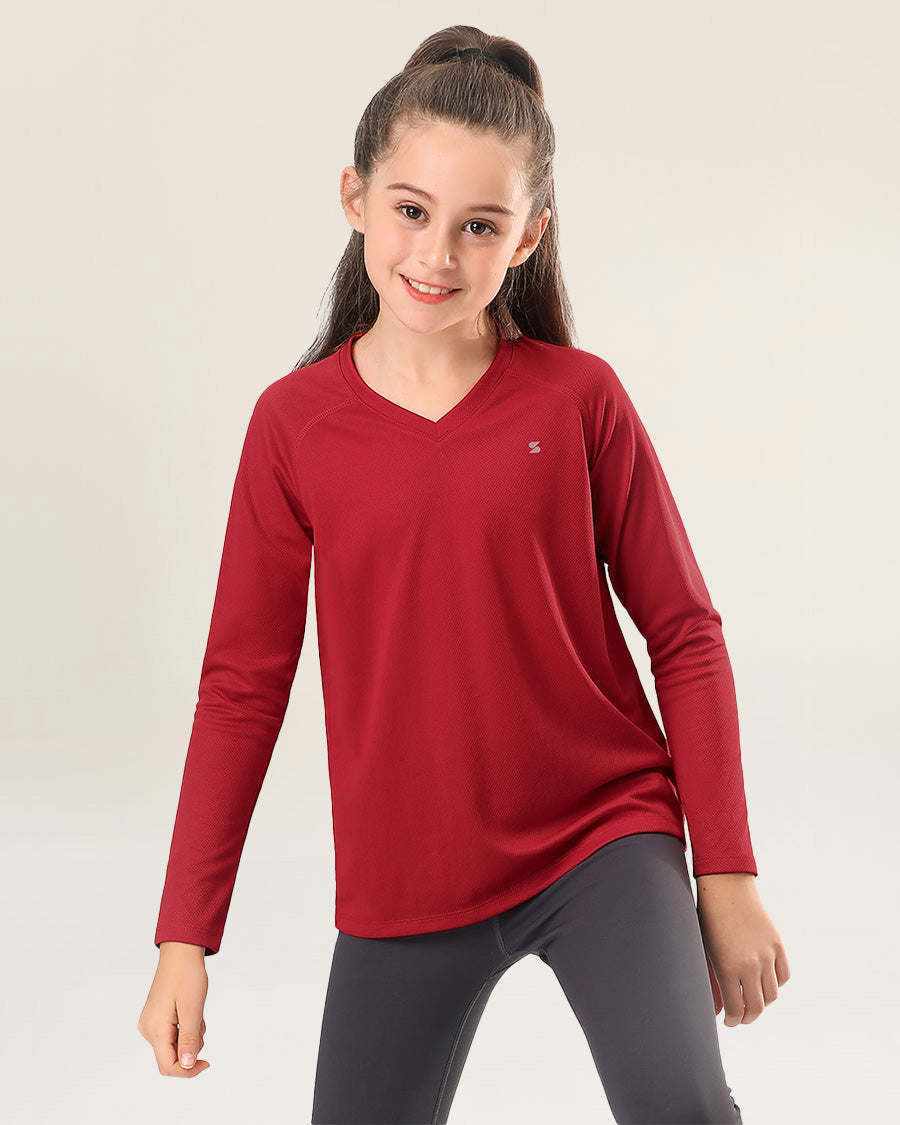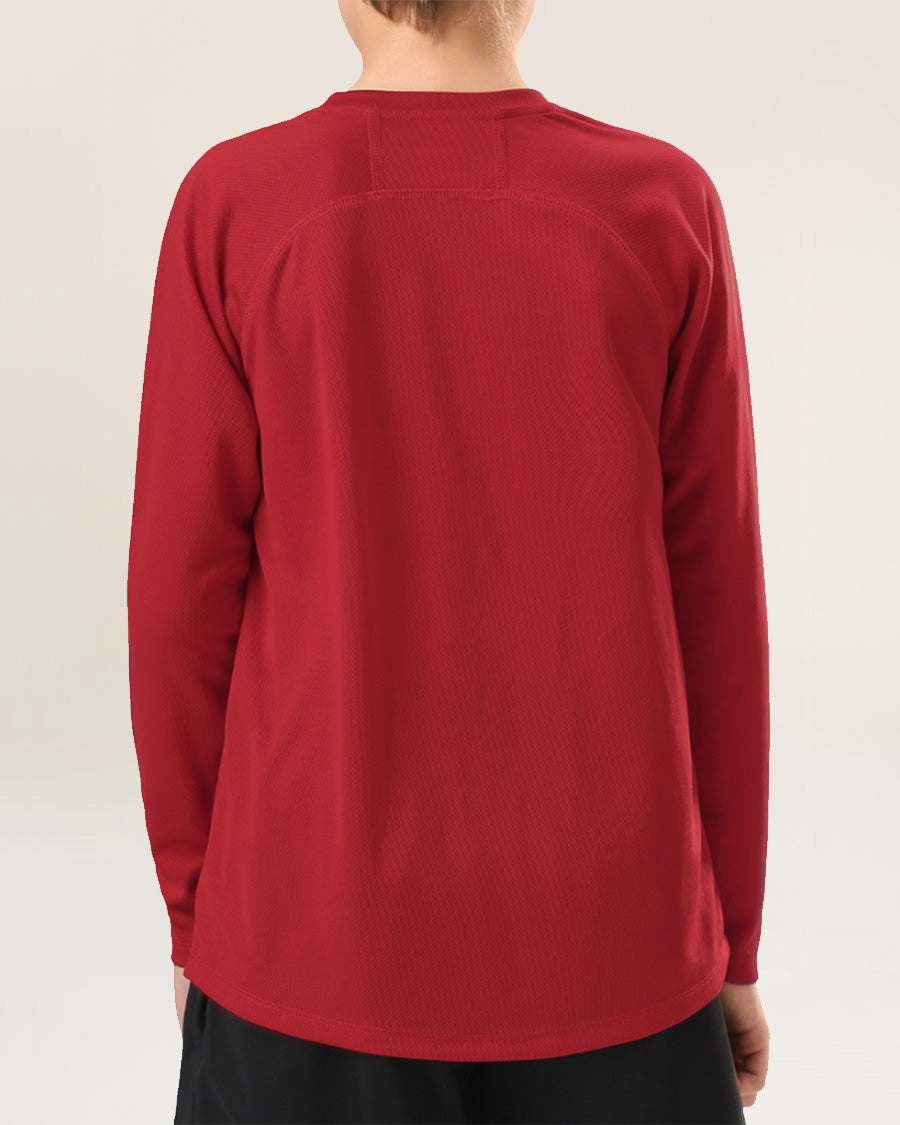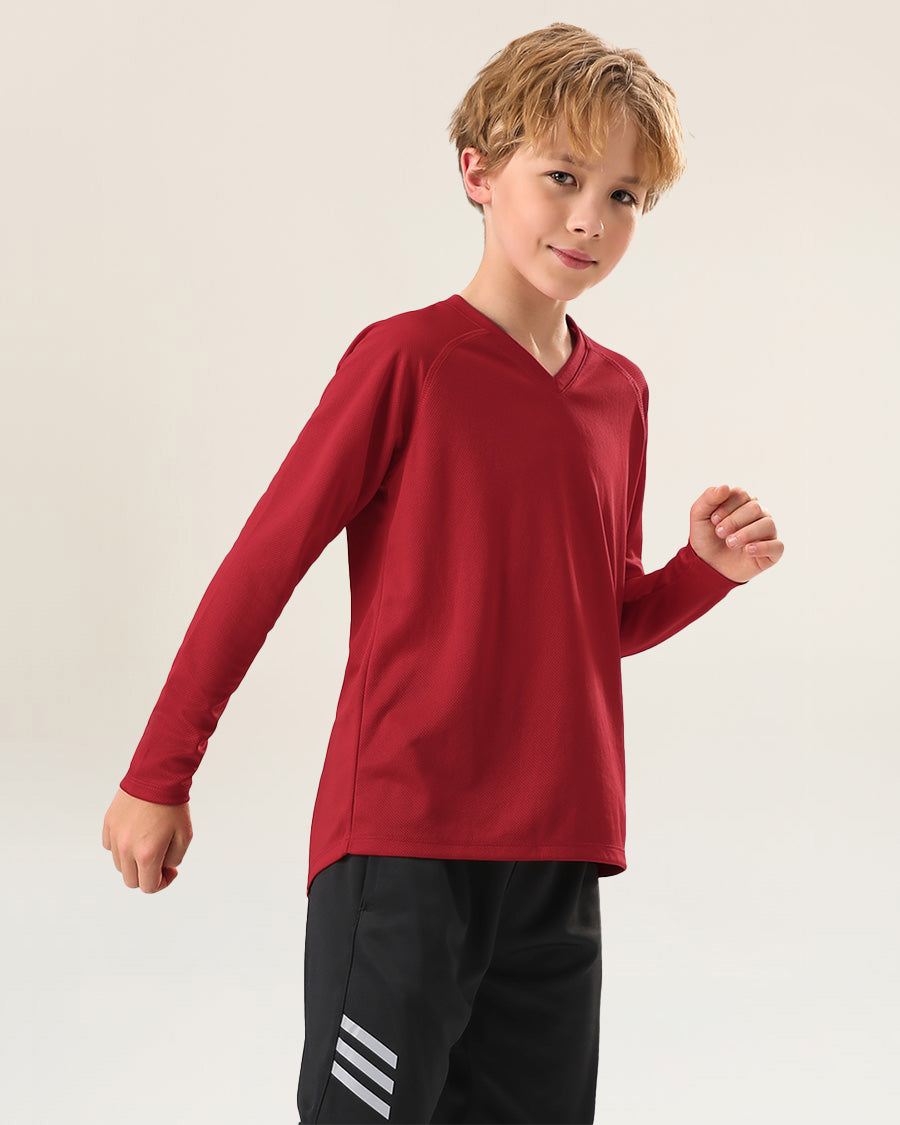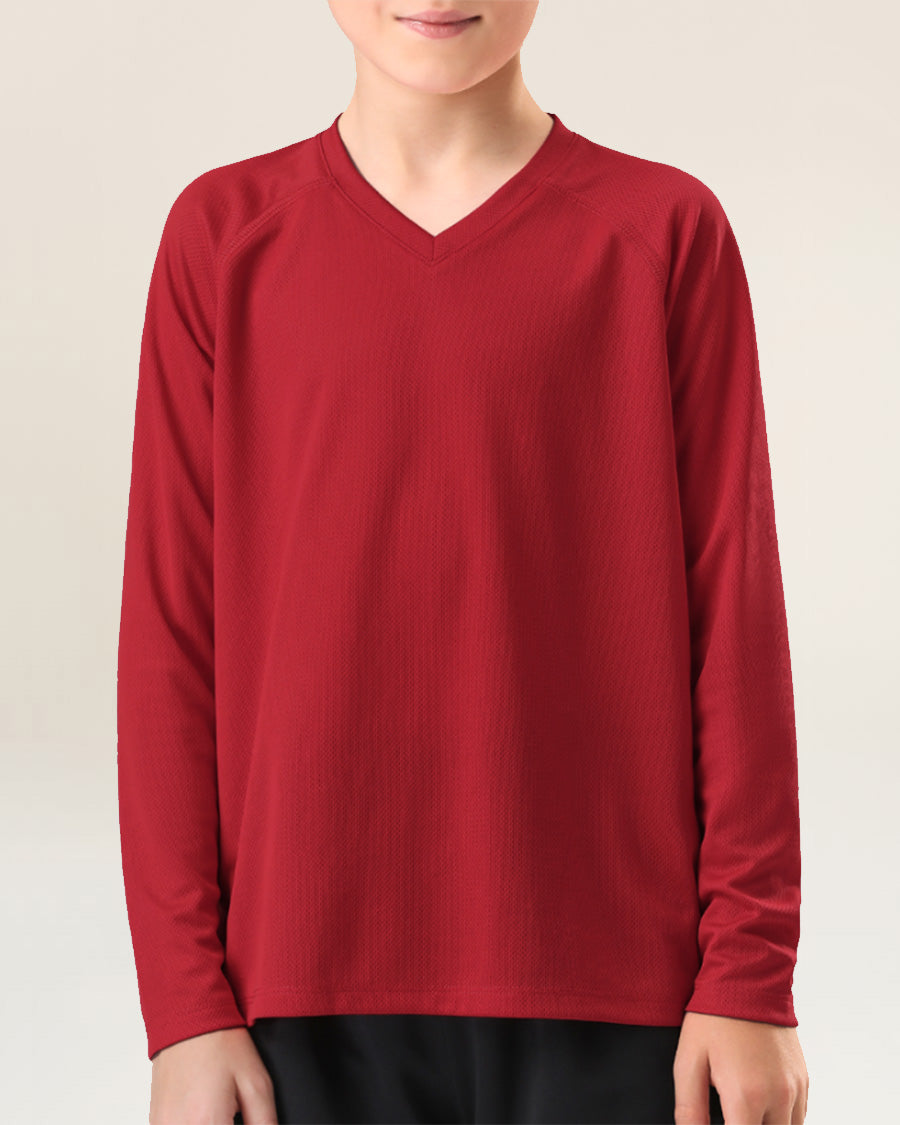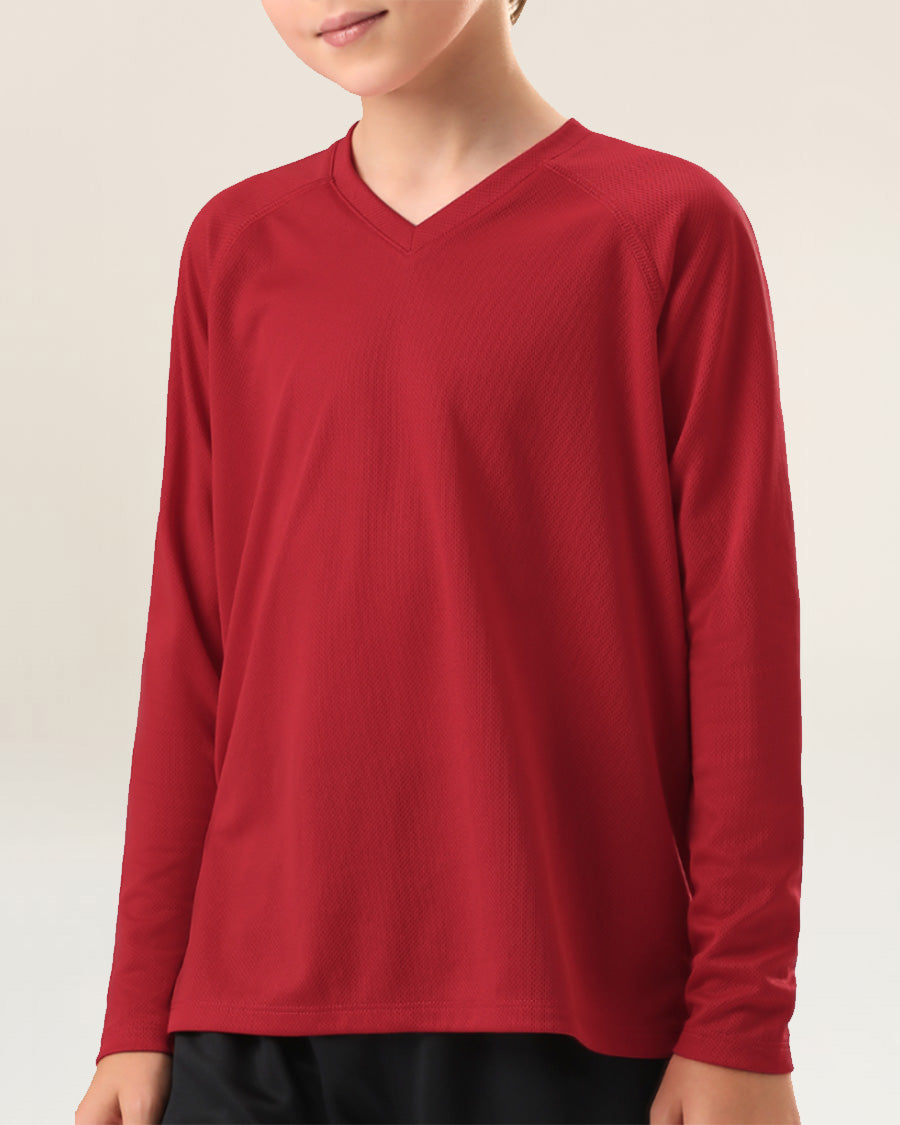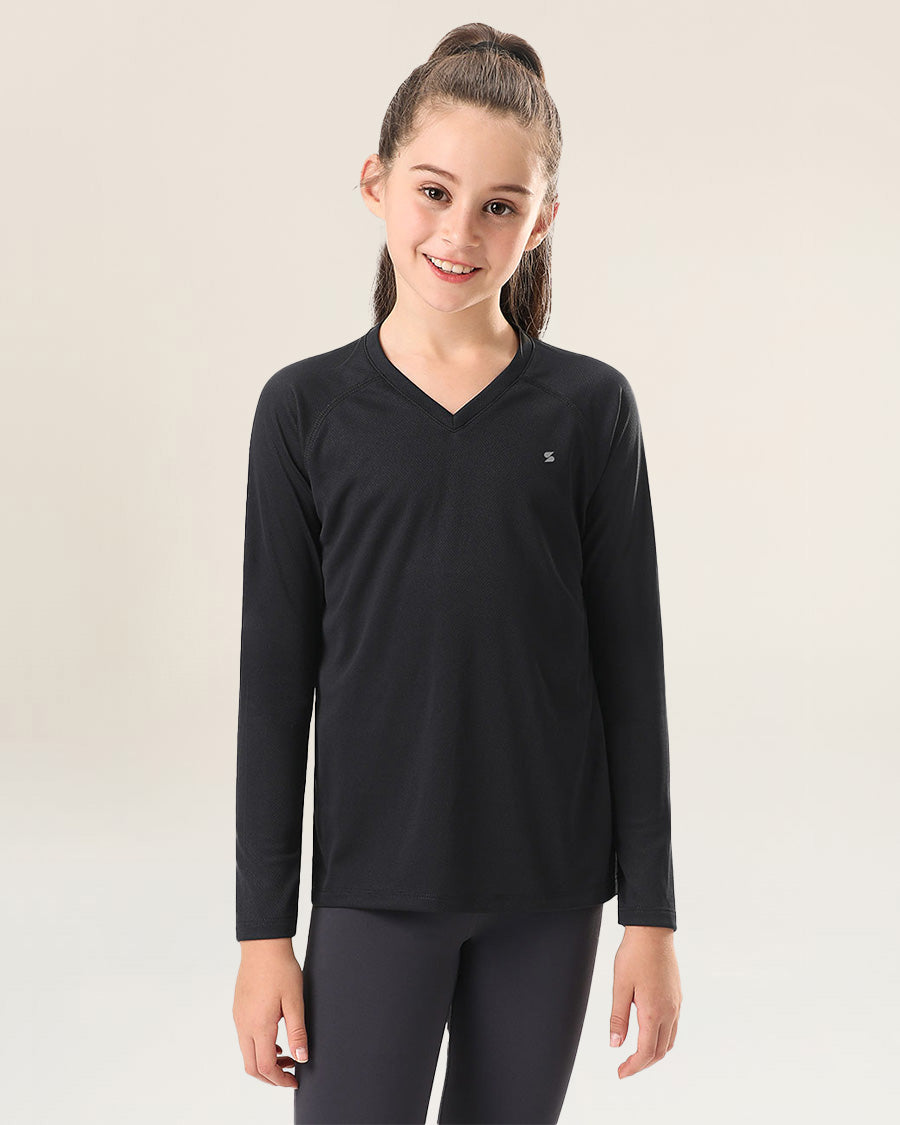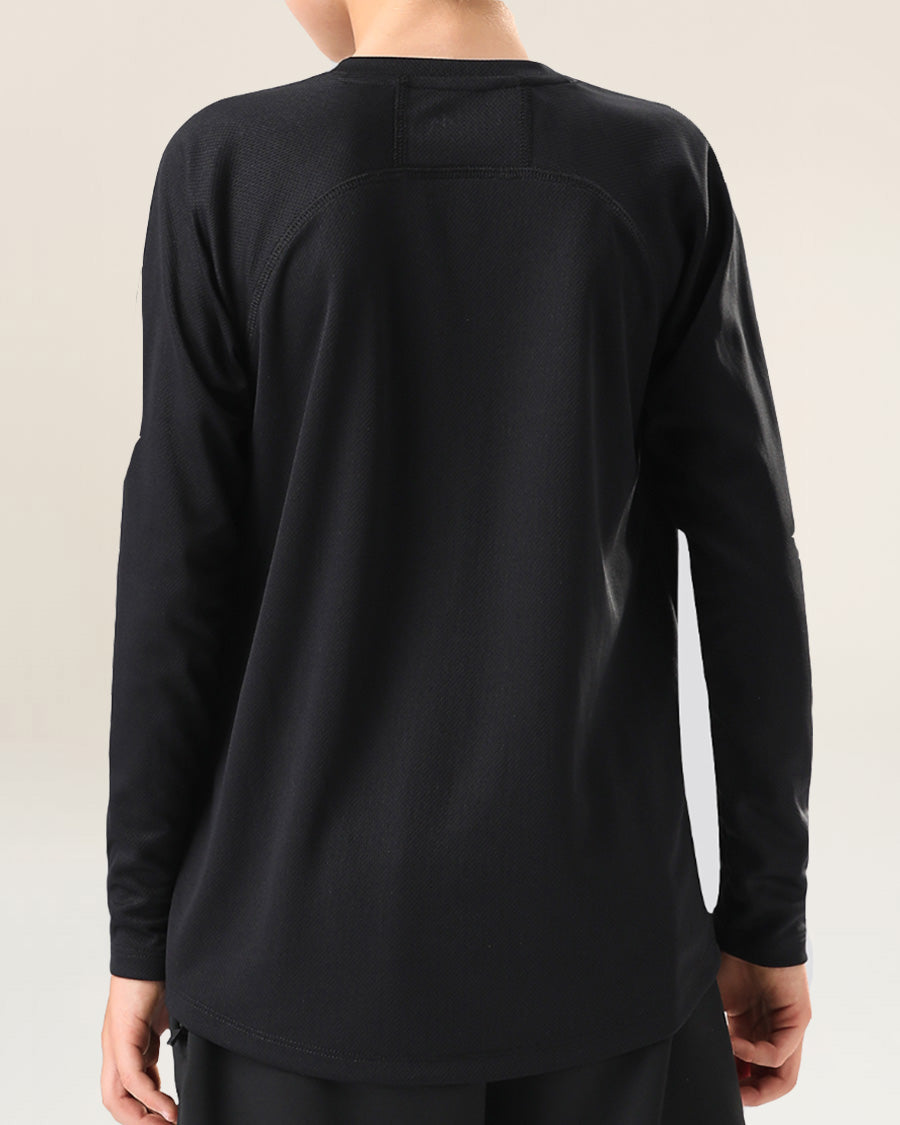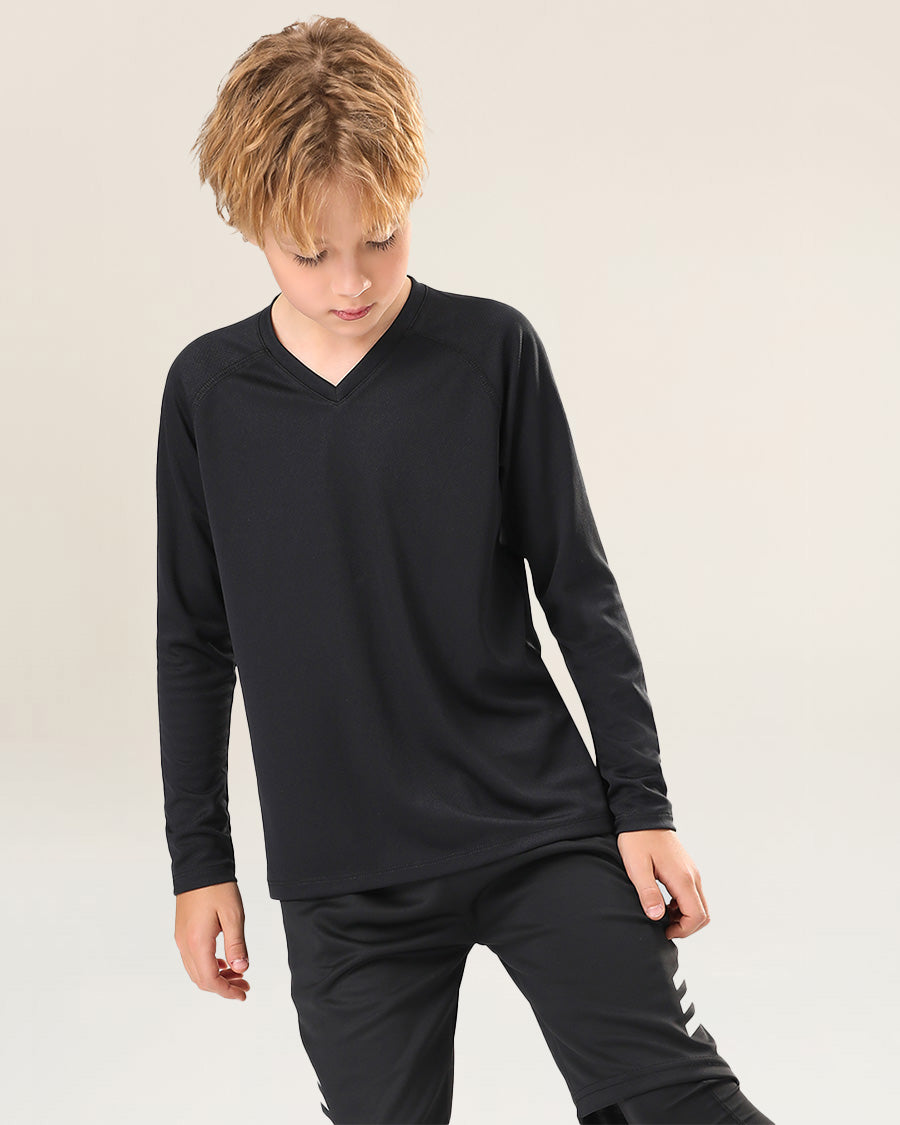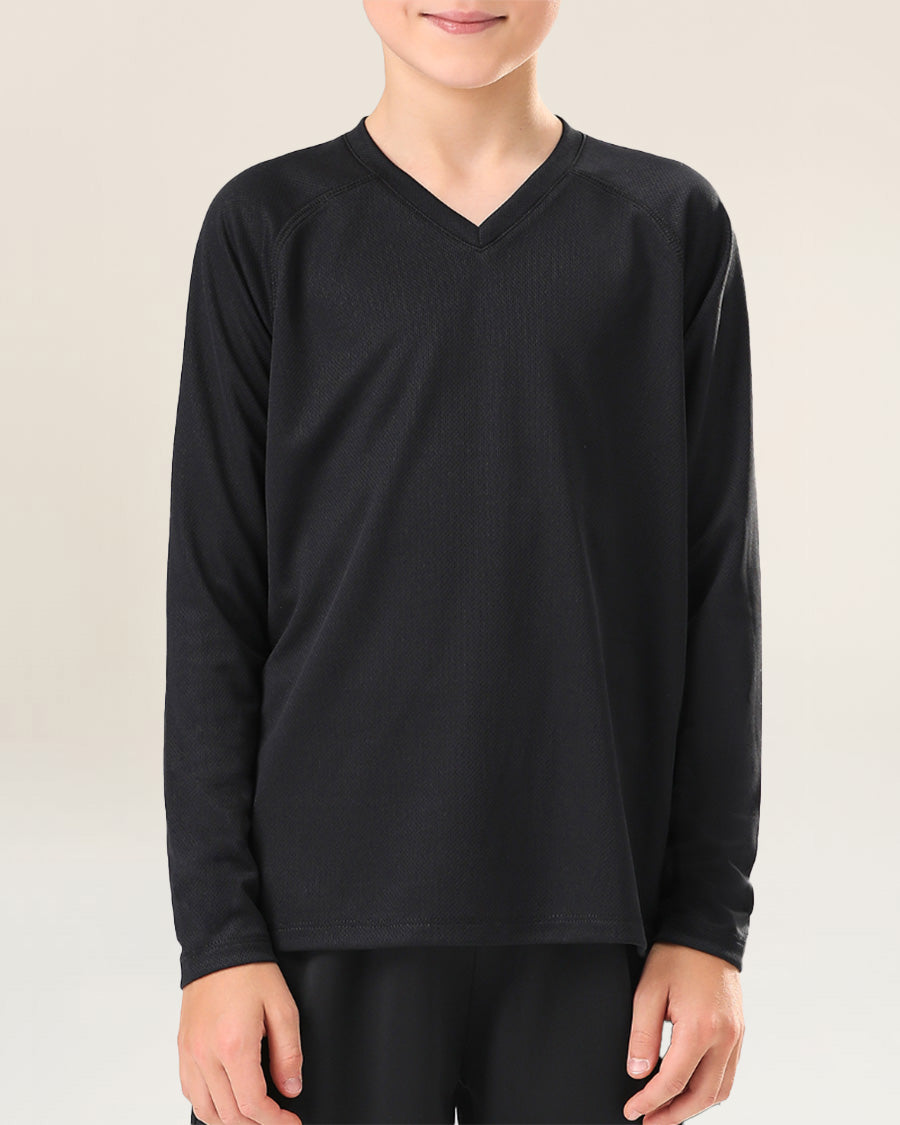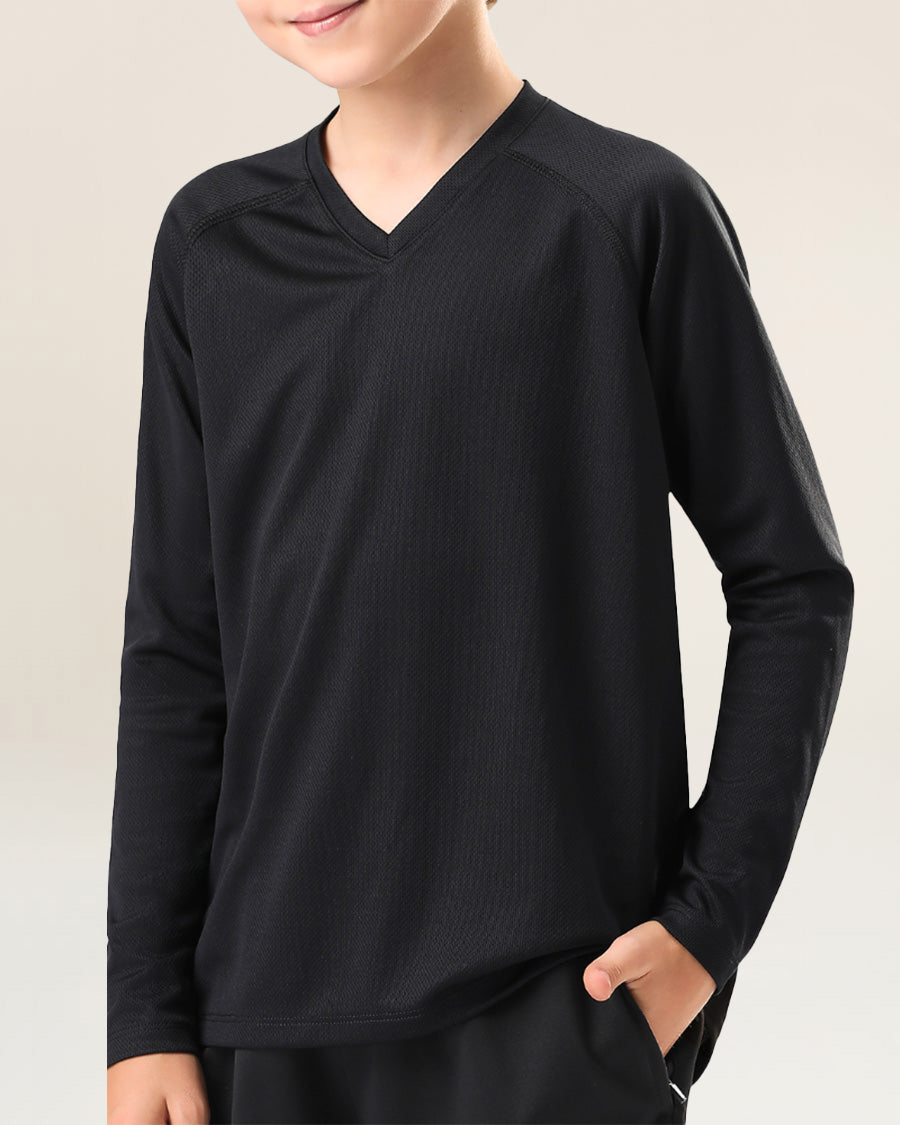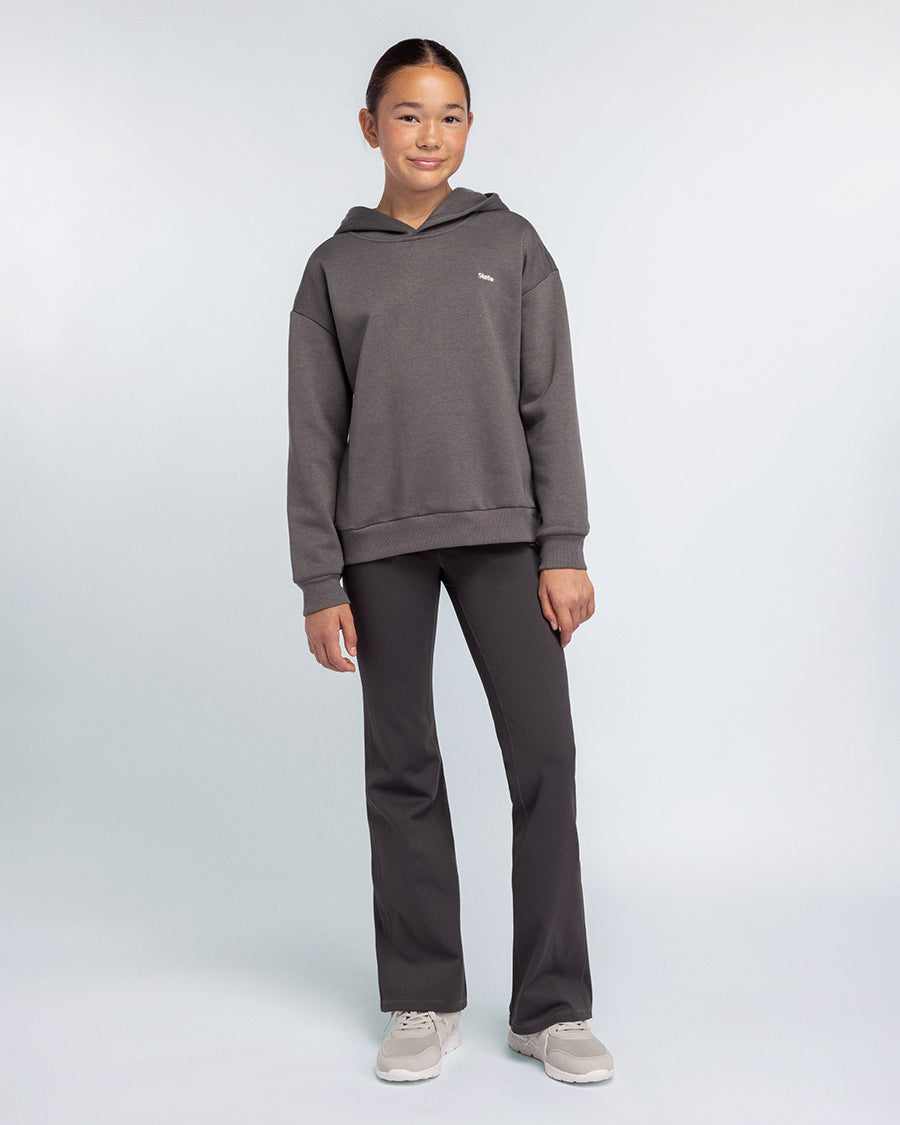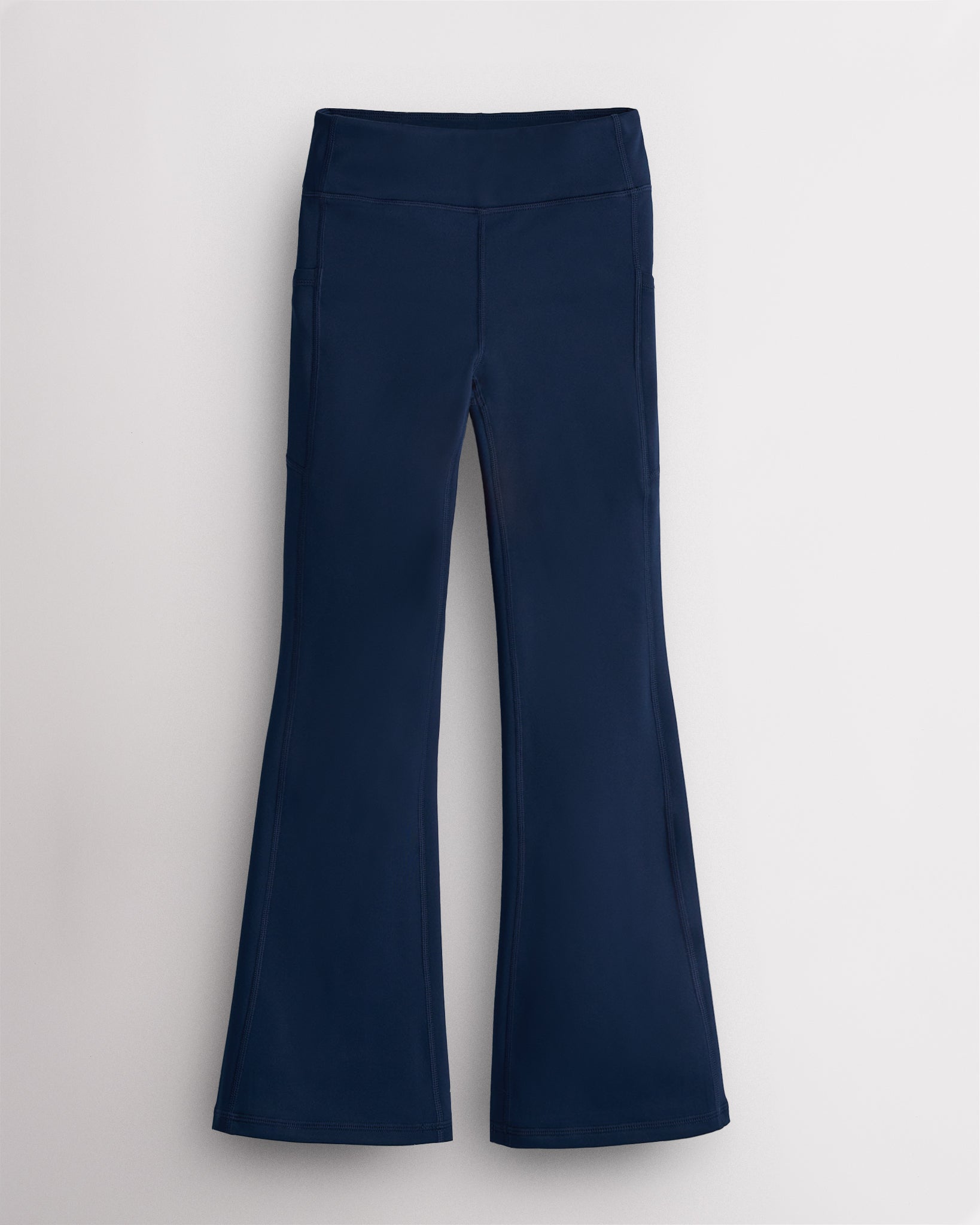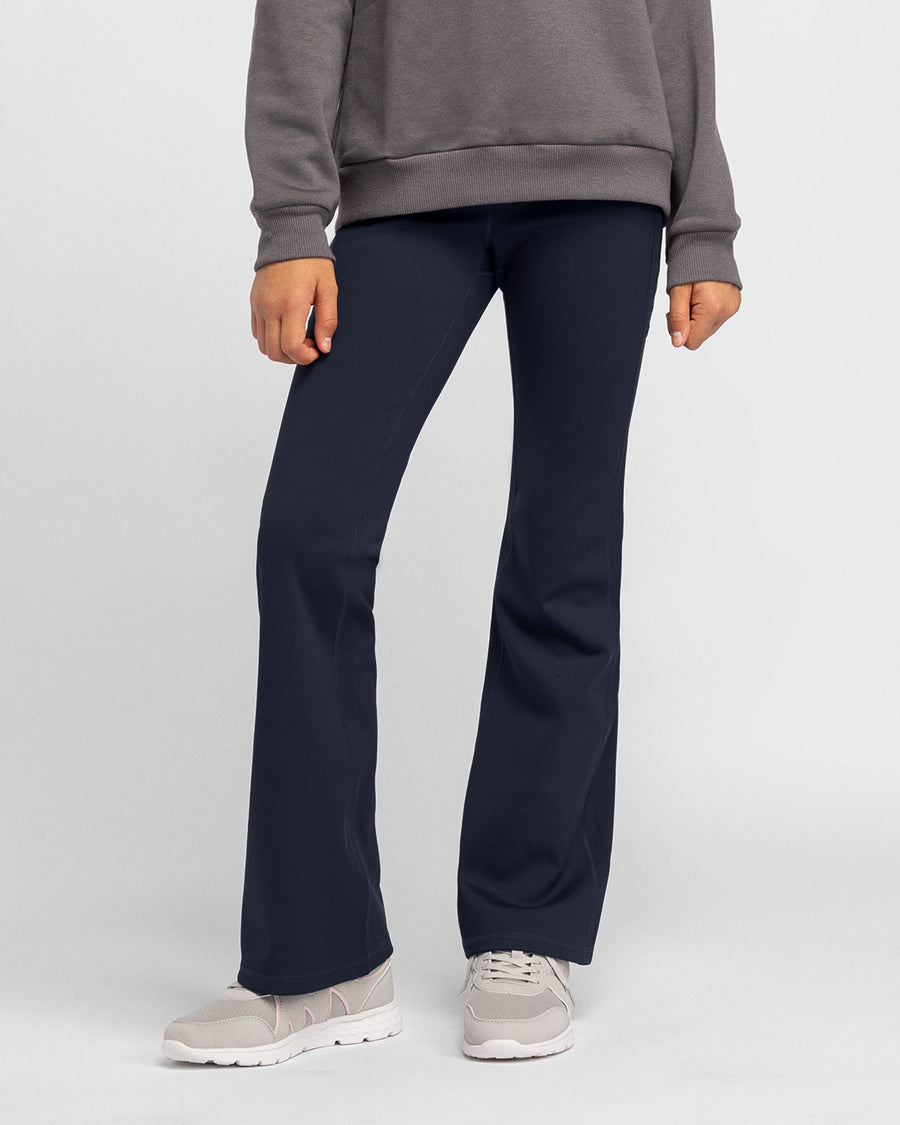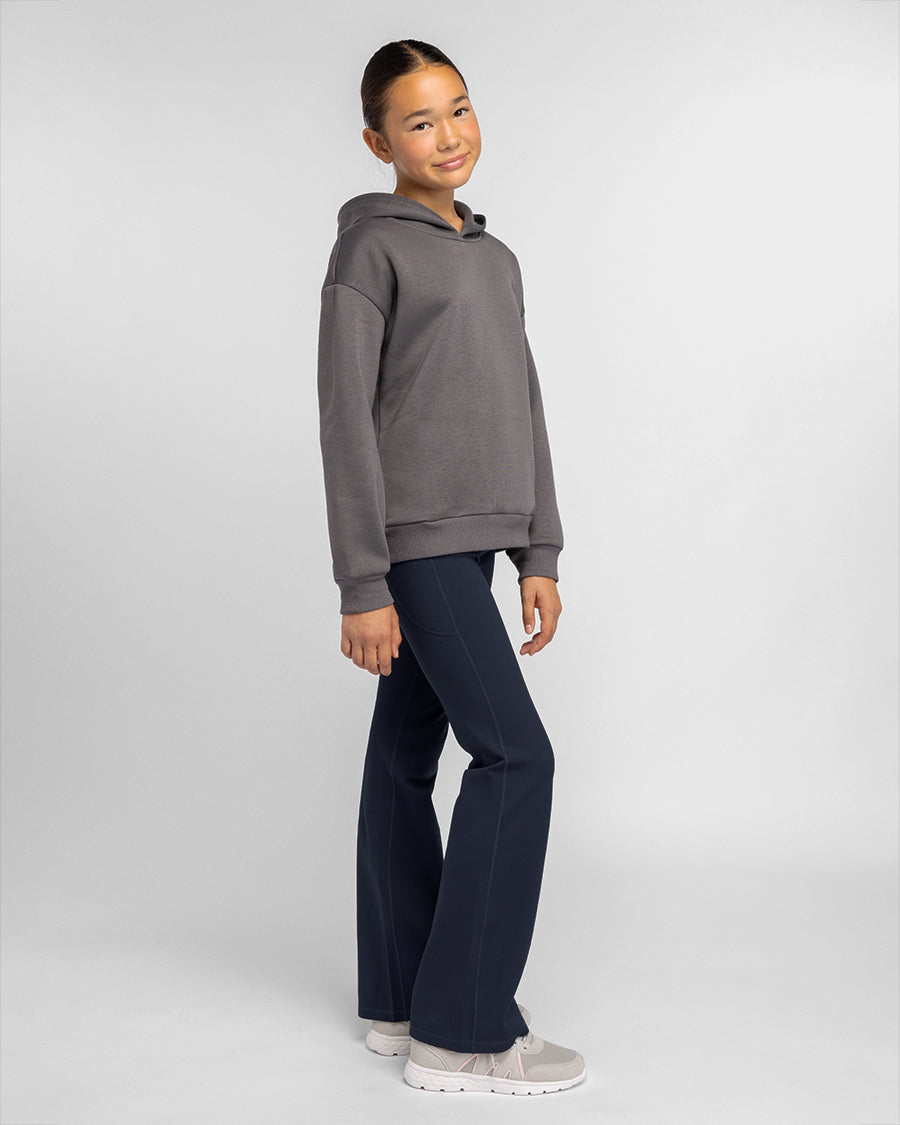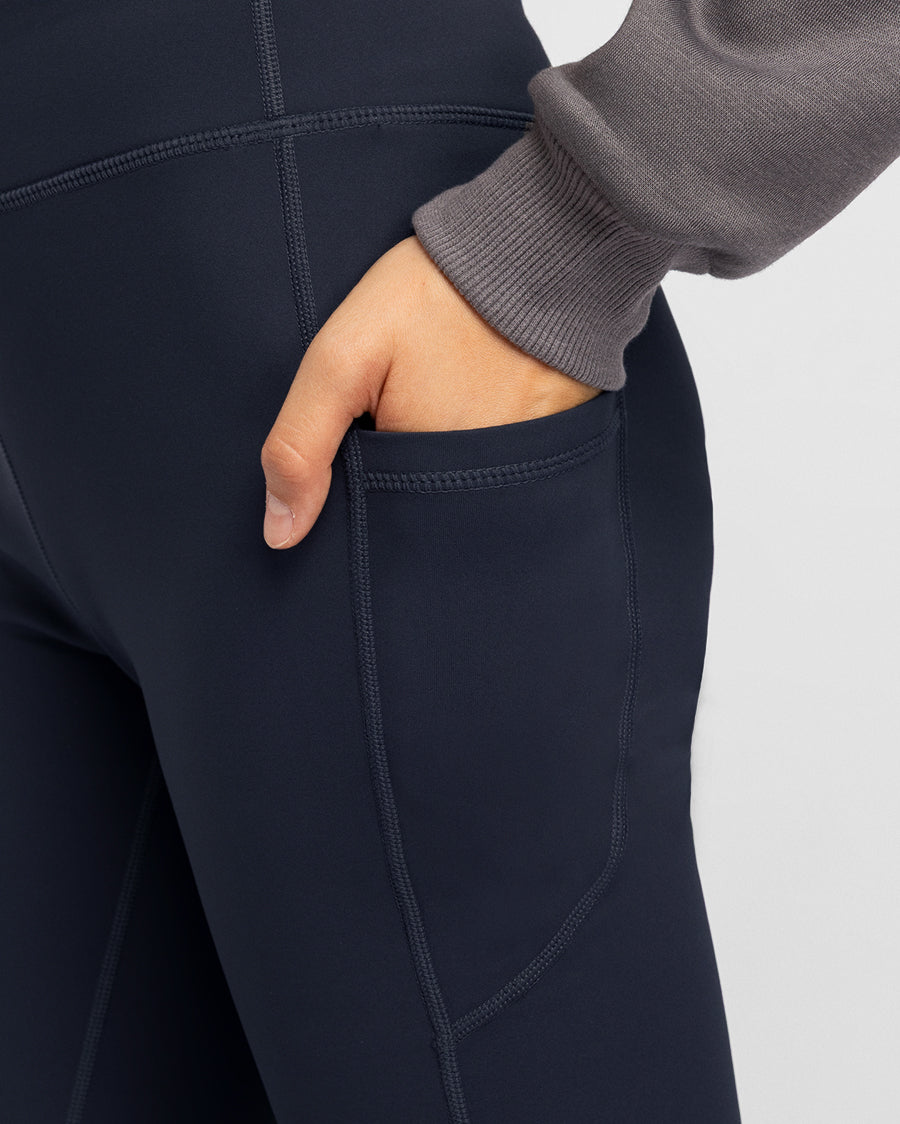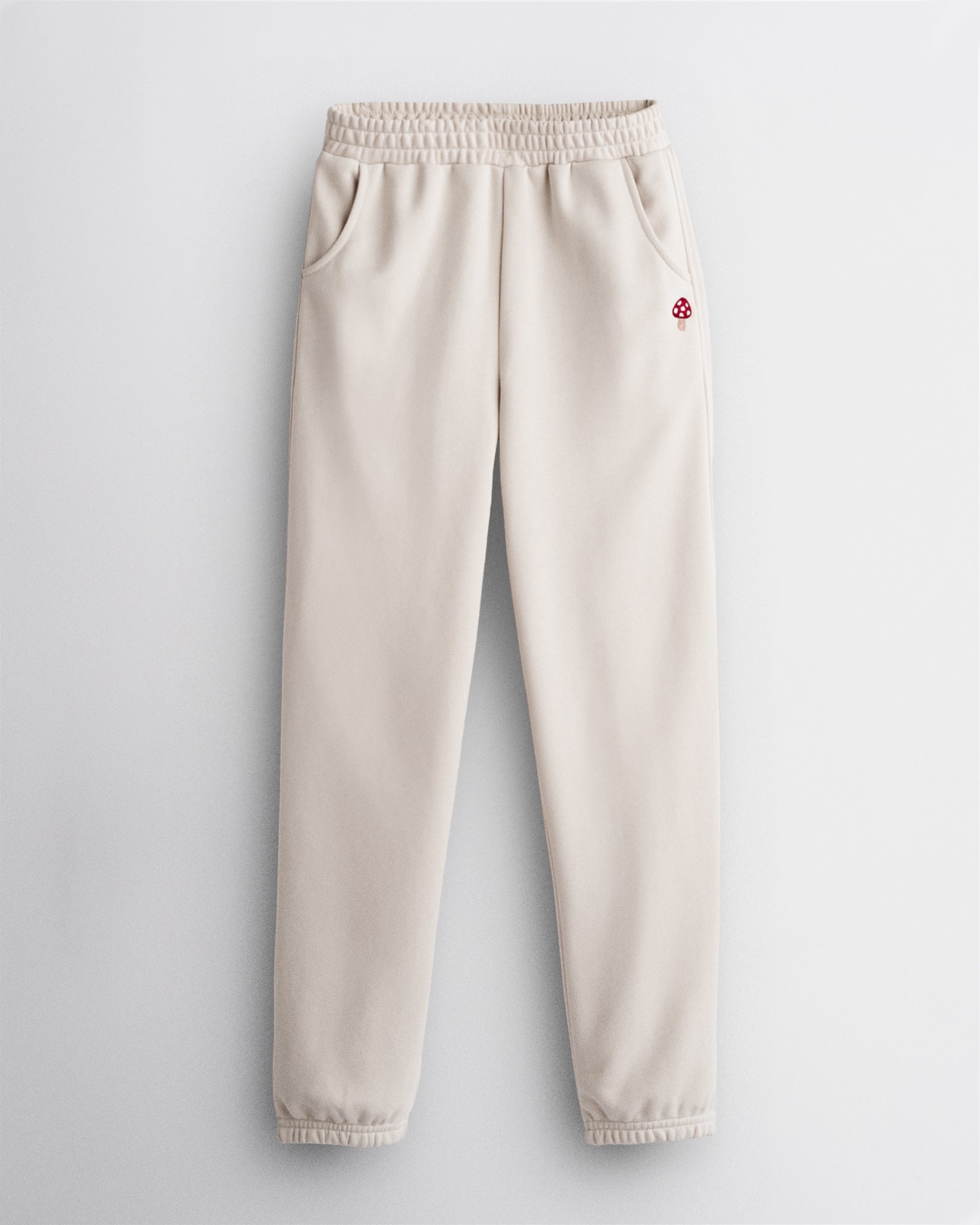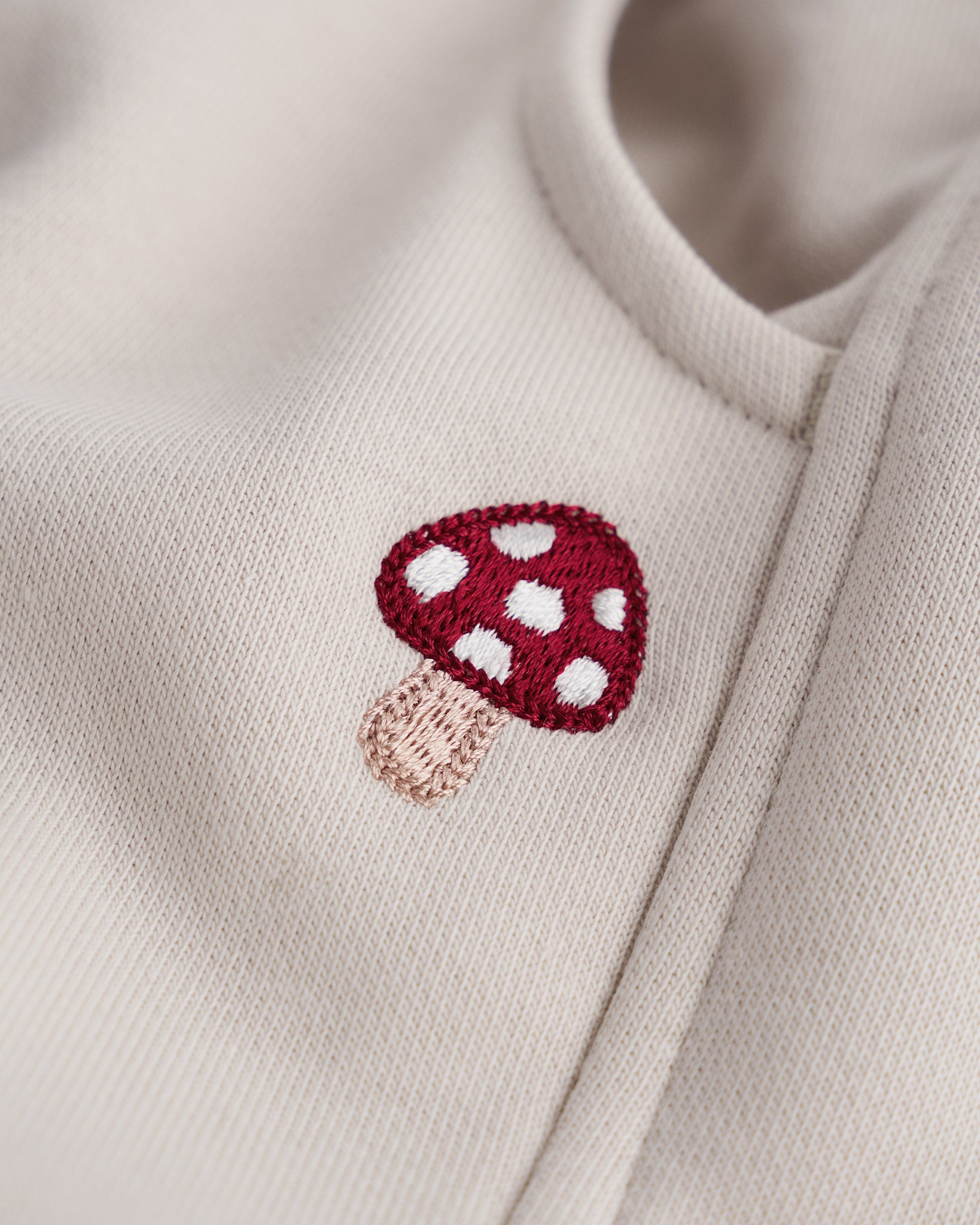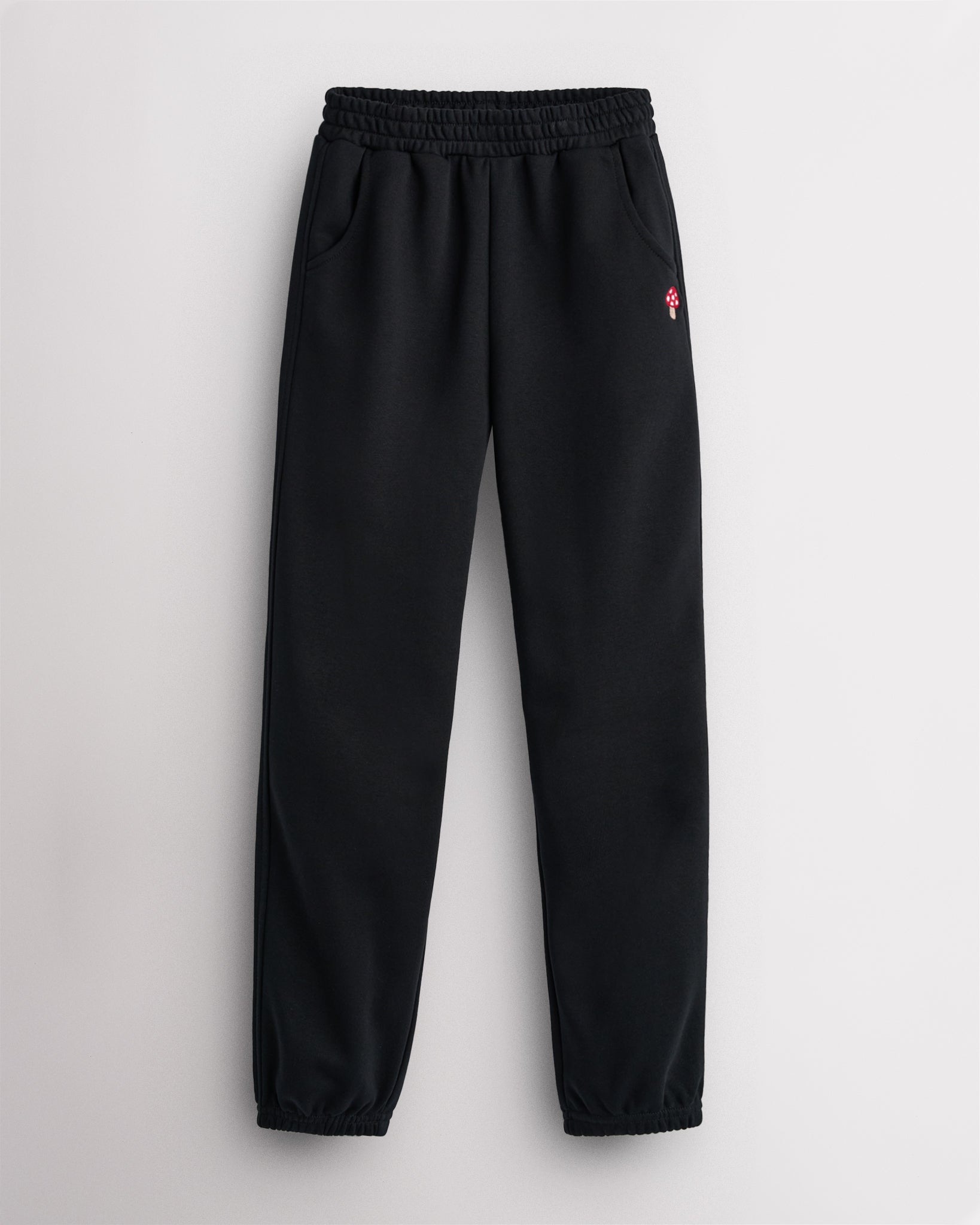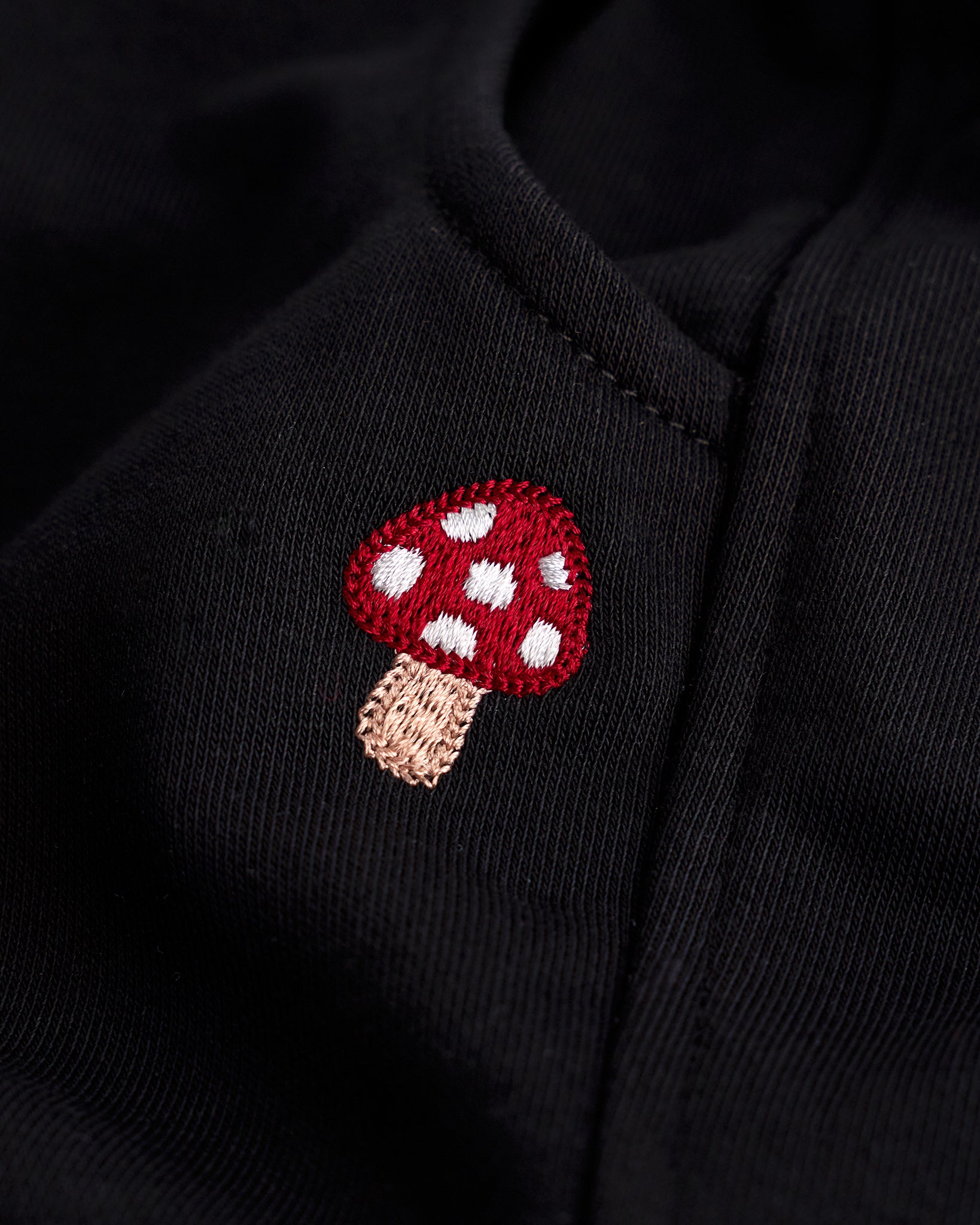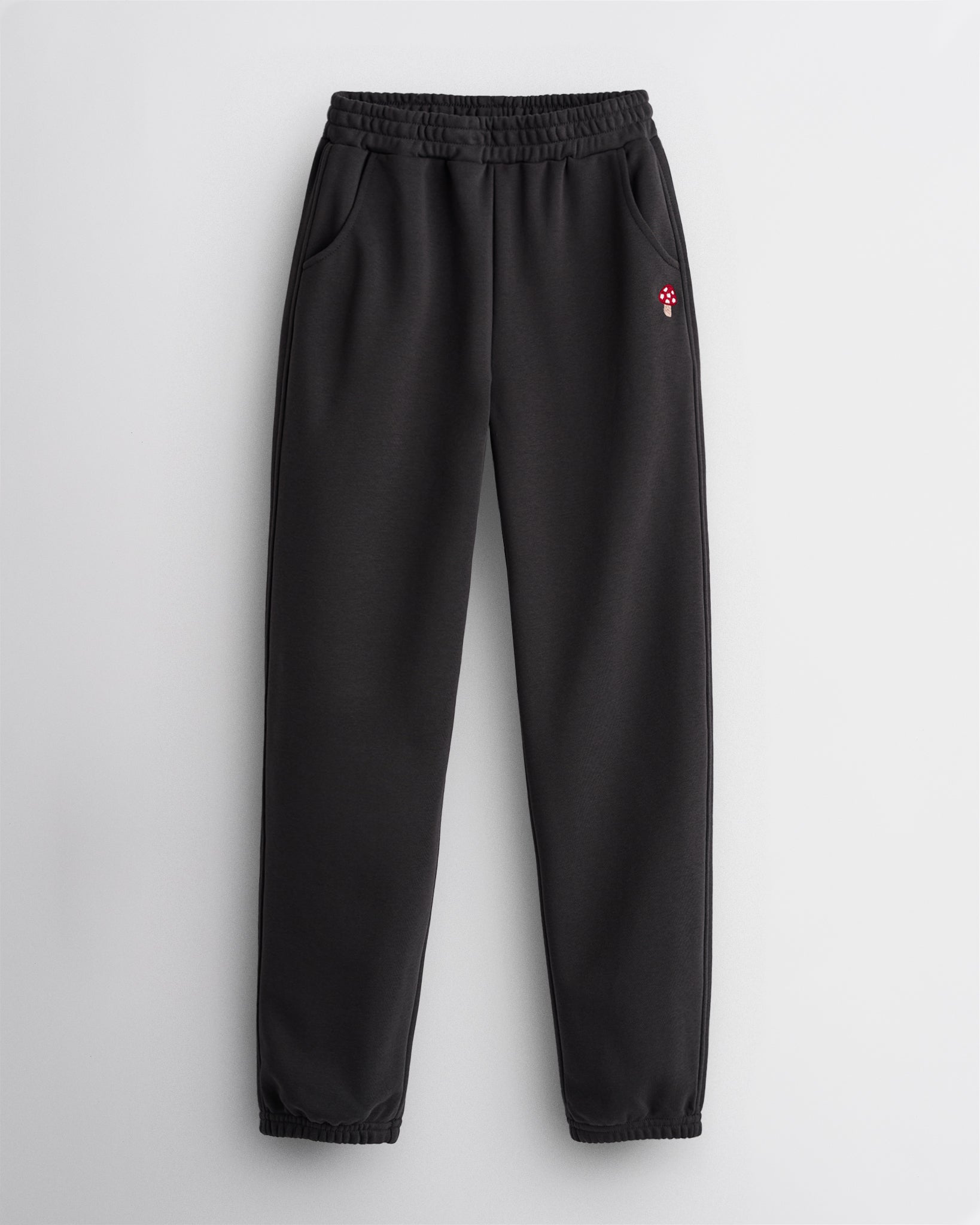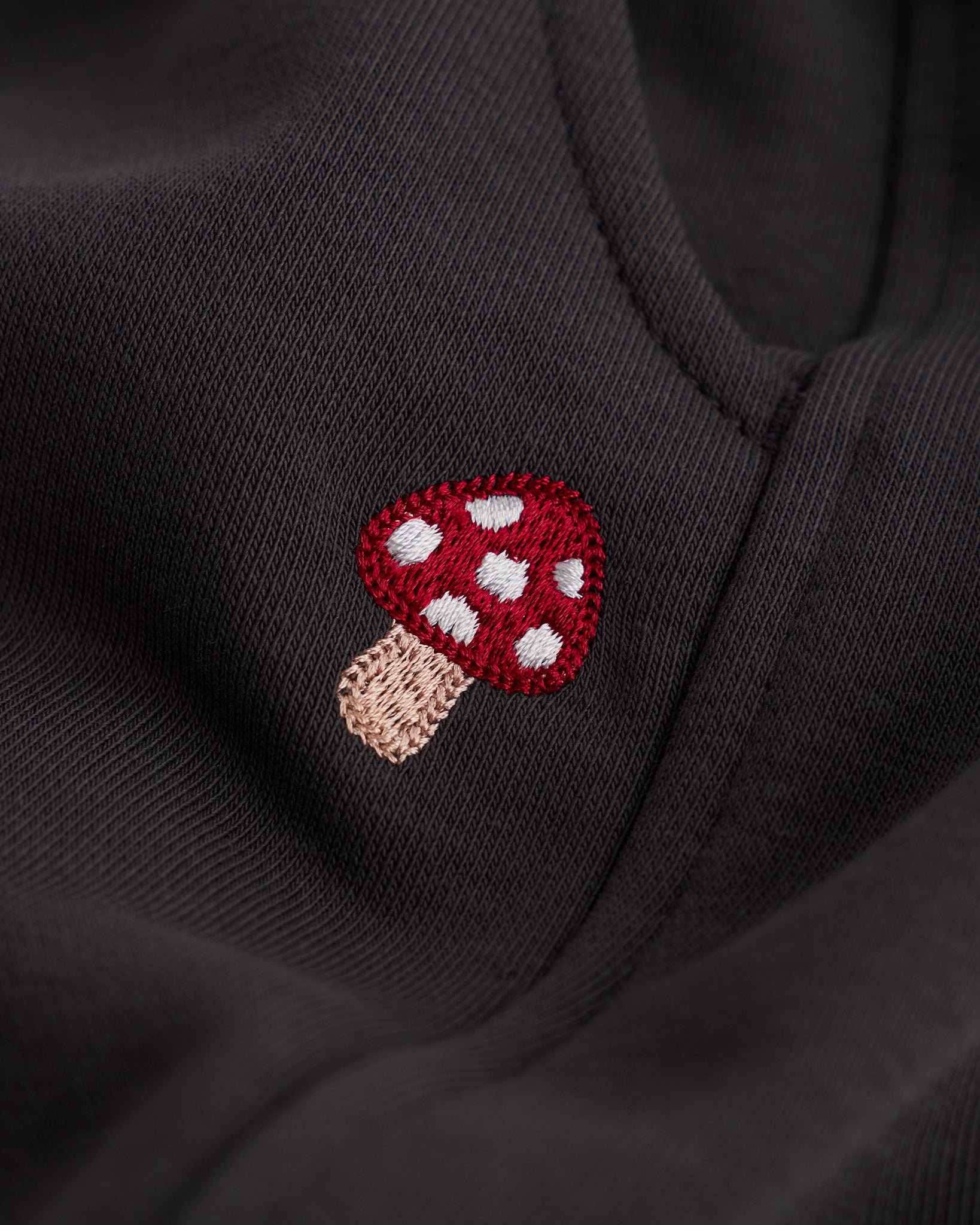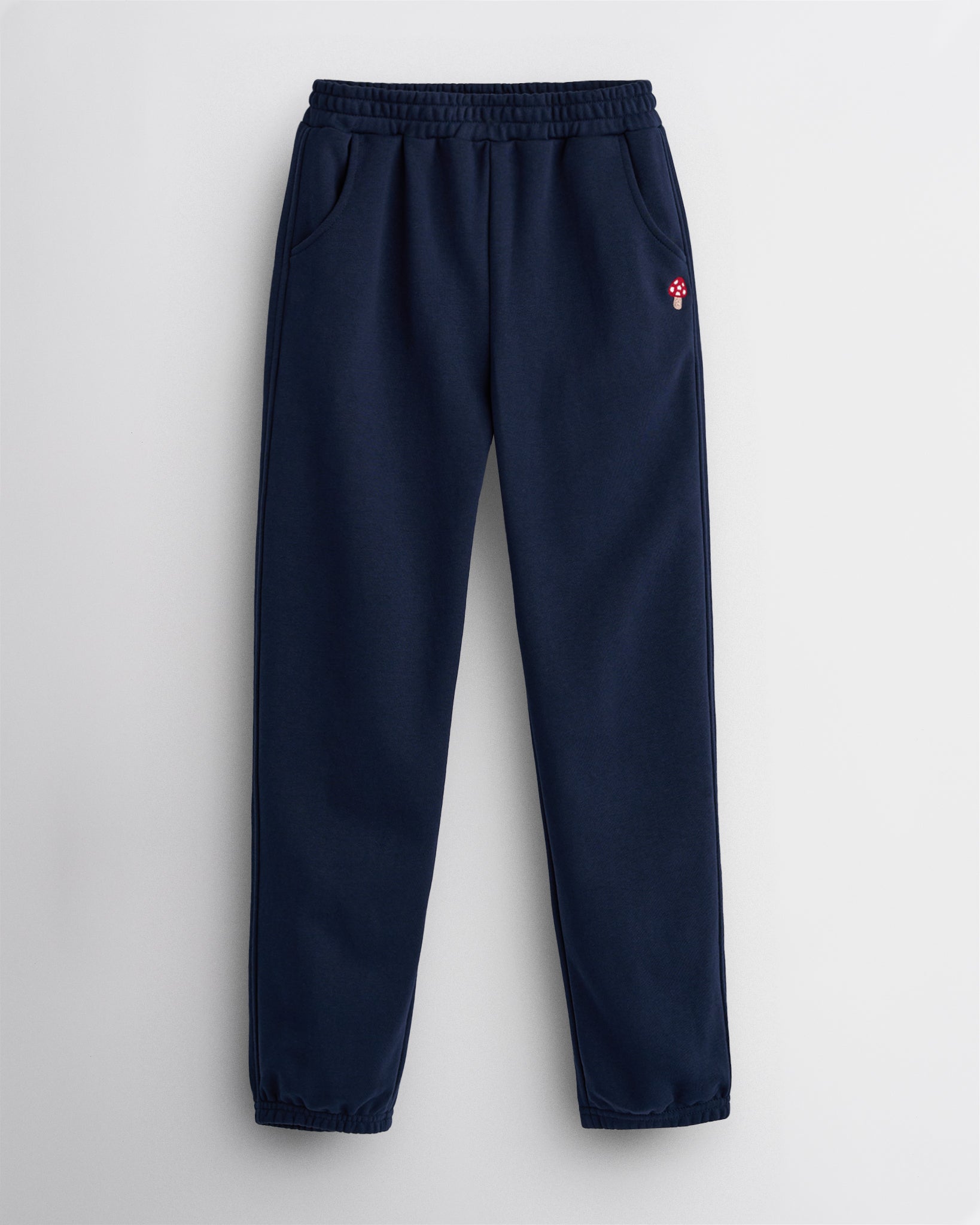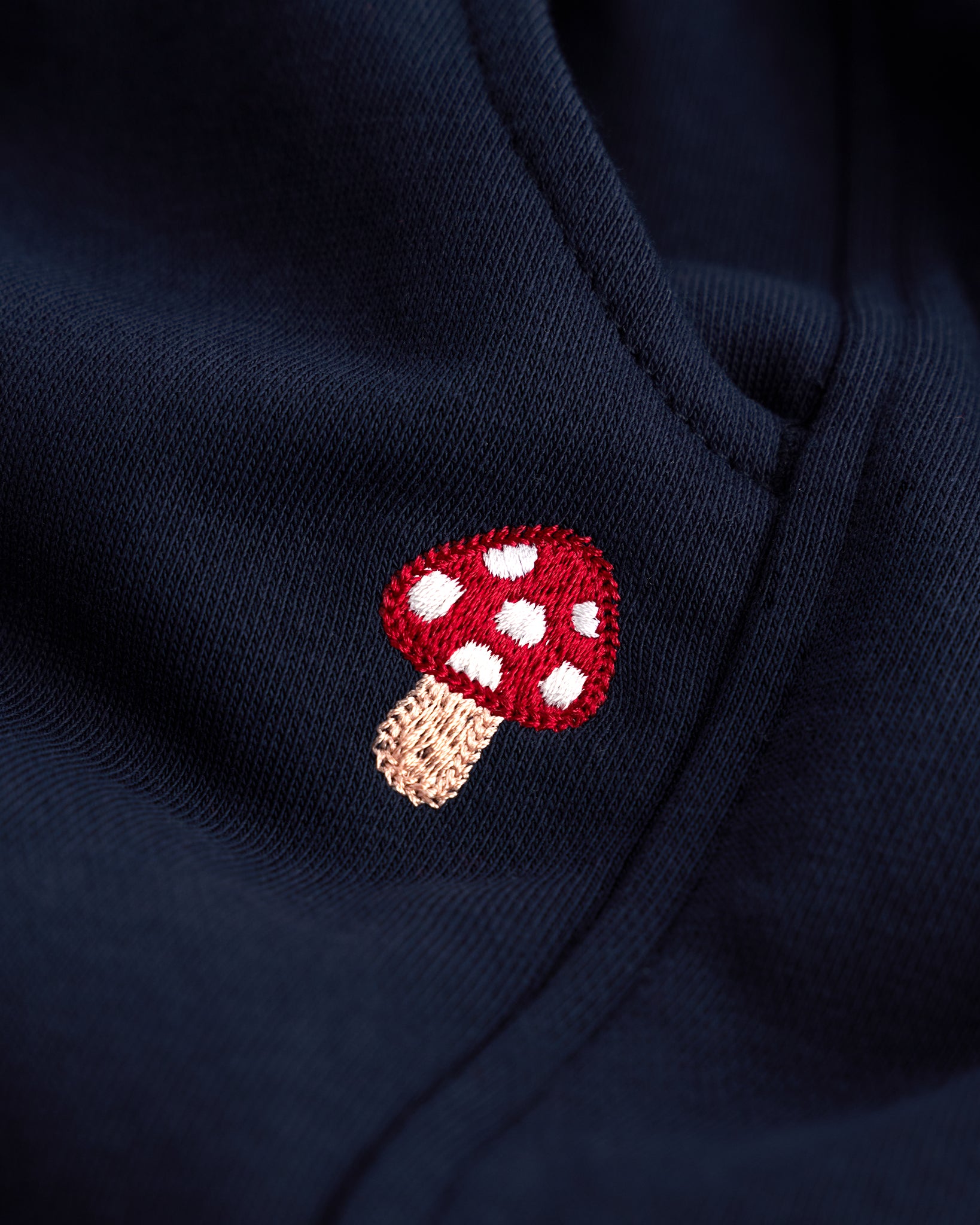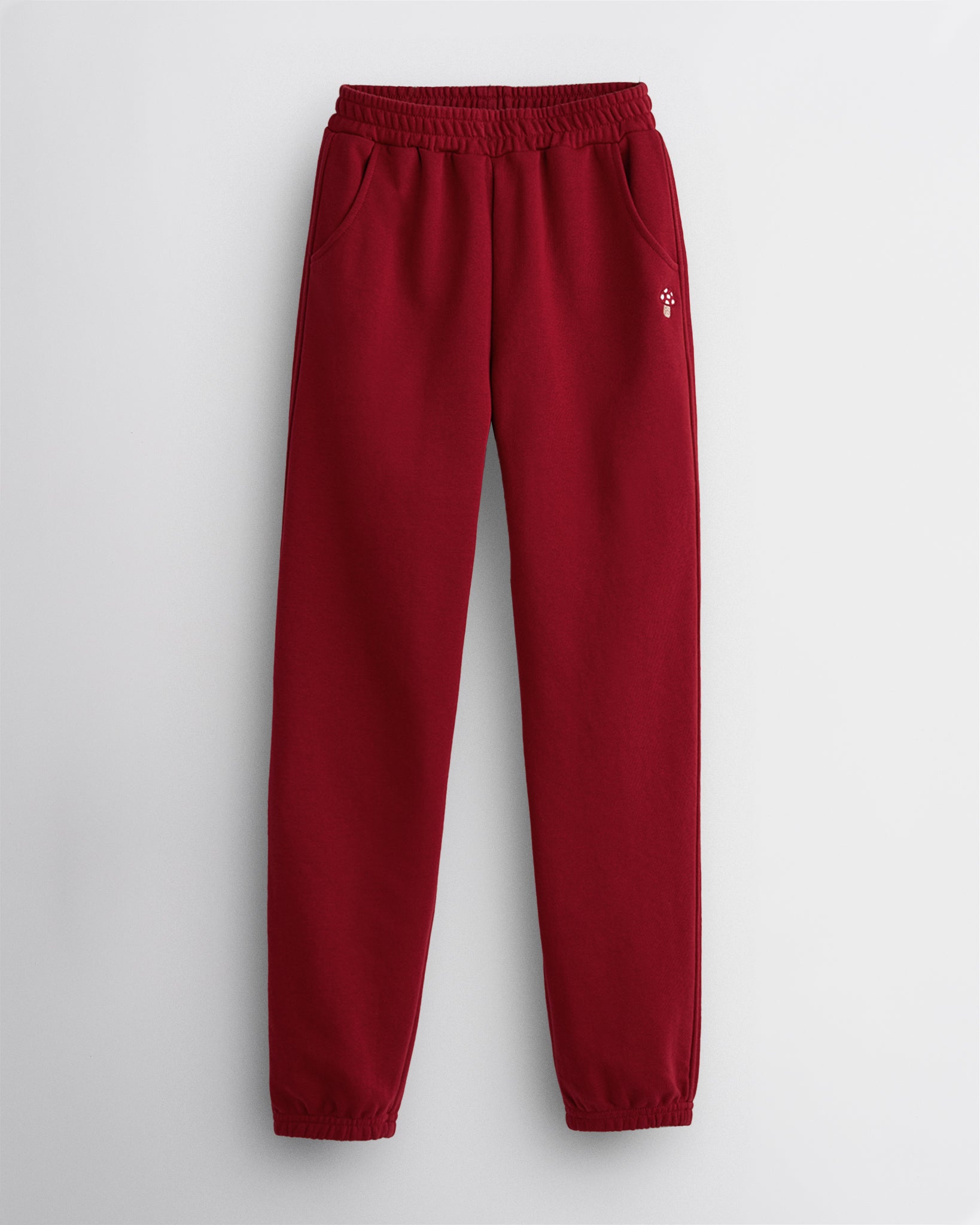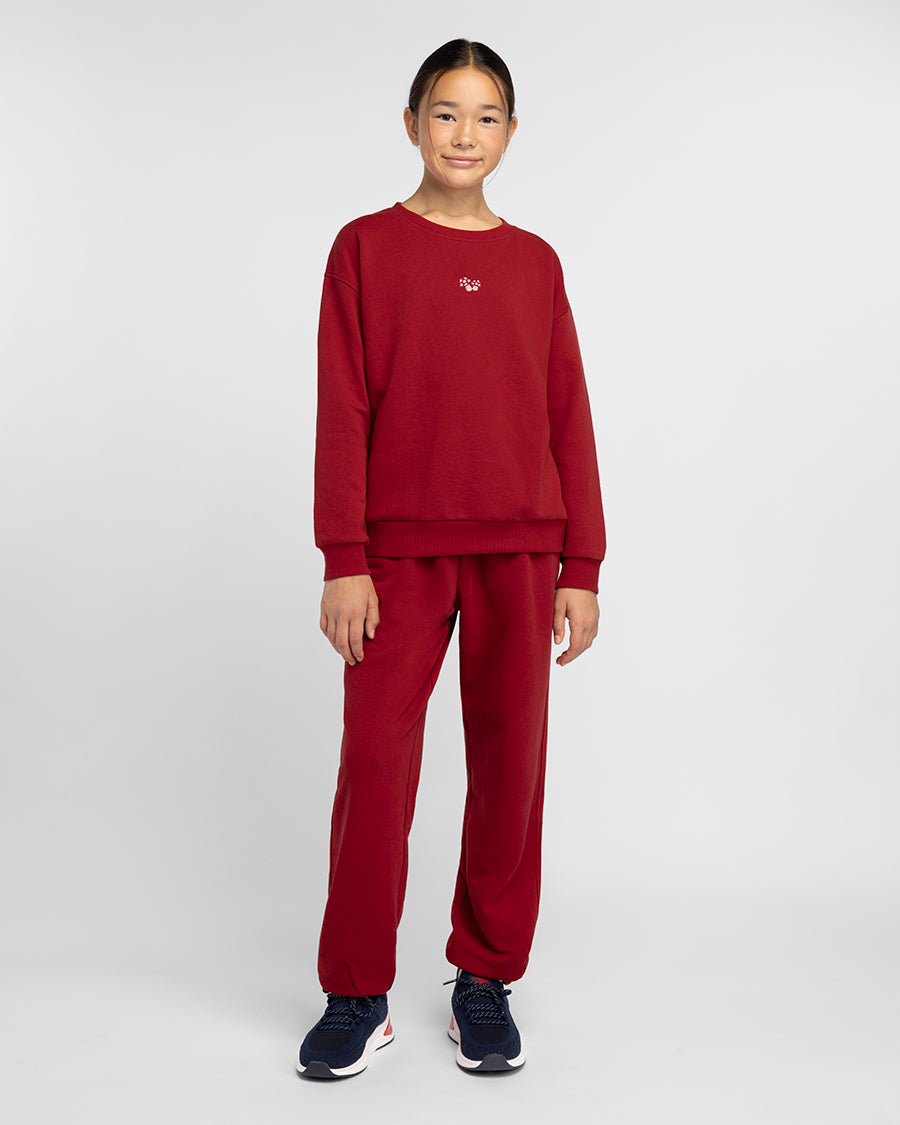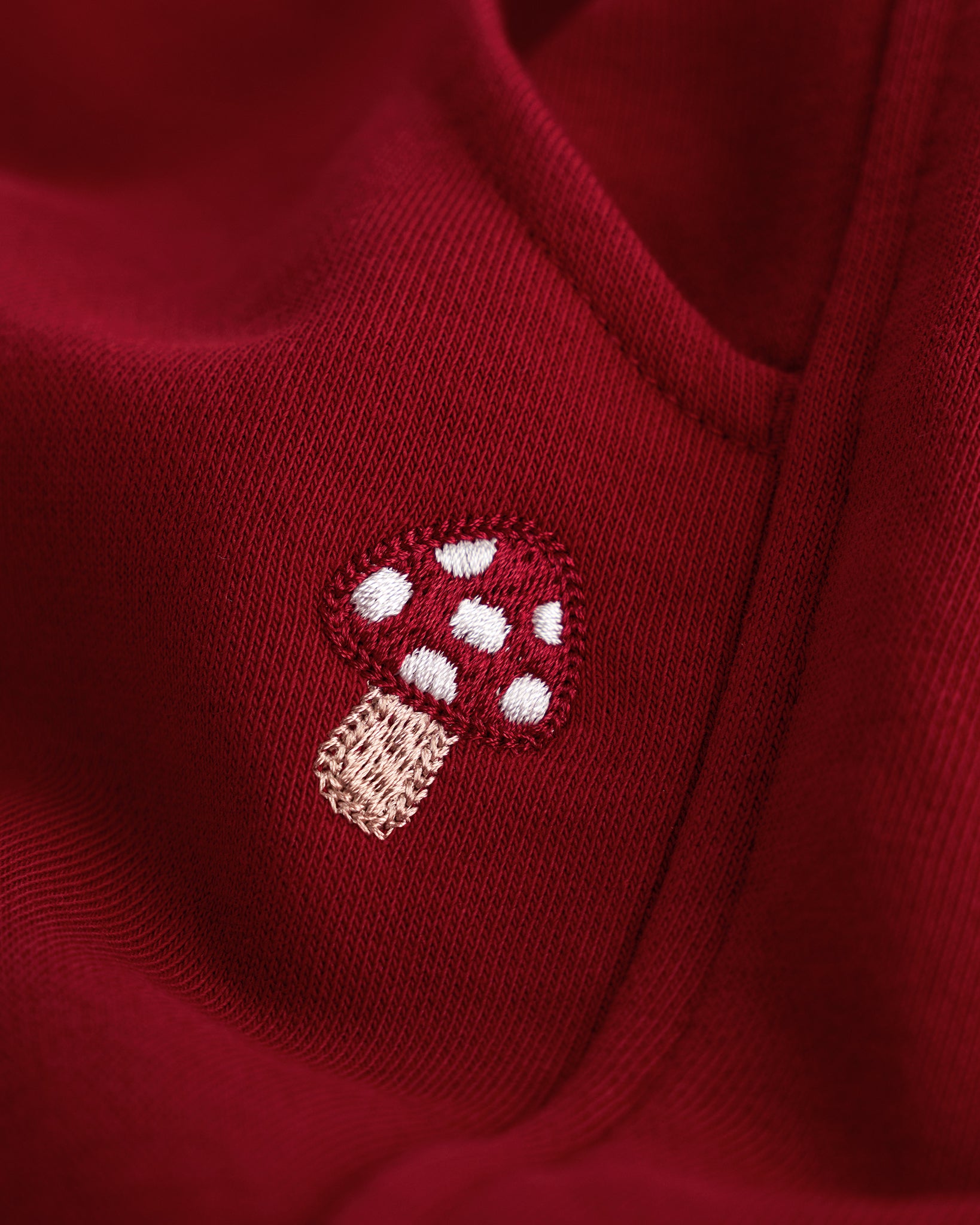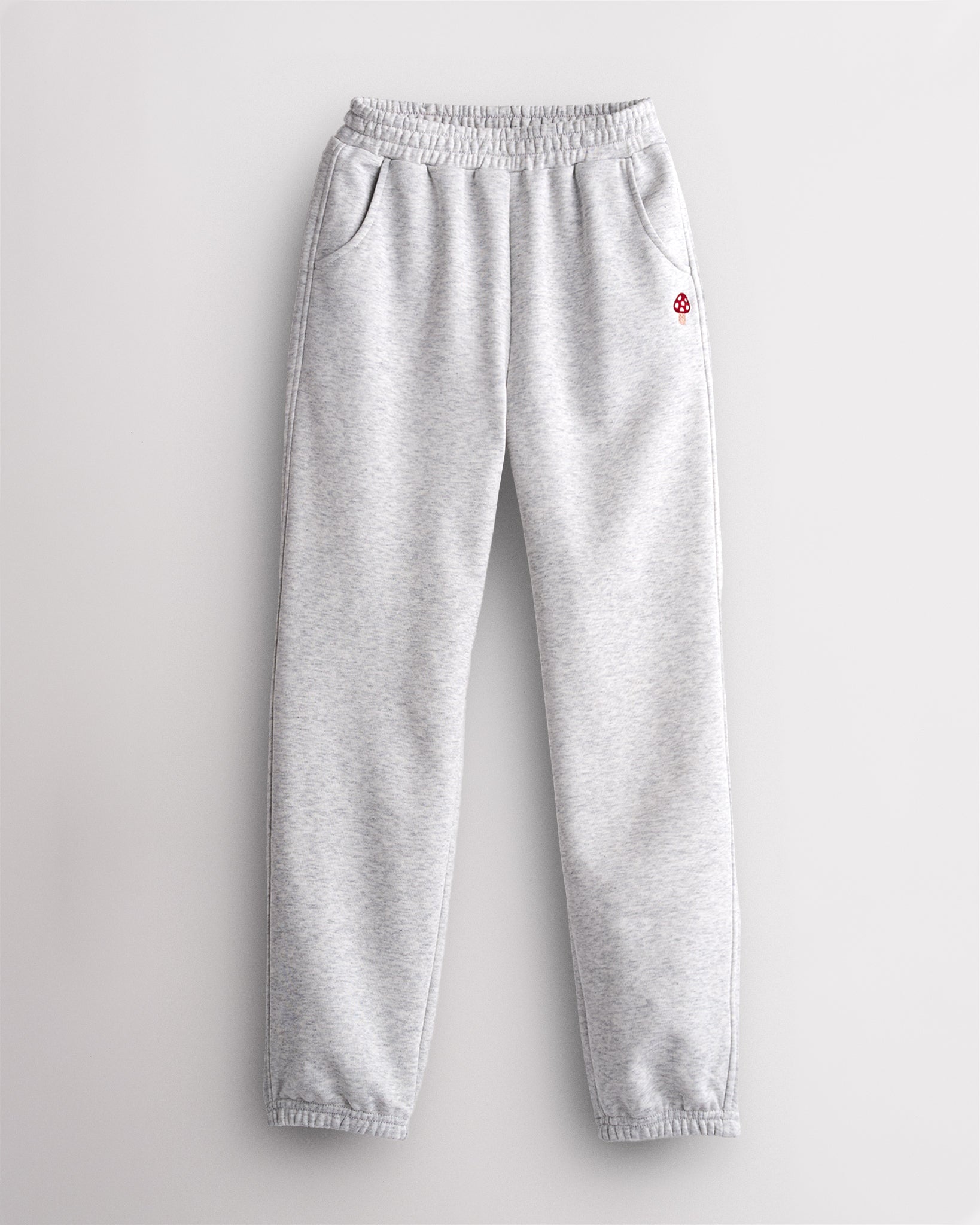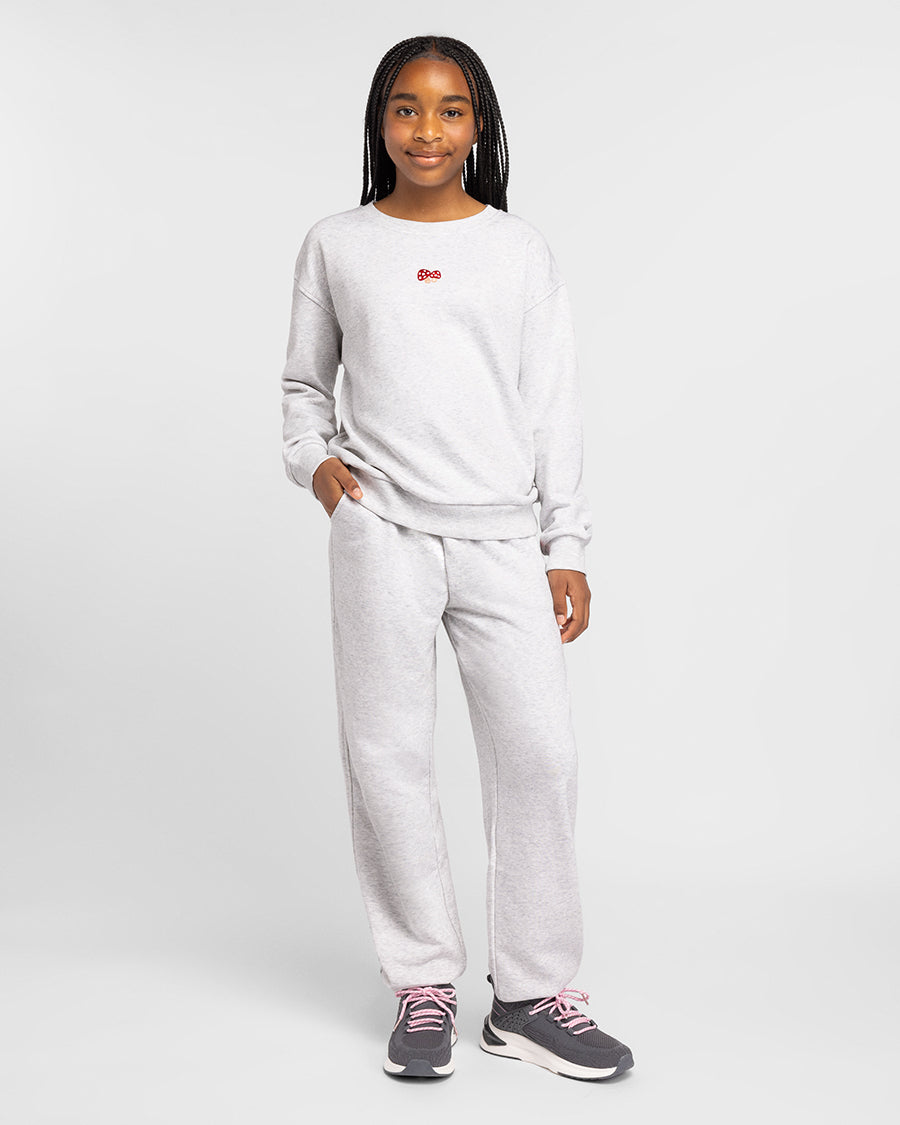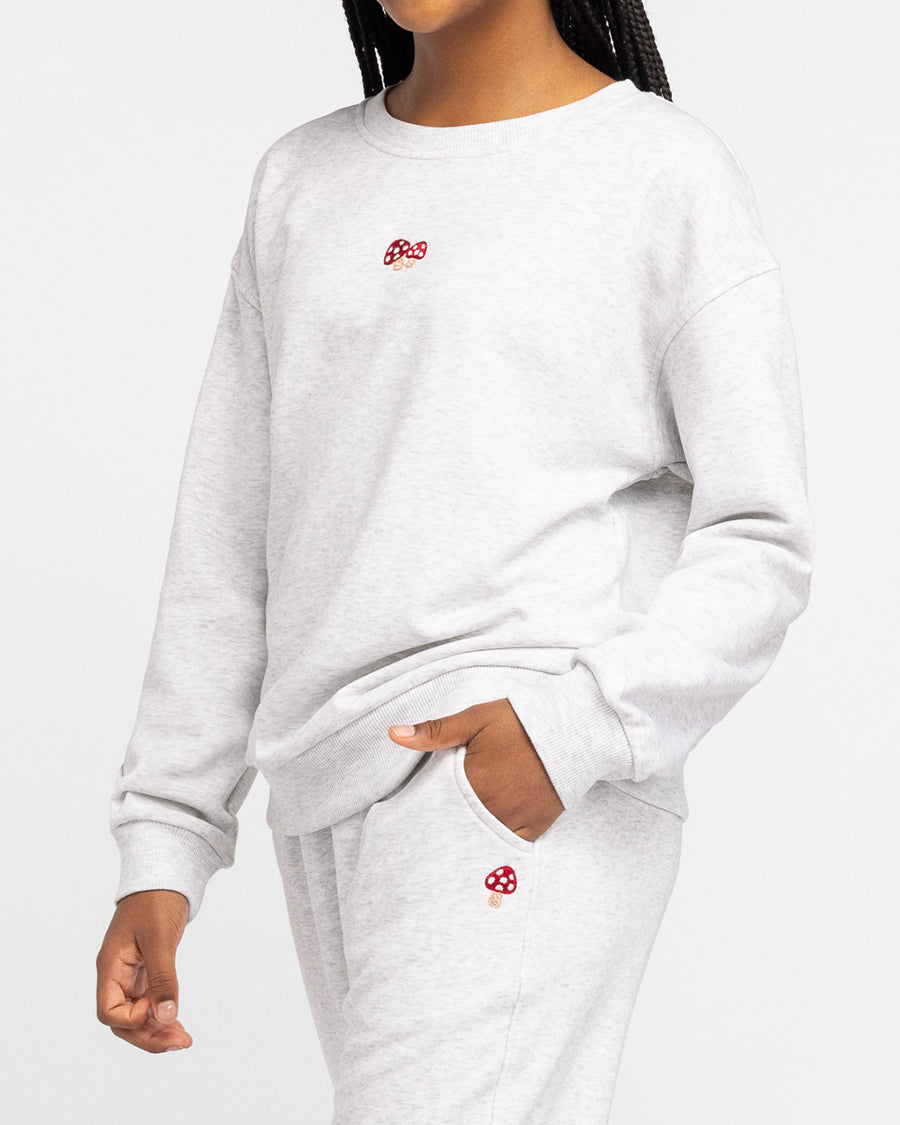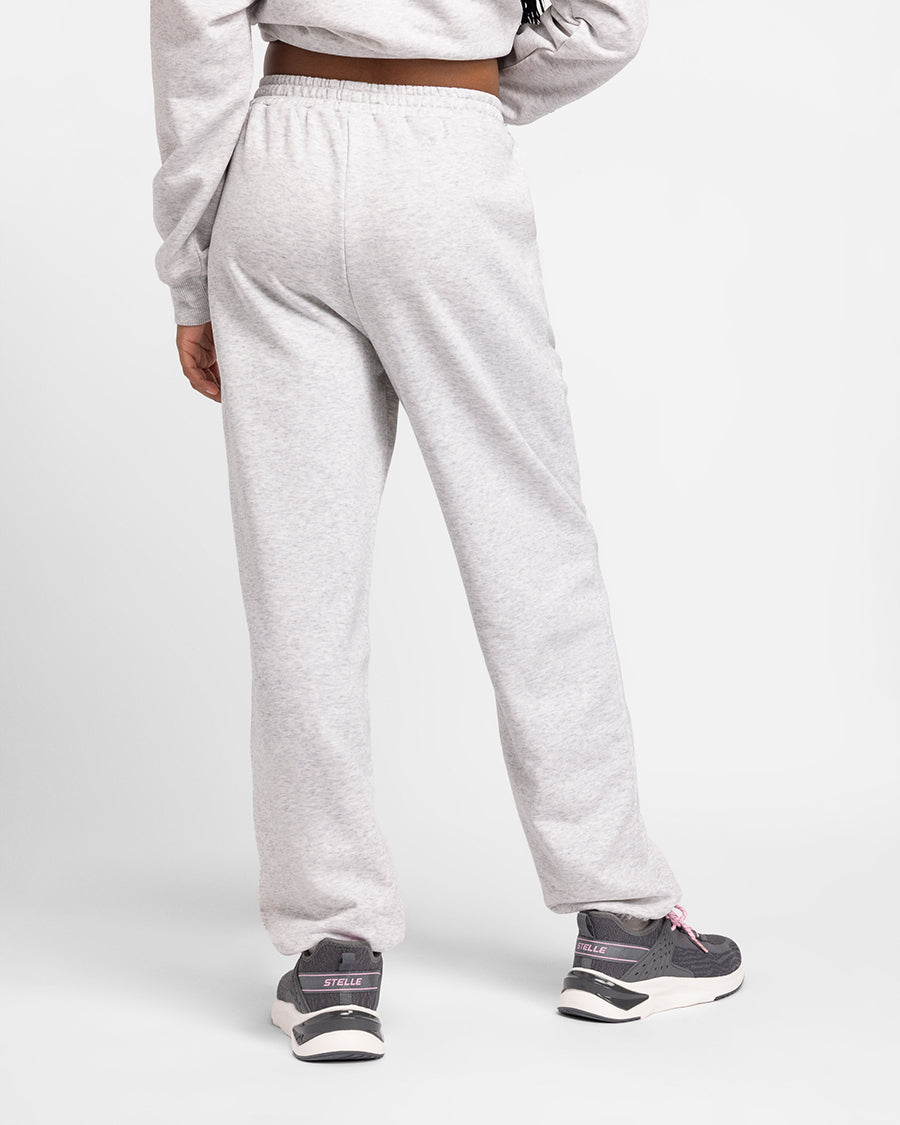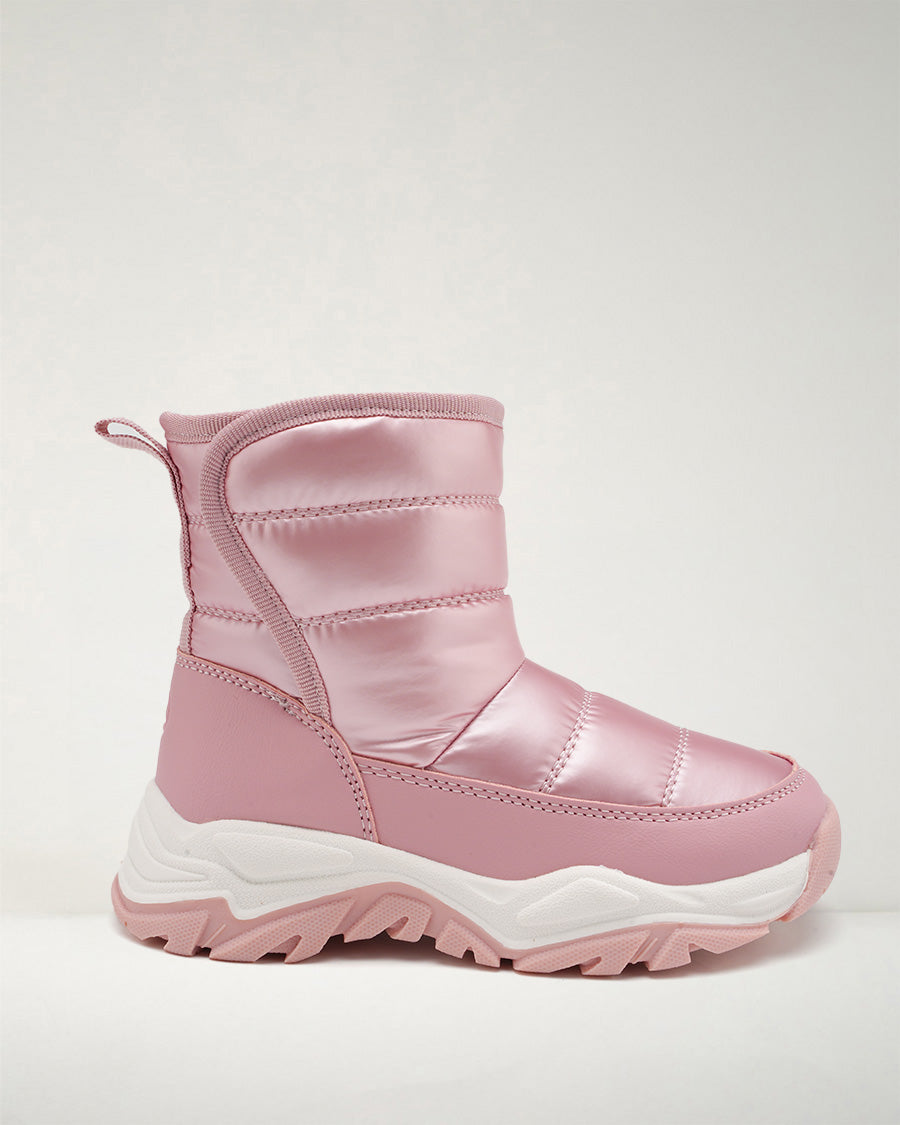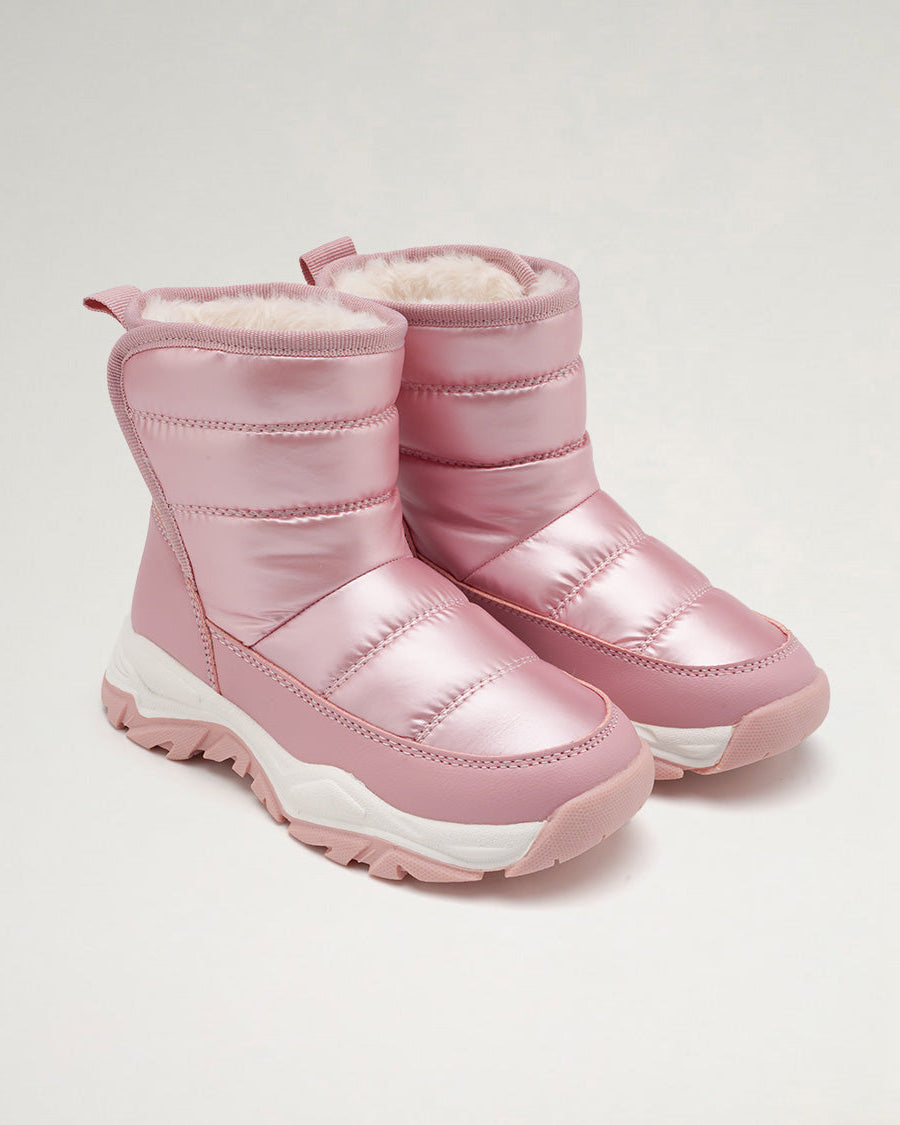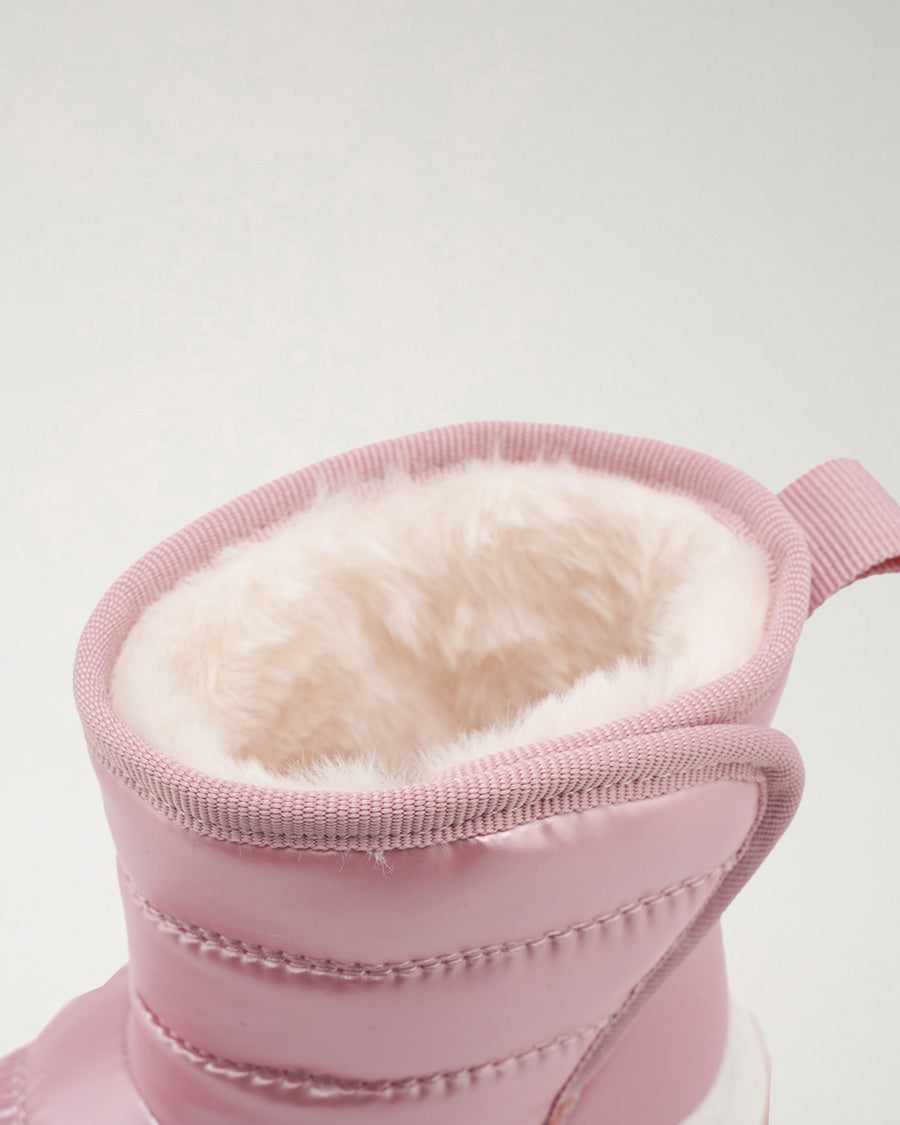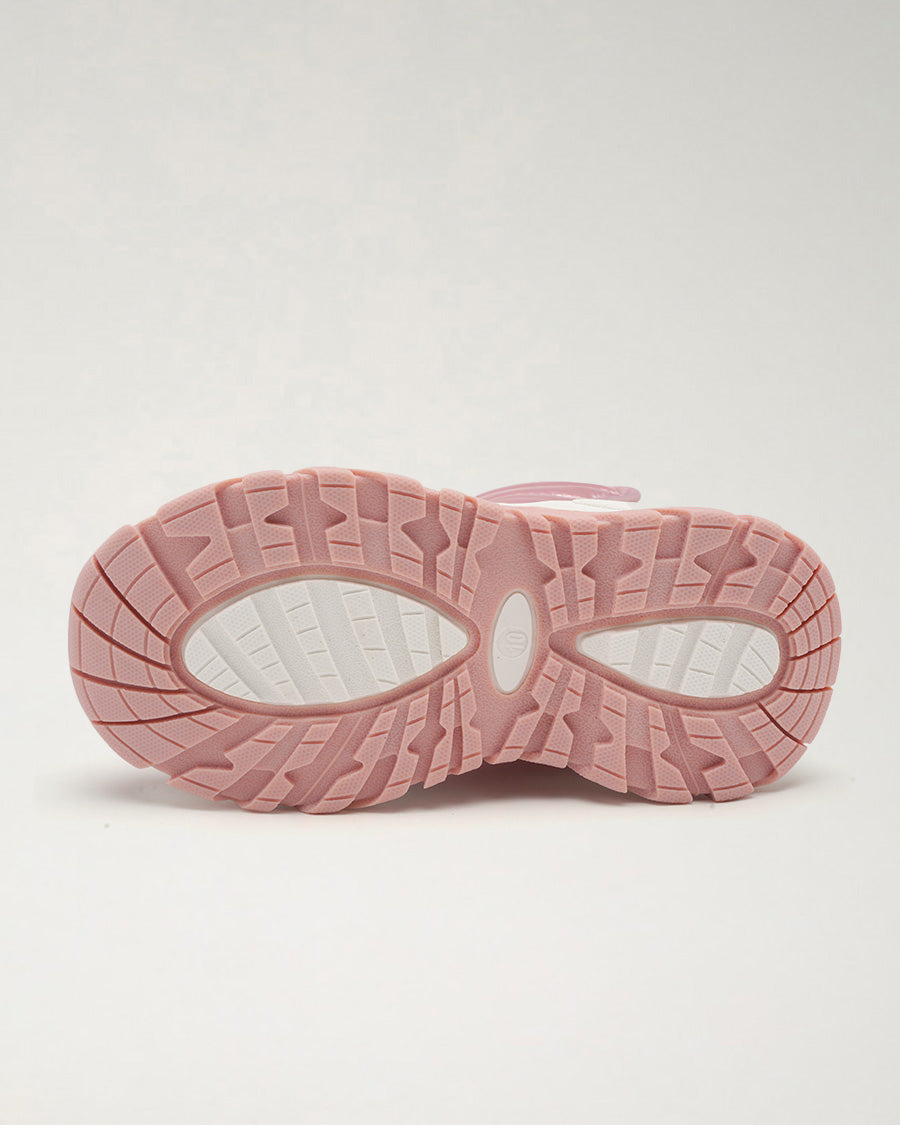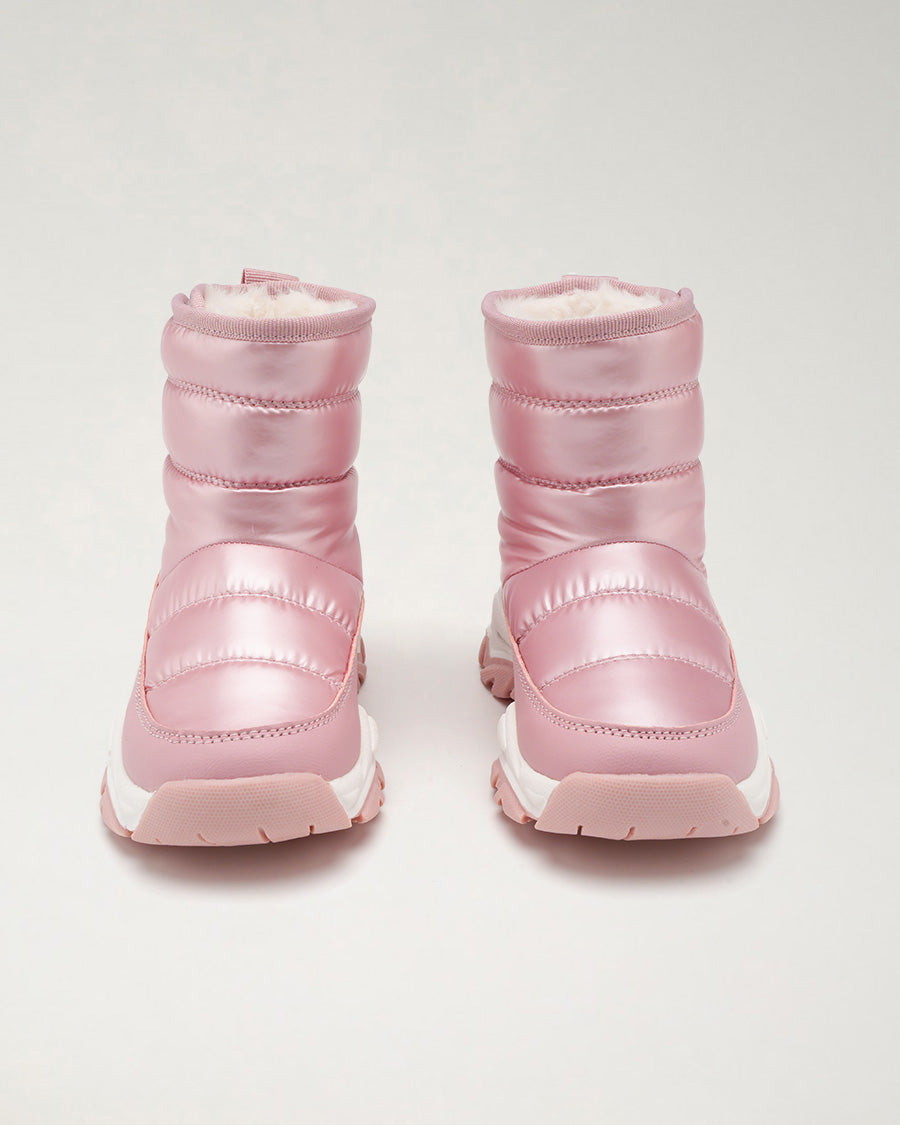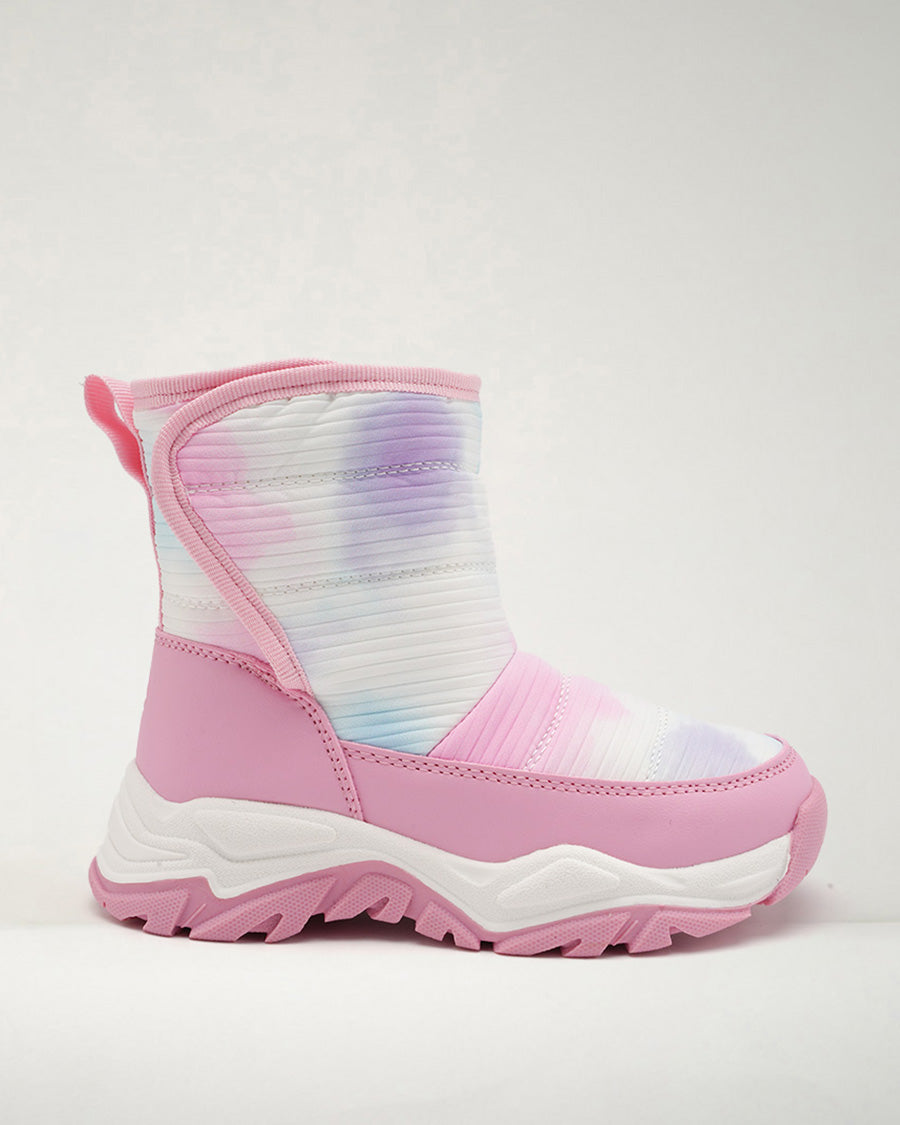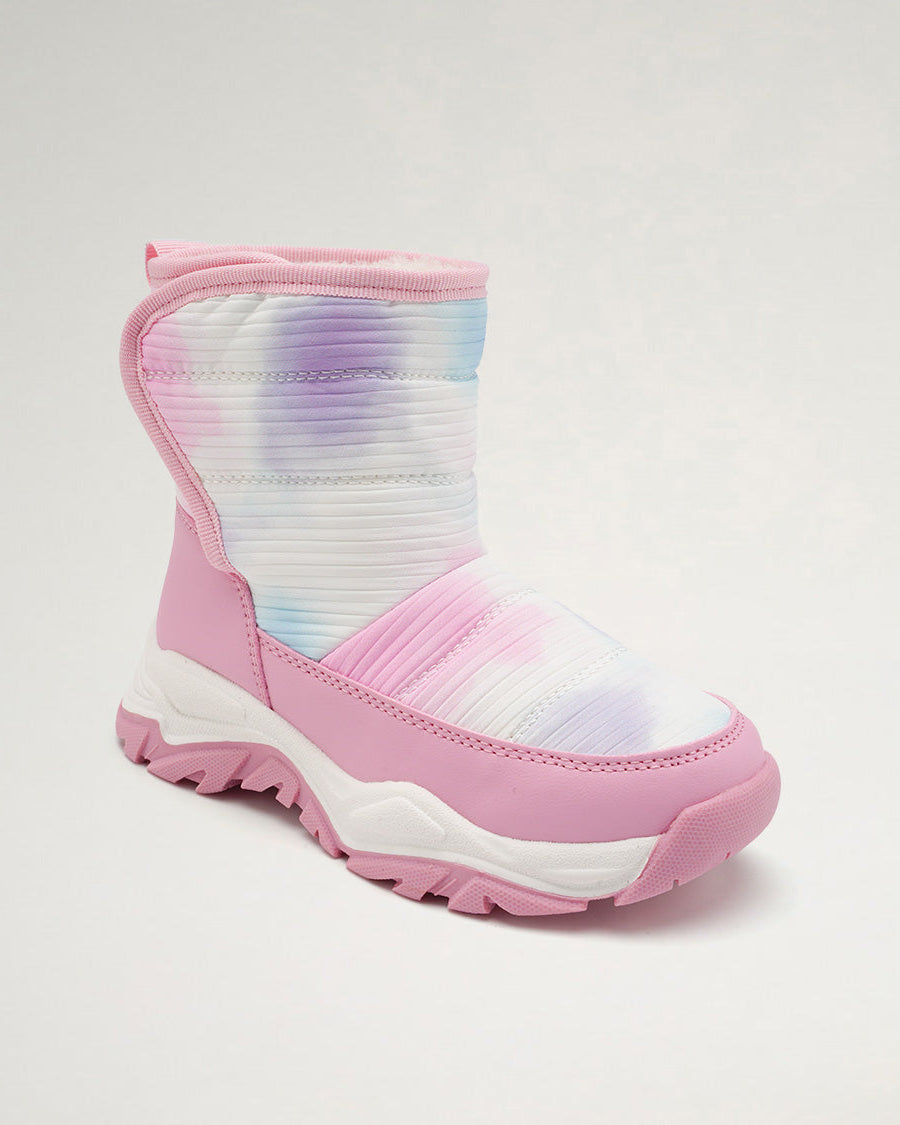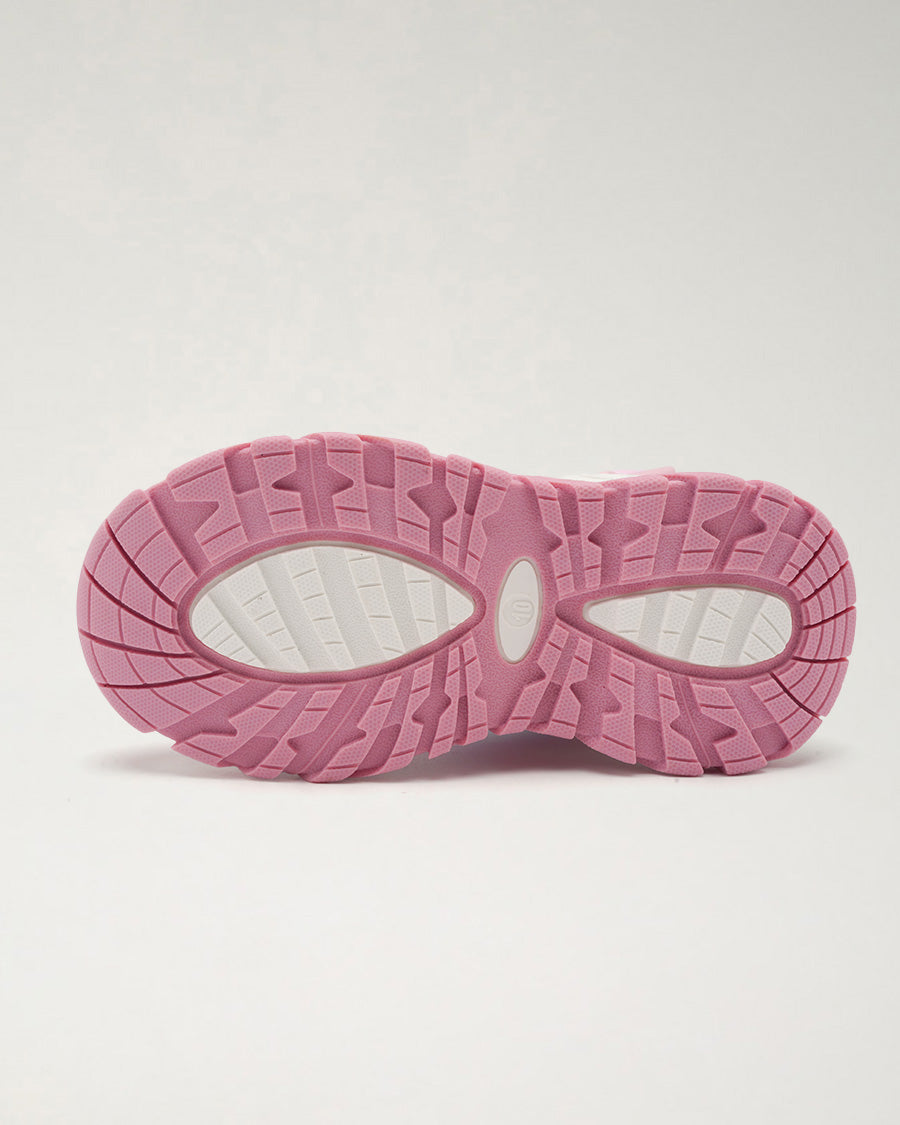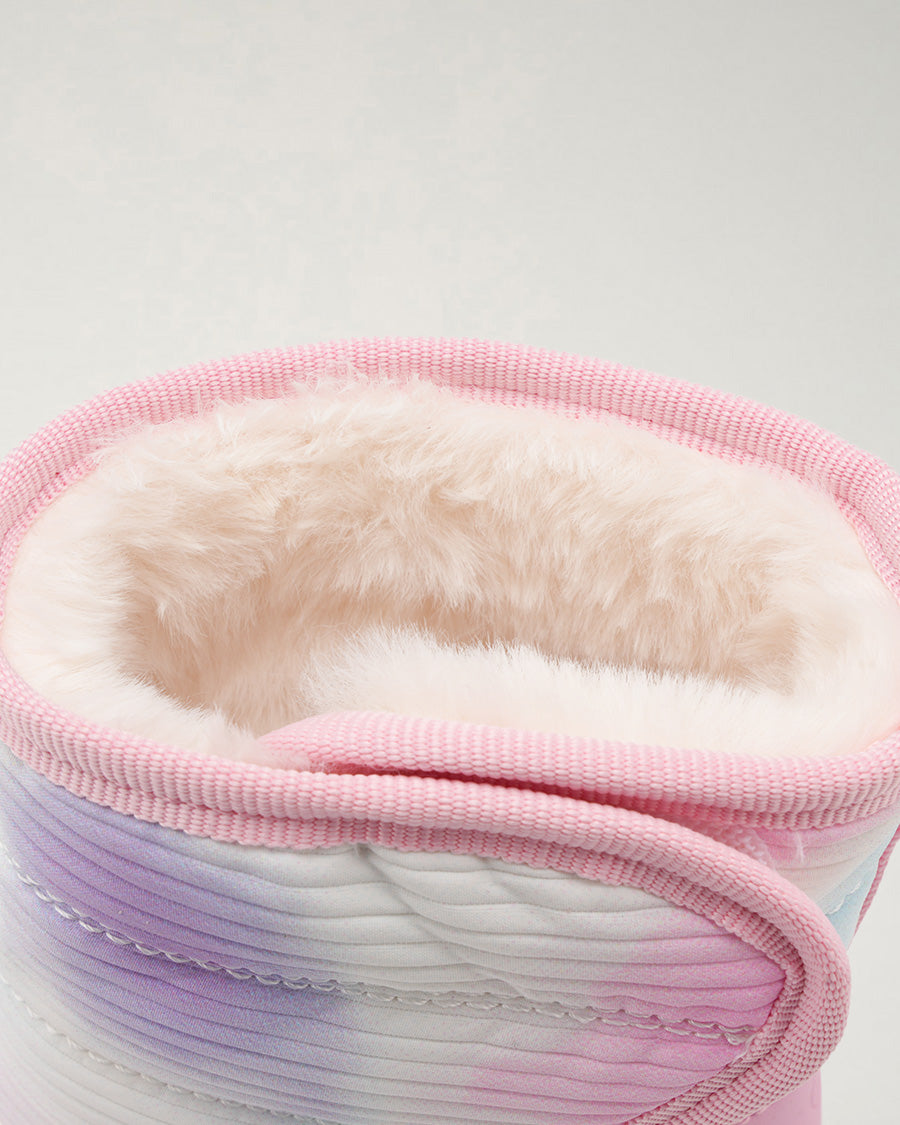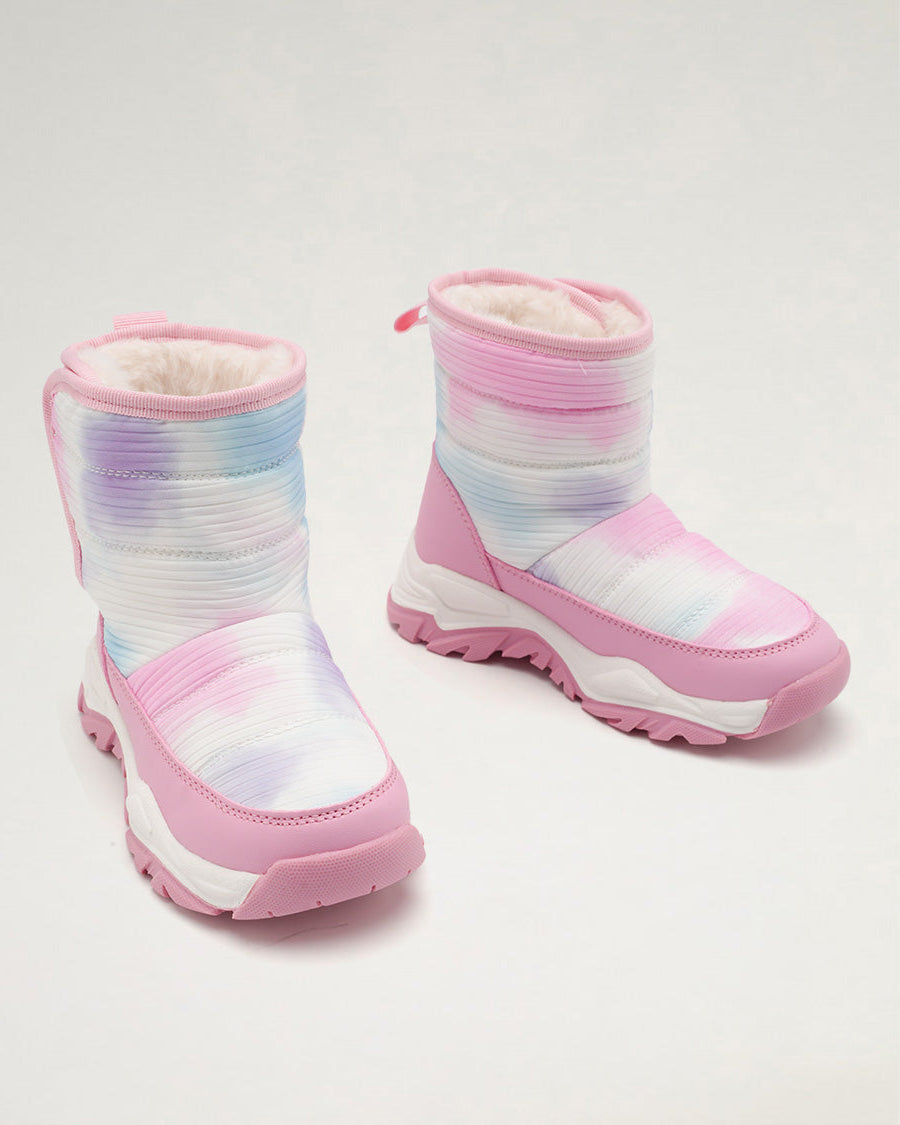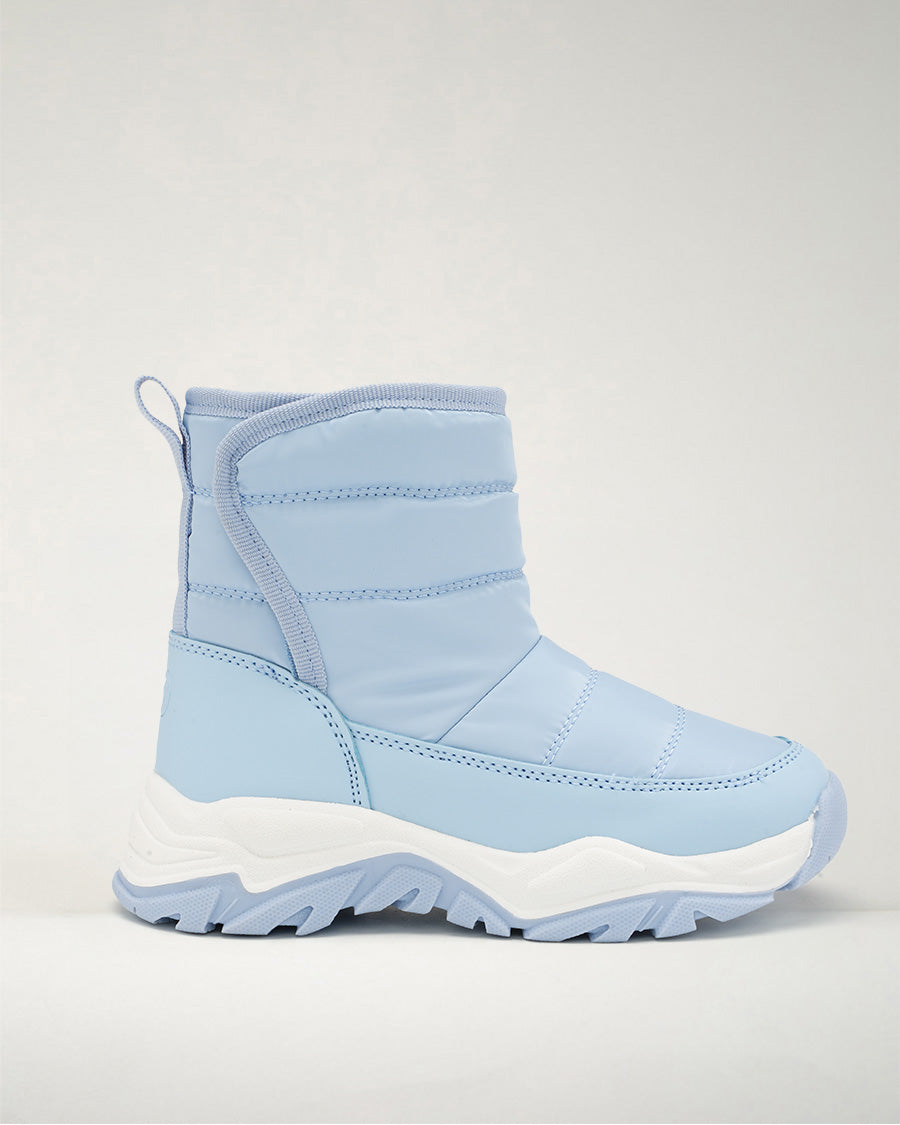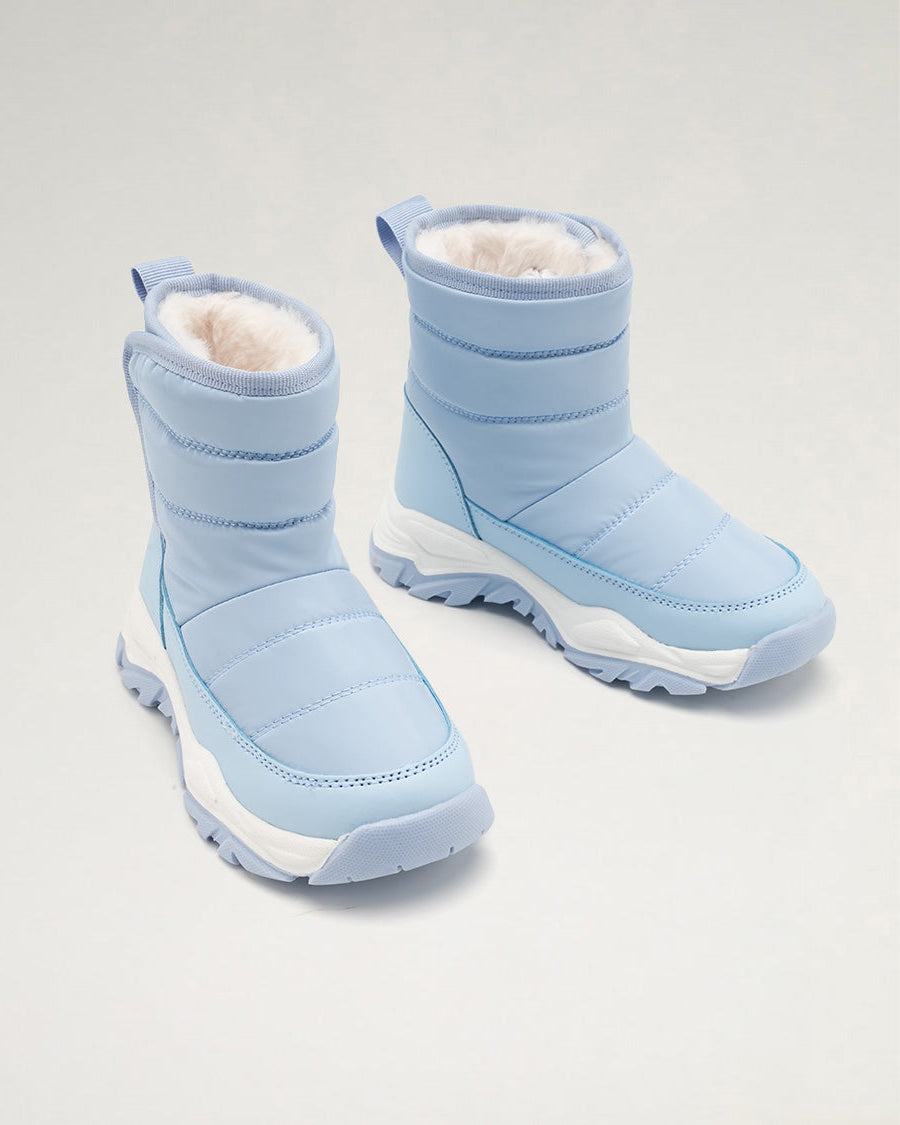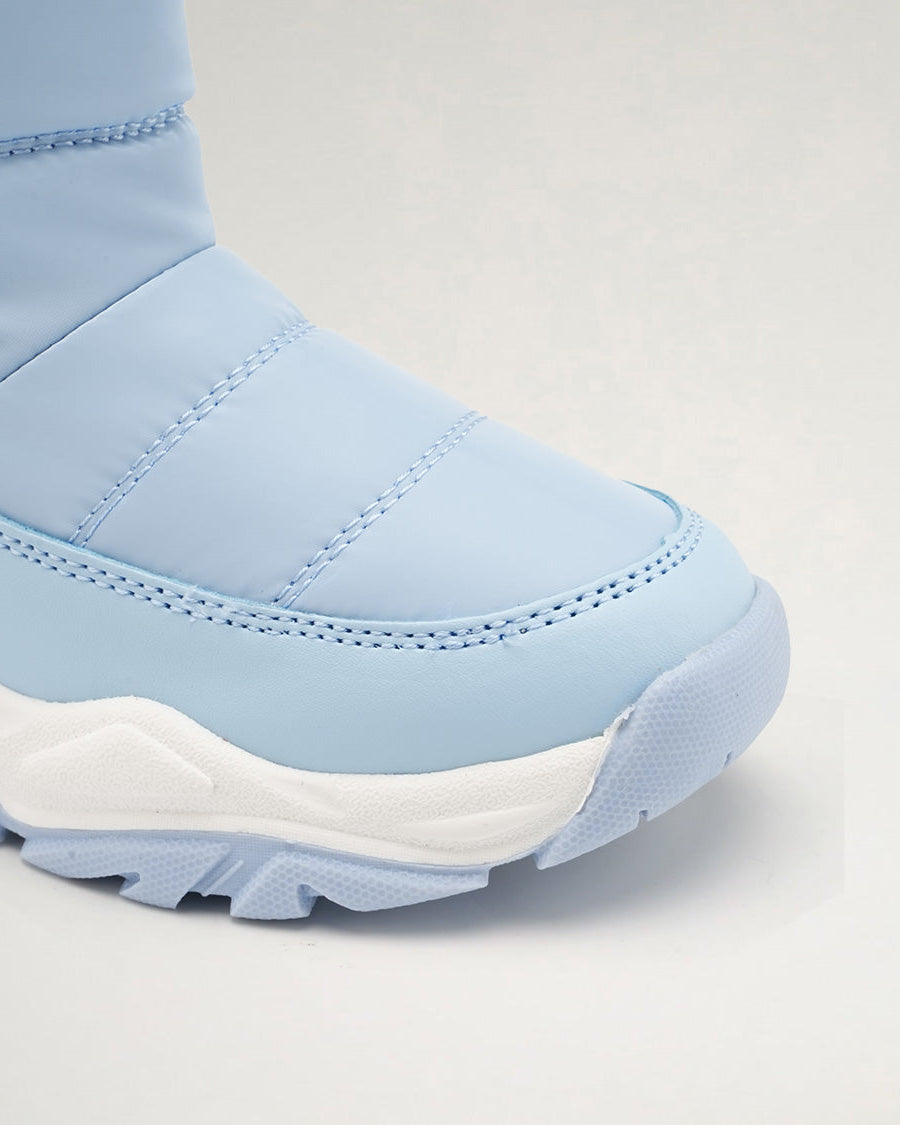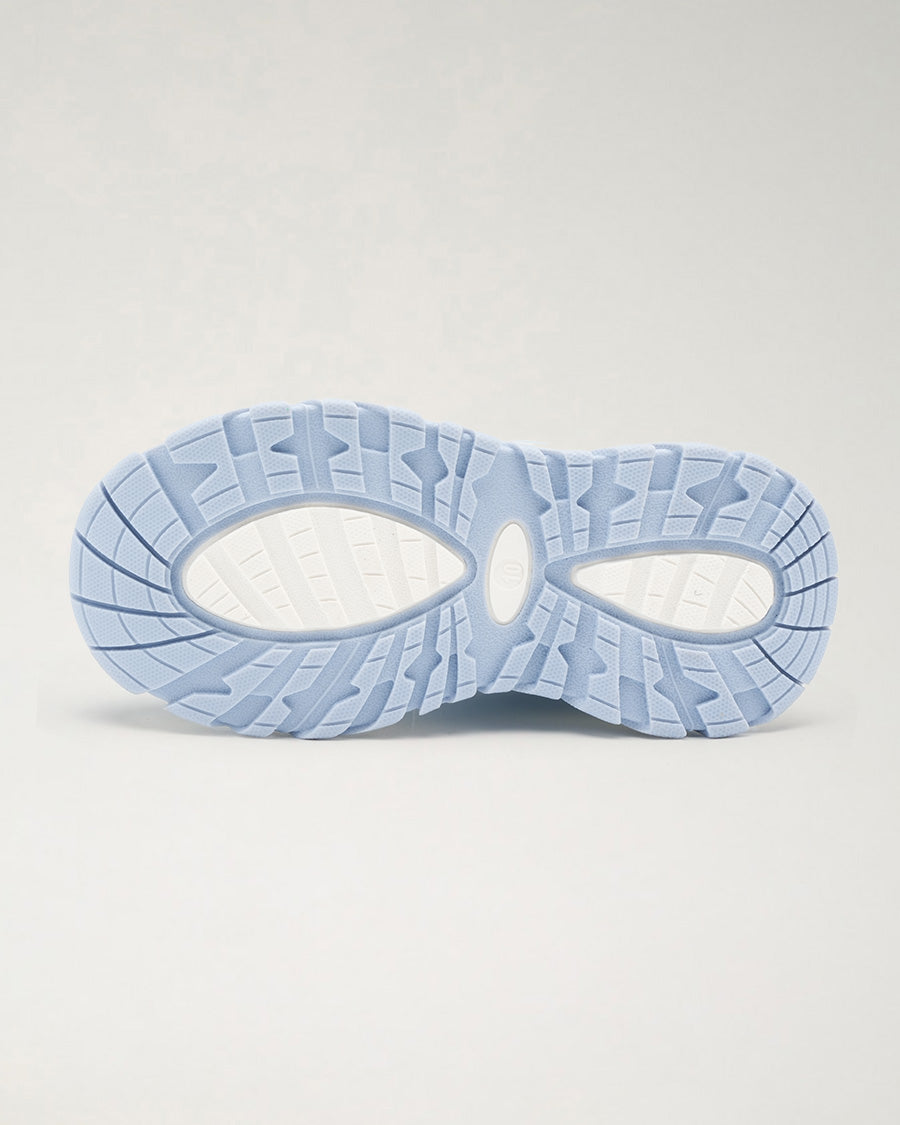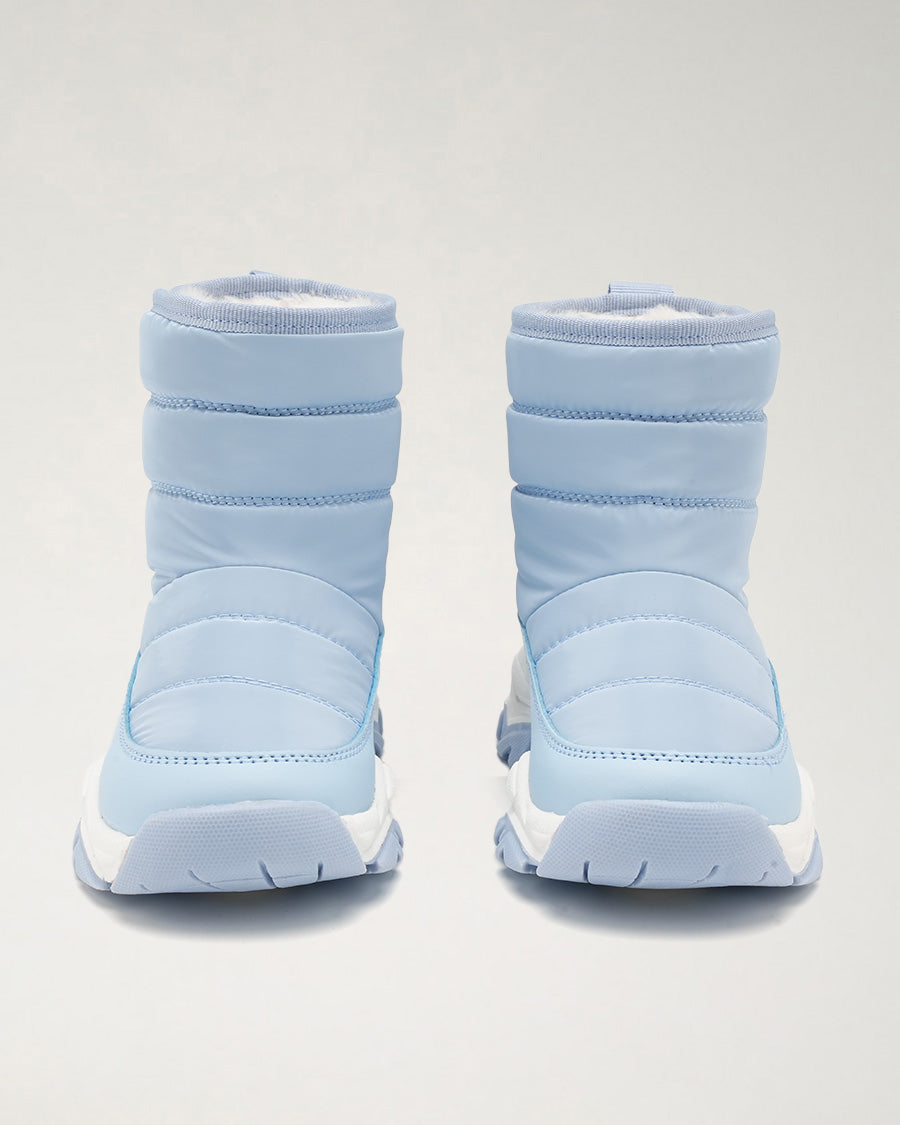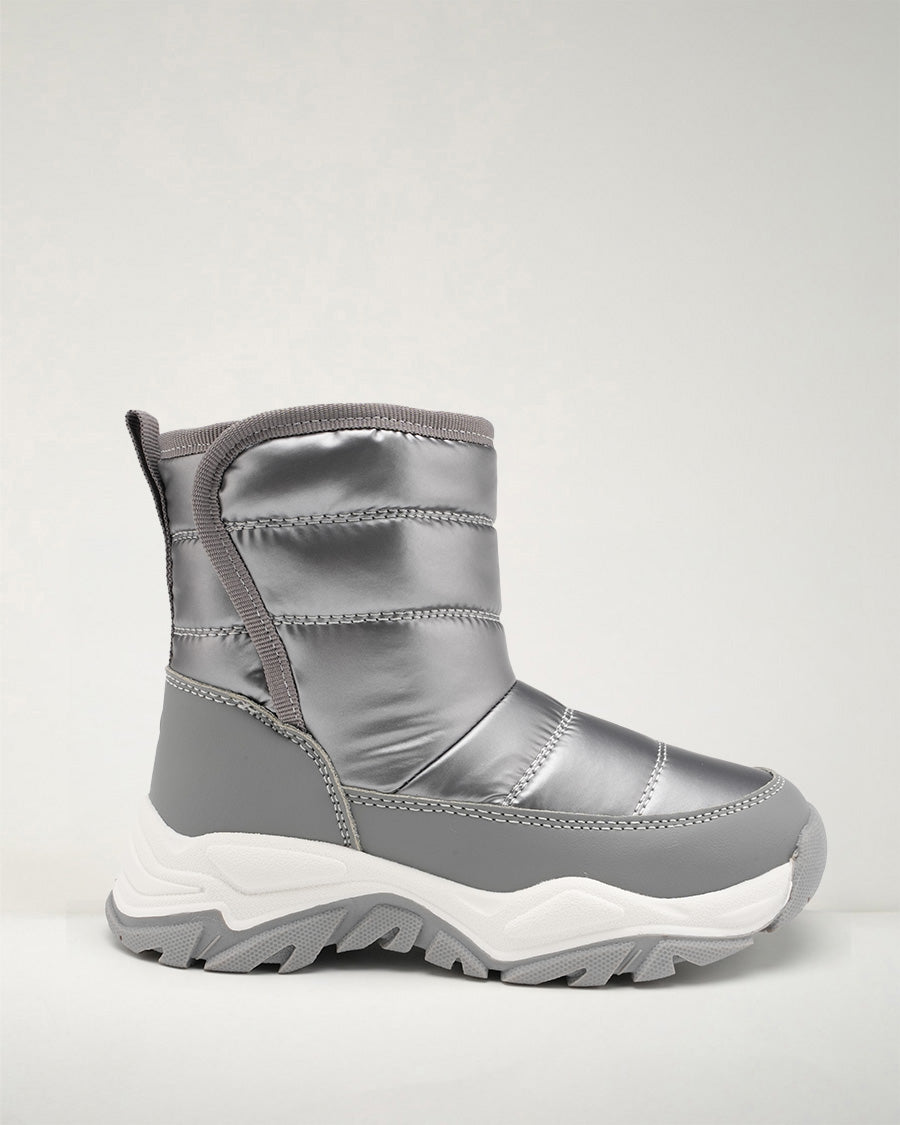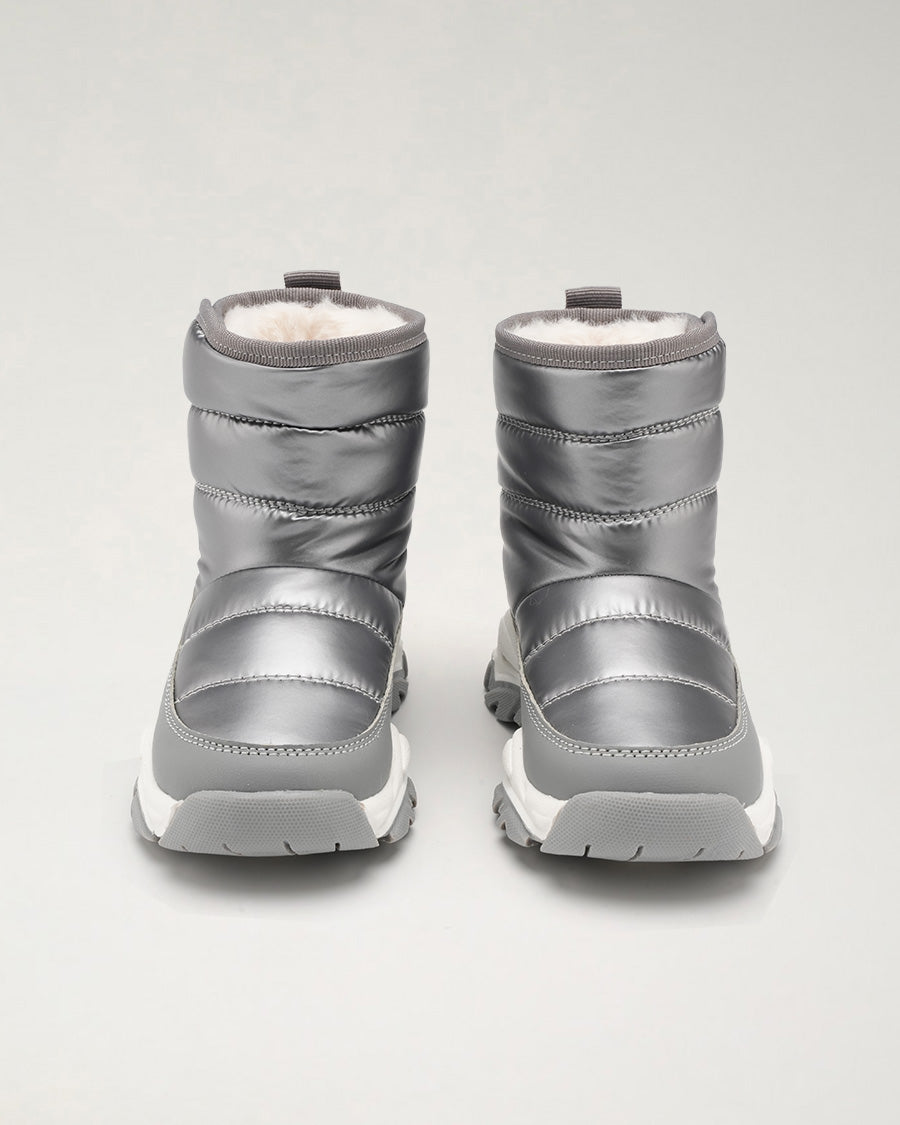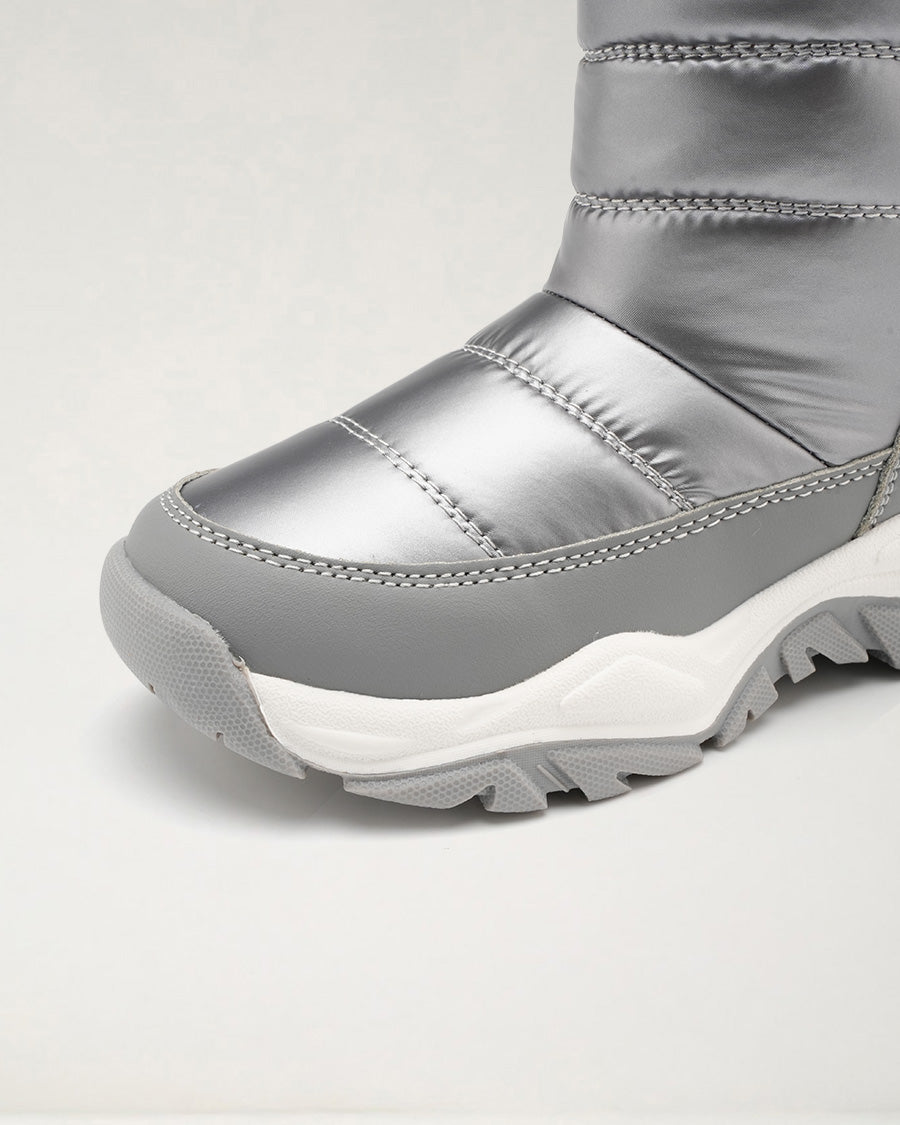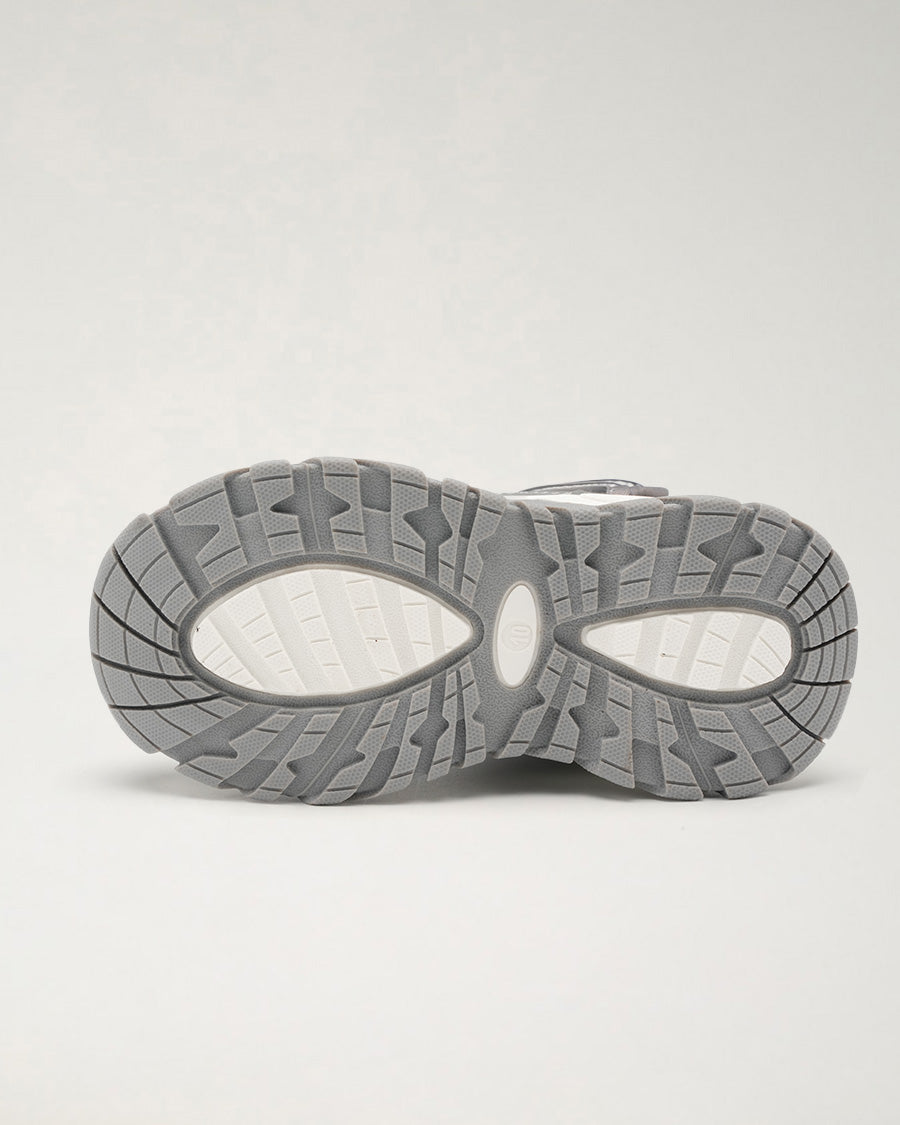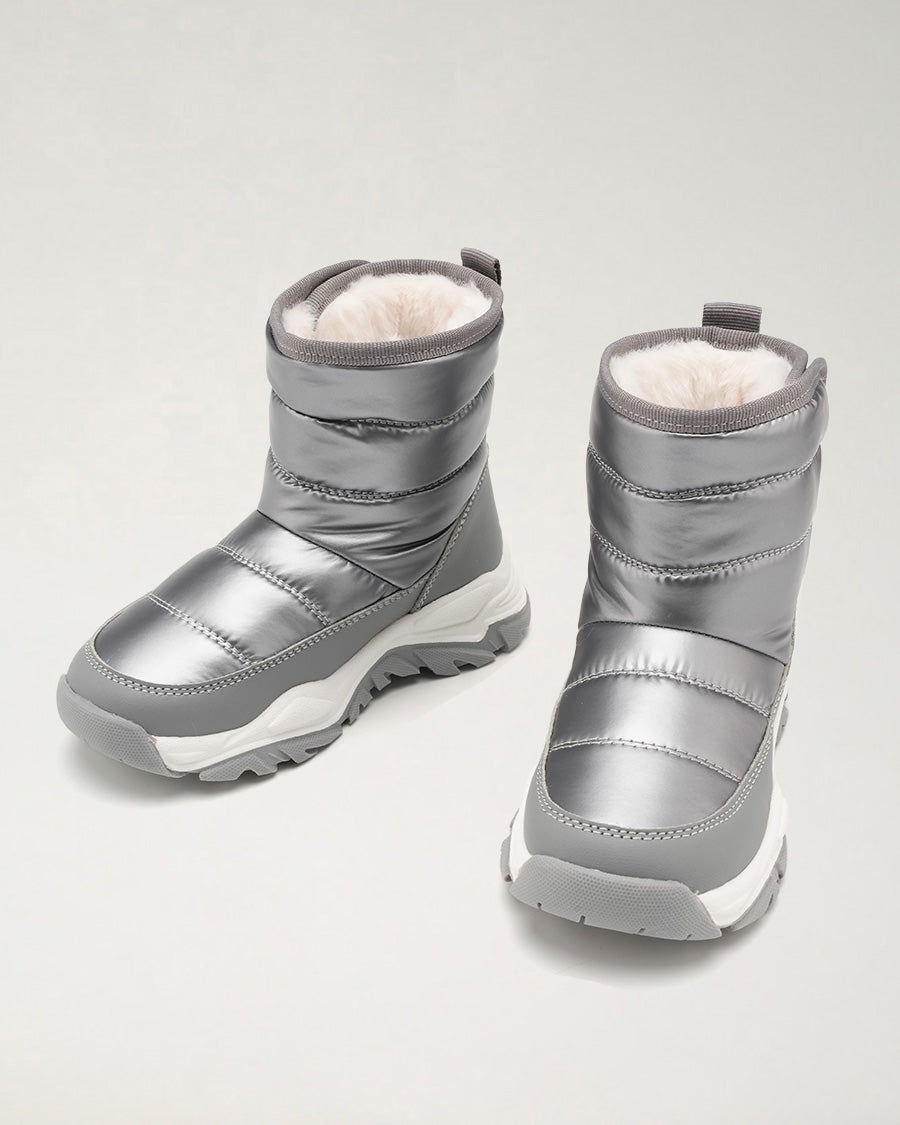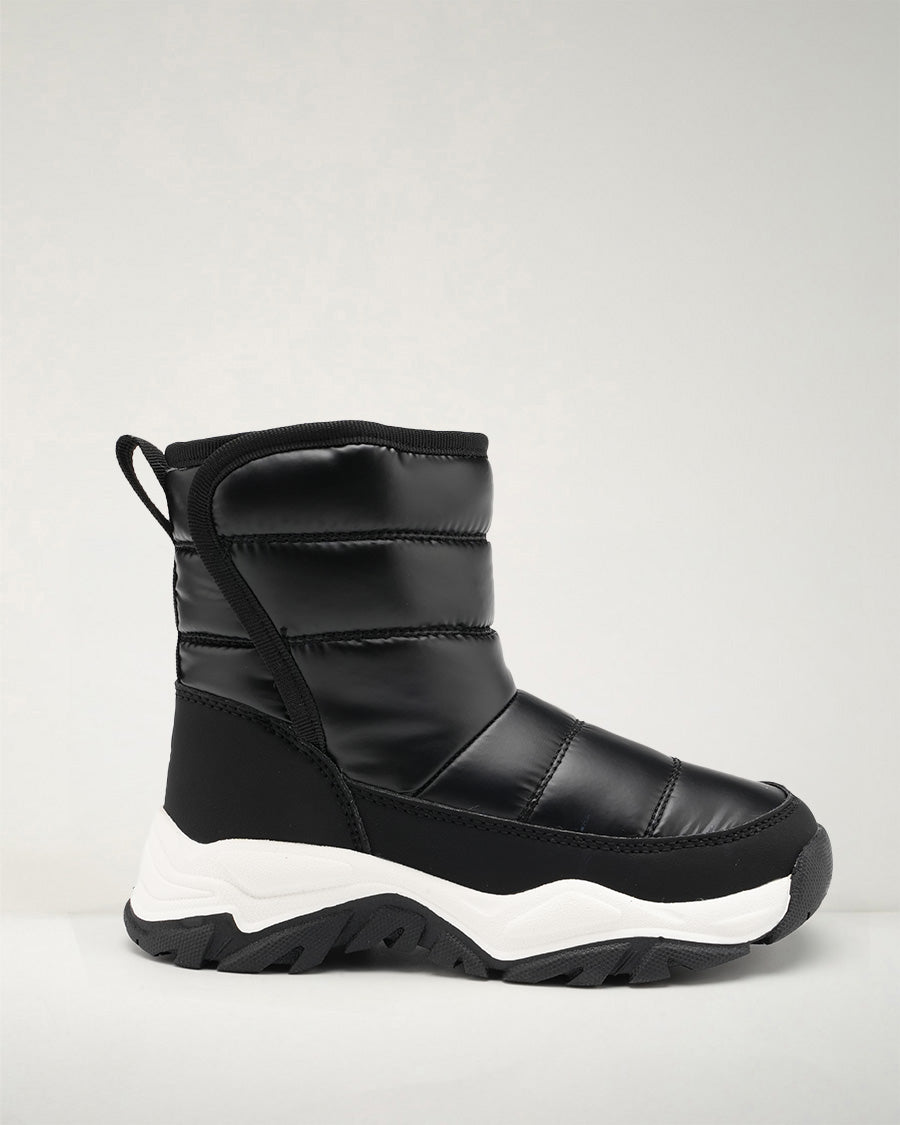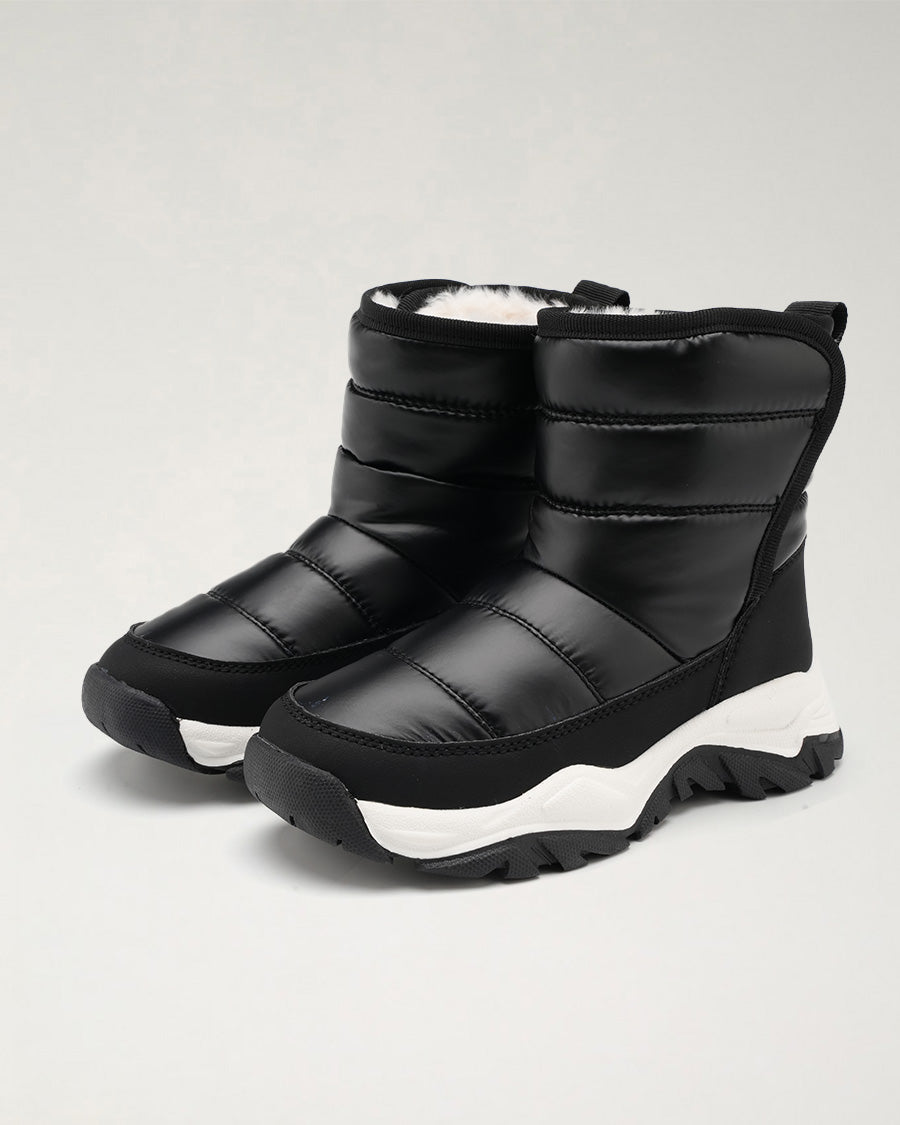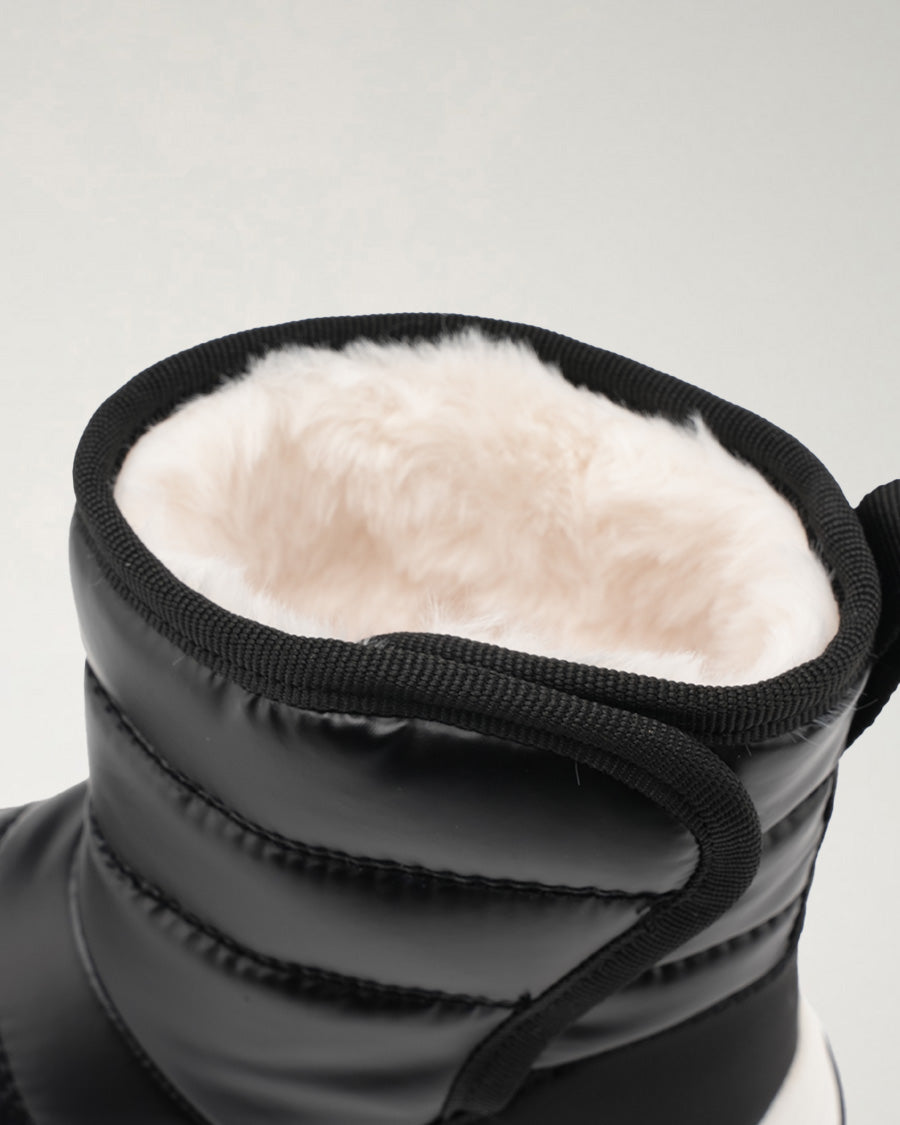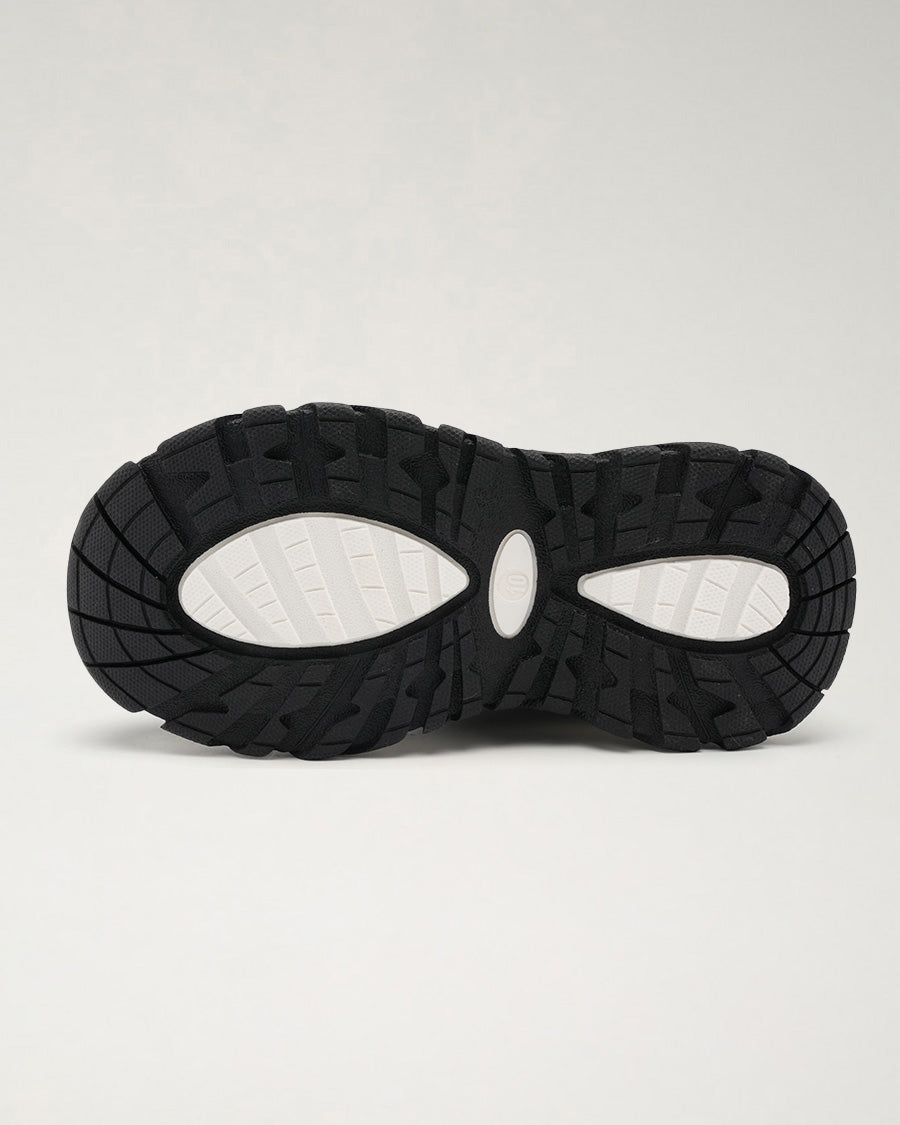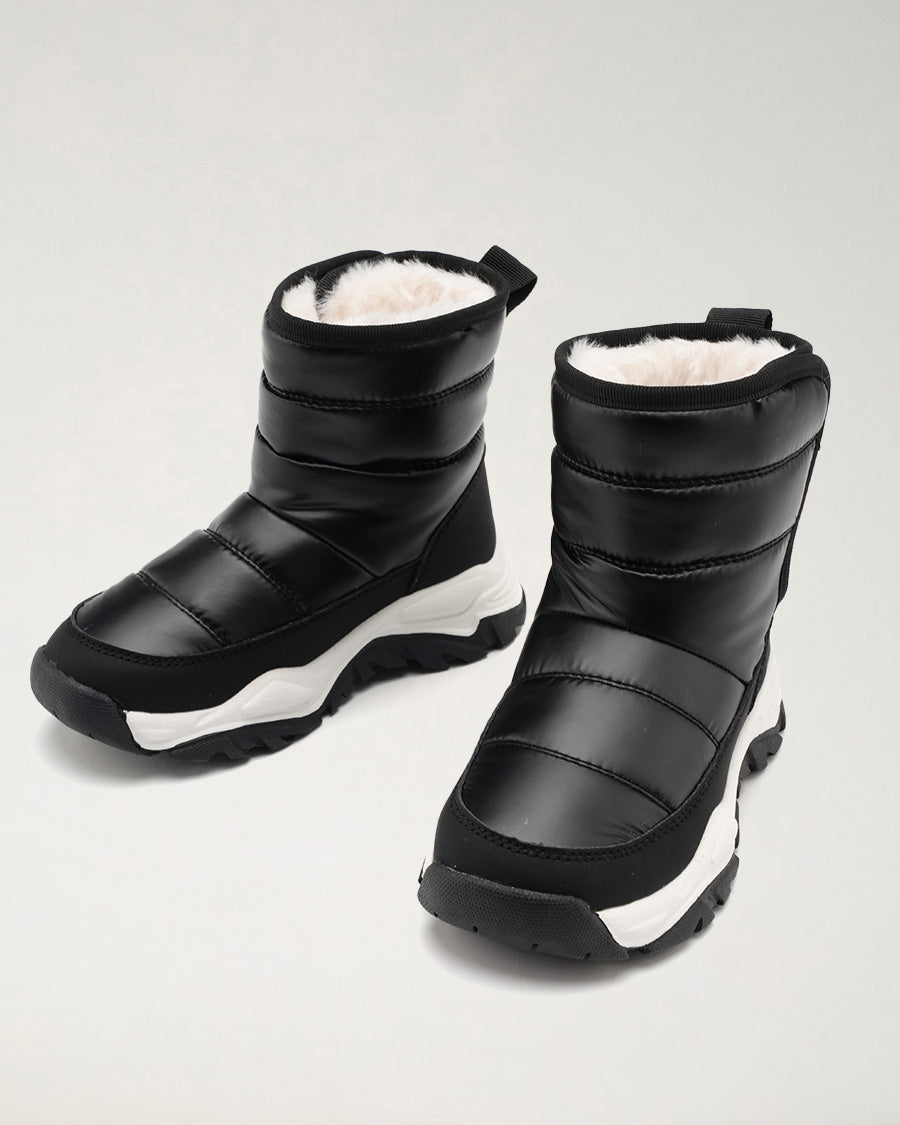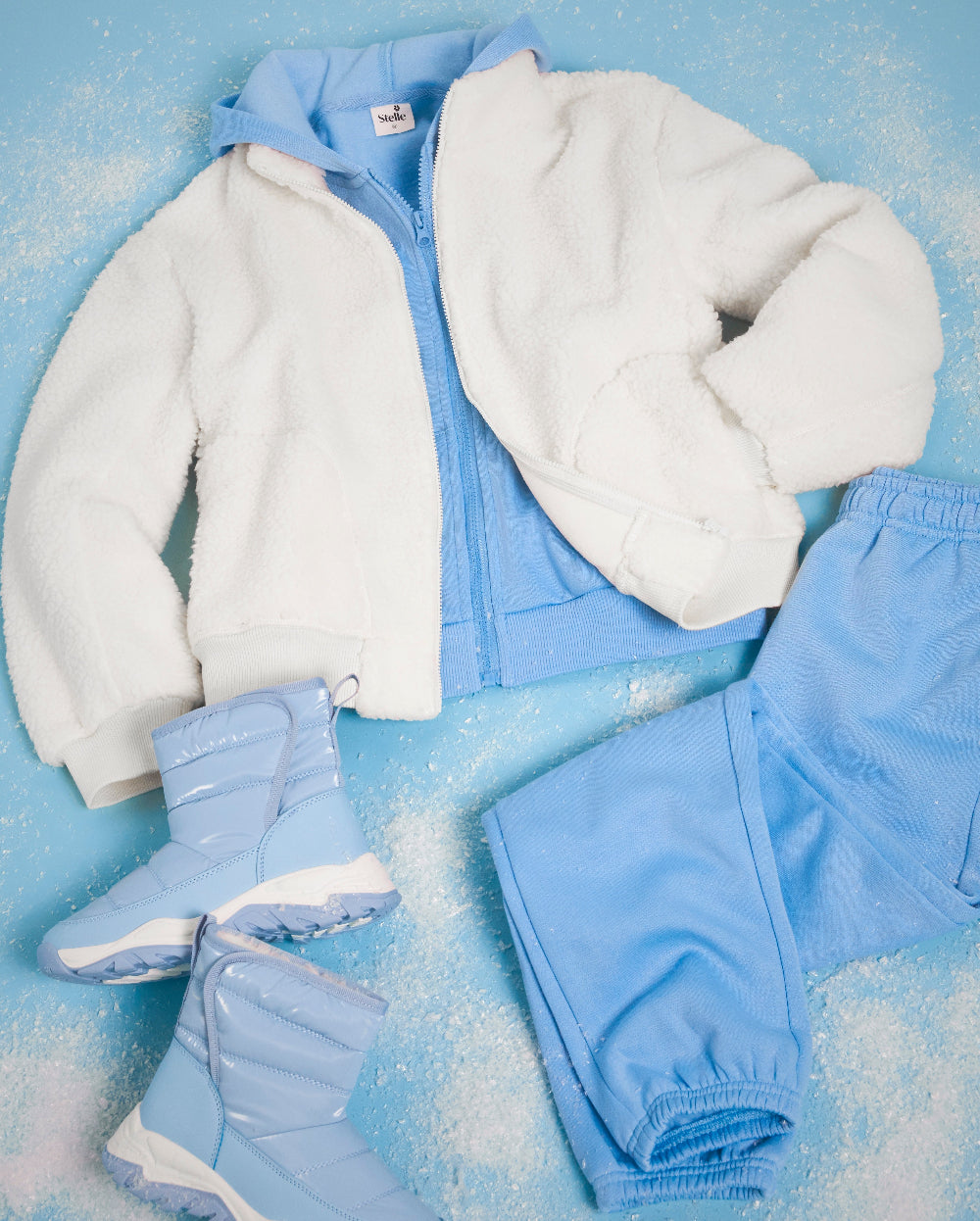How to Organize Your Dance Playlists
Table of contents
As a dance teacher for any genre, music is half the battle during preparation time. While organizing your songs to match your combinations can be helpful, you will only have to reorganize music for every time you teach. Organizing music is art. It is a craft that is usually underappreciated, and once you have organized playlists with categories, you will be able to appreciate your music selections much more.
By Genres
When teaching a class such as ballet, jazz or hip-hop, it may be helpful to use playlists that have been organized by genres. The most commonly used genres of music for a dance class range from hip hop to classical to R&B to pop. These are not the only genres used for dance classes but depending on the age, and type of class, you are able to expand this playlist just a bit more. If you choose to have one playlist for all these types of songs, group and organize songs within their own genres so you can contain the set of songs once you hit play.
Class Flow
What is your class flow as far as scheduling? Depending on the type of class, the basic layout goes: warm up, conditioning, center work, across the Floor, combination, and the extra songs for fun for improvisation or games. You can organize your playlist using this layout as your outline.
The songs for warm up can be an instrumental cover followed by longer songs that have a nice and steady tempo. Once you get into conditioning or the workout part of the warm up, you can have your songs queued that are faster, and maybe even throw in some popular hits. Center work or across the floor songs selections depend on the type of class. Of course, be sure to include the theme or genre of the class into the songs chosen, and the music selections should always be a little longer than you anticipate teaching to. The final portion of the class is usually where you teach a combination or make time for the students to improvise for a few minutes as a goodbye gesture and thank you for class.
The key to a class flow playlist is to try it out you and see if the songs match with each section time or if more songs are needed to fill up the time. It is a good rule of thumb to include more music in your playlists to always have options. If you are teaching a combination full of emotion that day, then it is important to include emotional songs with touching lyrics to get your dancers in that mindset prior to learning choreography.
Improvisation Jams
Feel good music that you can’t stop moving and grooving to! This playlist is simple, and very efficient. The jams in this playlist should bring your spirits and vibe to a great place. These songs will come to life as you play them in class or have your own improvisation jam in the comfort of your home.
This type of playlist can be for all ages as long as the lyrics and song message are appropriate. Where do you start if you are not super comfortable with improvising? Begin thinking and listening to instrumental music that speaks to you, or songs you have to lip sync to no matter where you are, and of course music you listen to in the shower. Start from here and develop your Improv Jam playlist according to your style. This playlist should not only inspire dance but also bring a piece of your artistry to life.
By Classical or Instrumental
When hearing piano or classical instruments in a song, I automatically think of ballet as do most people. This type of music is great for multiple purposes while teaching. You can play piano covers for dramatic affect or even lead a long juicy stretch while a violin cover plays.
Music that does not demand your mind to listen to lyrics can be soothing as background music as you start class or have a water break for your students. If you need a minute to go through your work as the instructor, play a song from here and it will maintain your flow in class as long as the instrumental piece matches the same tone as your class.
Having a ballet playlist is a must. Especially since the songs are all instrumental, they can be used for other quick phrases in jazz or modern classes. For your specific ballet playlist, it is beneficial to buy the entire album of an artist playing specifically for ballet. Each some is as long as the combinations should be throughout the entire class. These are usually perfectly timed and will be useful as you teach ballet and observe your students' progress. After all, dancing without ballet is creating art without technique.
By Top Hits
Any top 40 songs or latest hits by popular artists (appropriate for children) can go in this playlists. While it is important to include these favorites so your students can connect, it is important that these songs are not over played in your classes like they are on the radio. This will be an ever-changing playlist. Updating it a hand-full of times within a month can be helpful. This playlist is a great go -to when you need to think on your feet or substitute a class last minute.
Now with this organization guide, as you wrap-up class and your students are dying to know what songs you played, you will be able to tell them both the title and artist. As you do so, be sure to like and appreciate all of the songs you have carefully selected to be played throughout your classes. Music motivates dancers and moves the audience. Start this practice in the studio and take this chance to organize your favorite jams! You have nothing to lose and much more to gain.







